Harmonic Analysis is the understanding of the functional sequence of chords. It is the process used to analyze the harmonic structure of a progression, song or composition. This analysis is then used to make scale selections for improvisation and chord substitution.


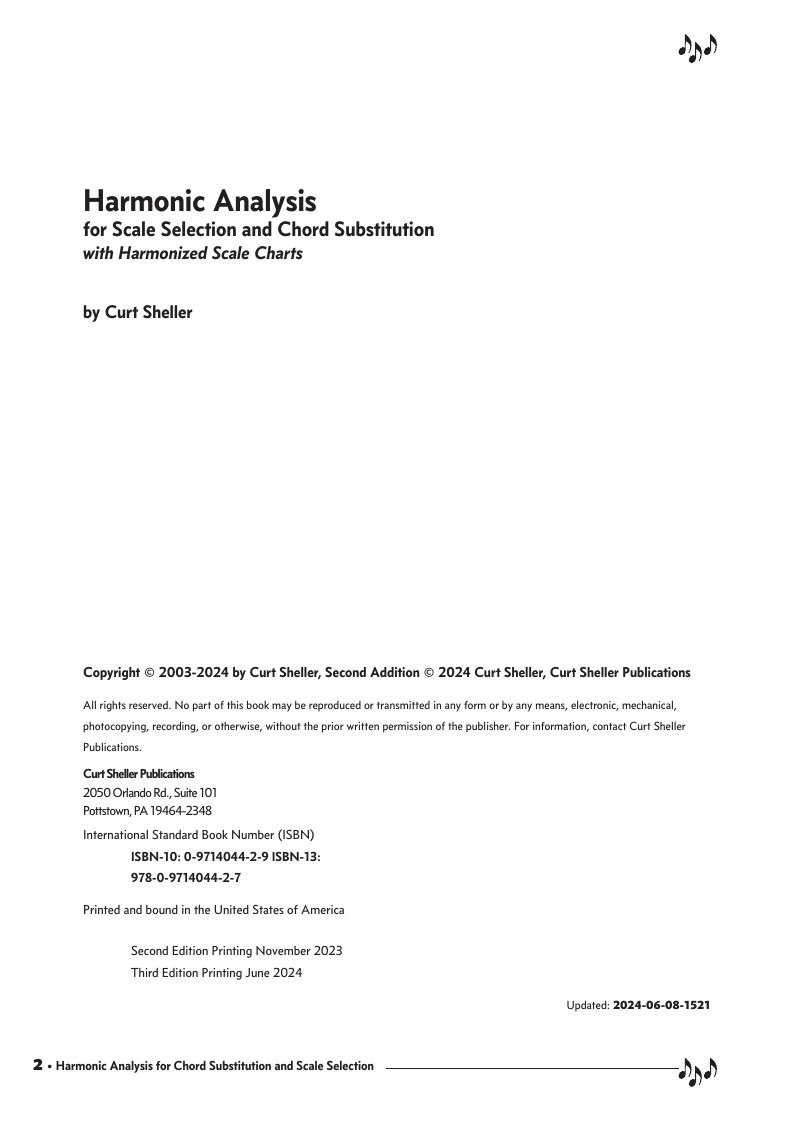
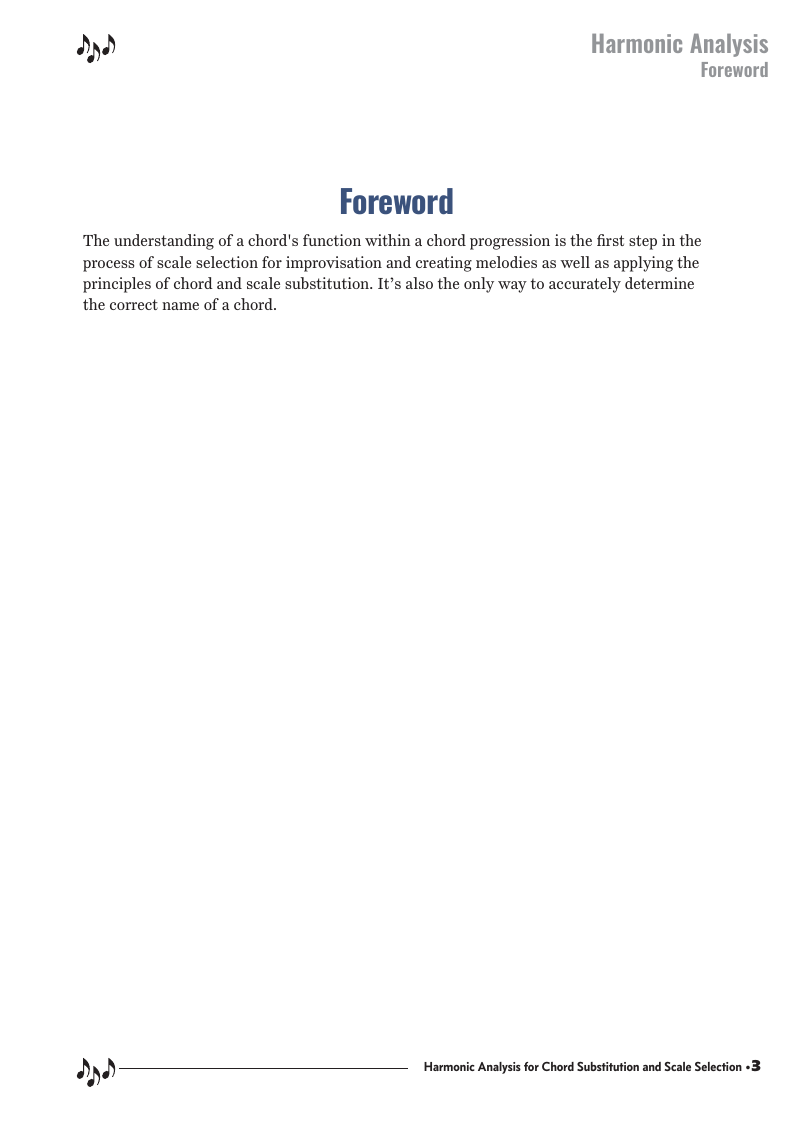
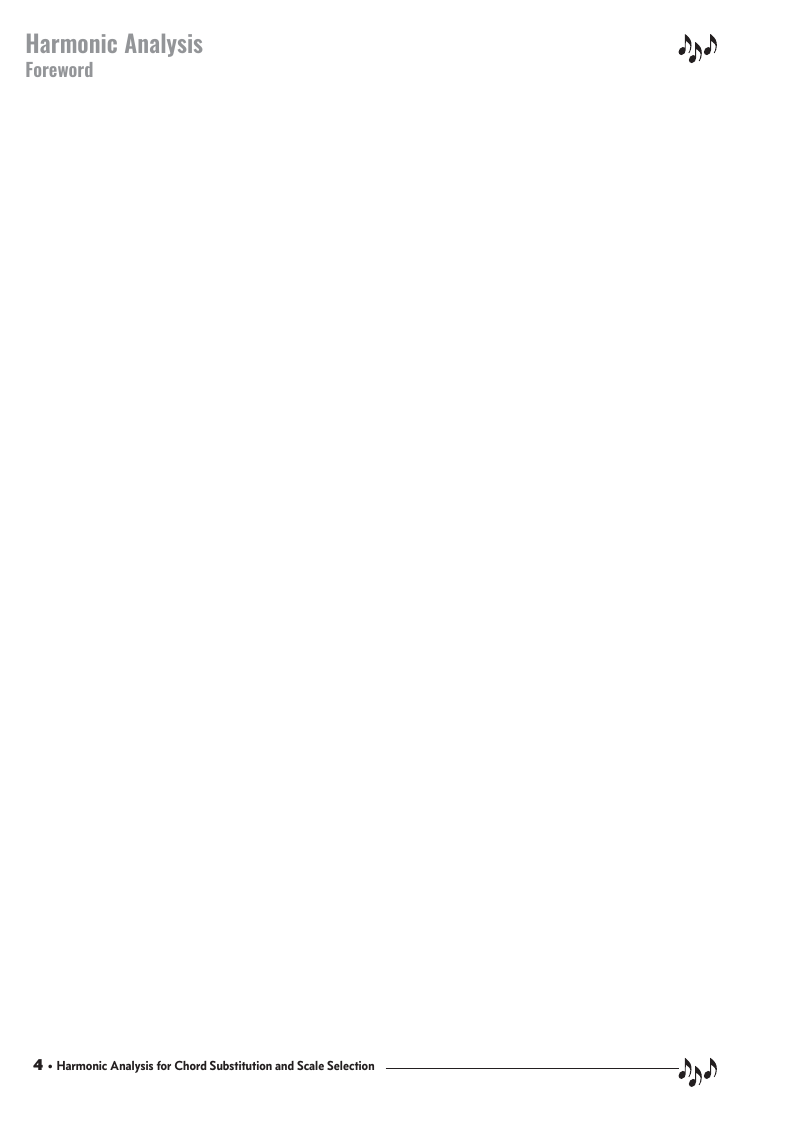
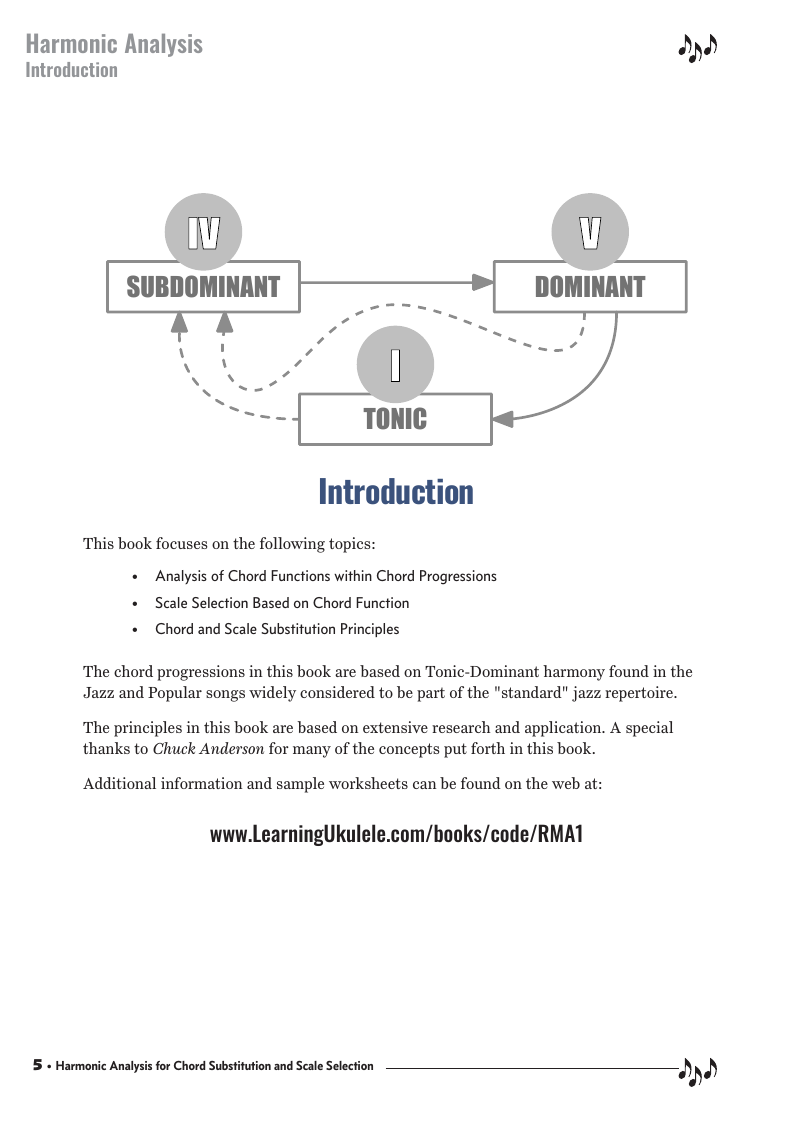
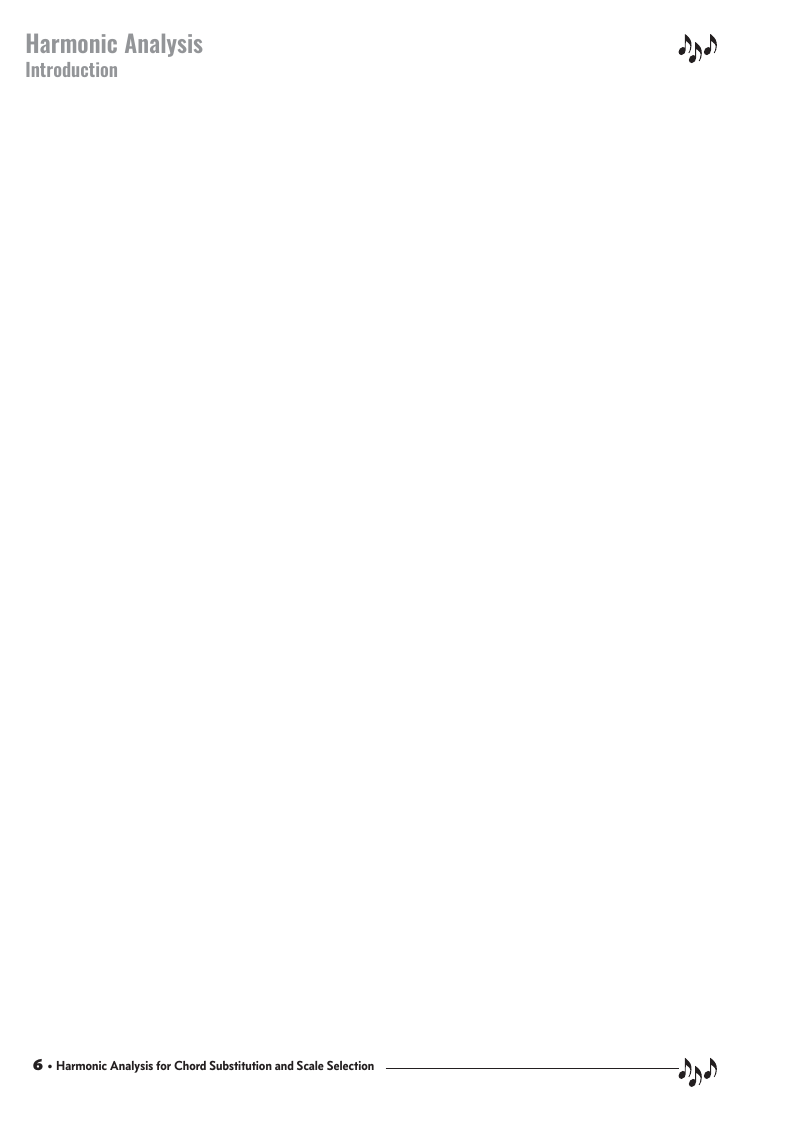
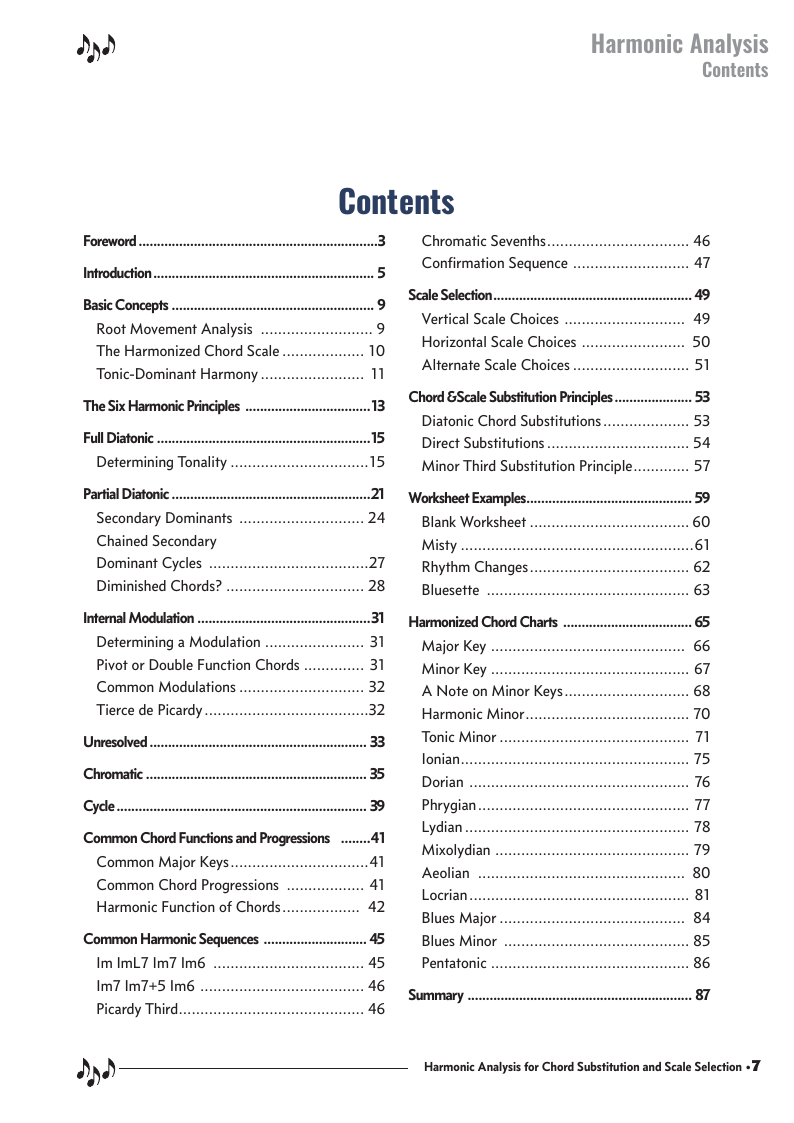
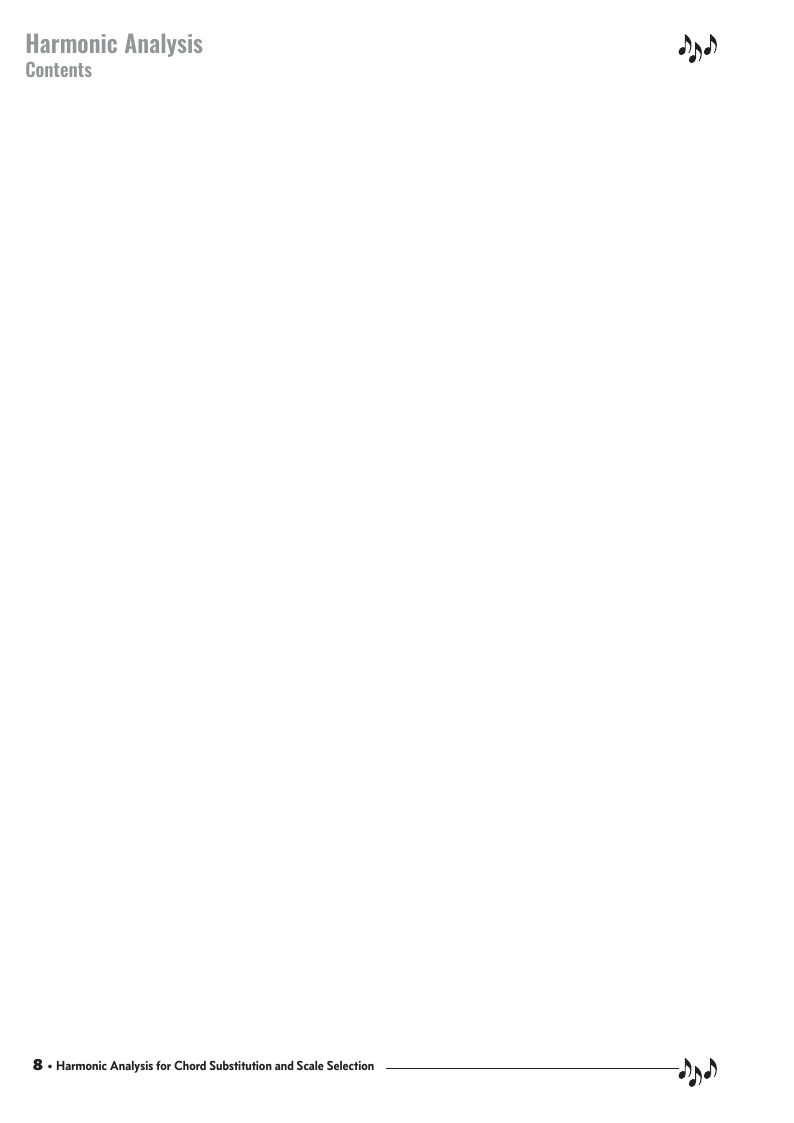
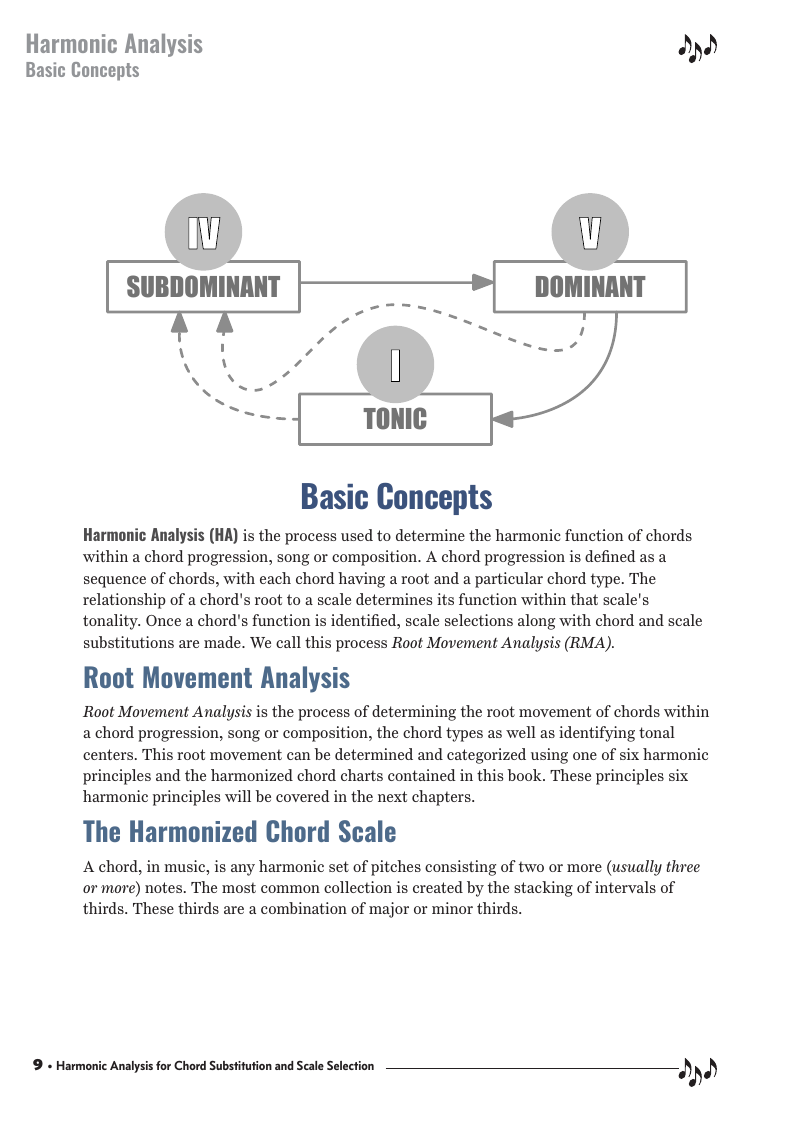

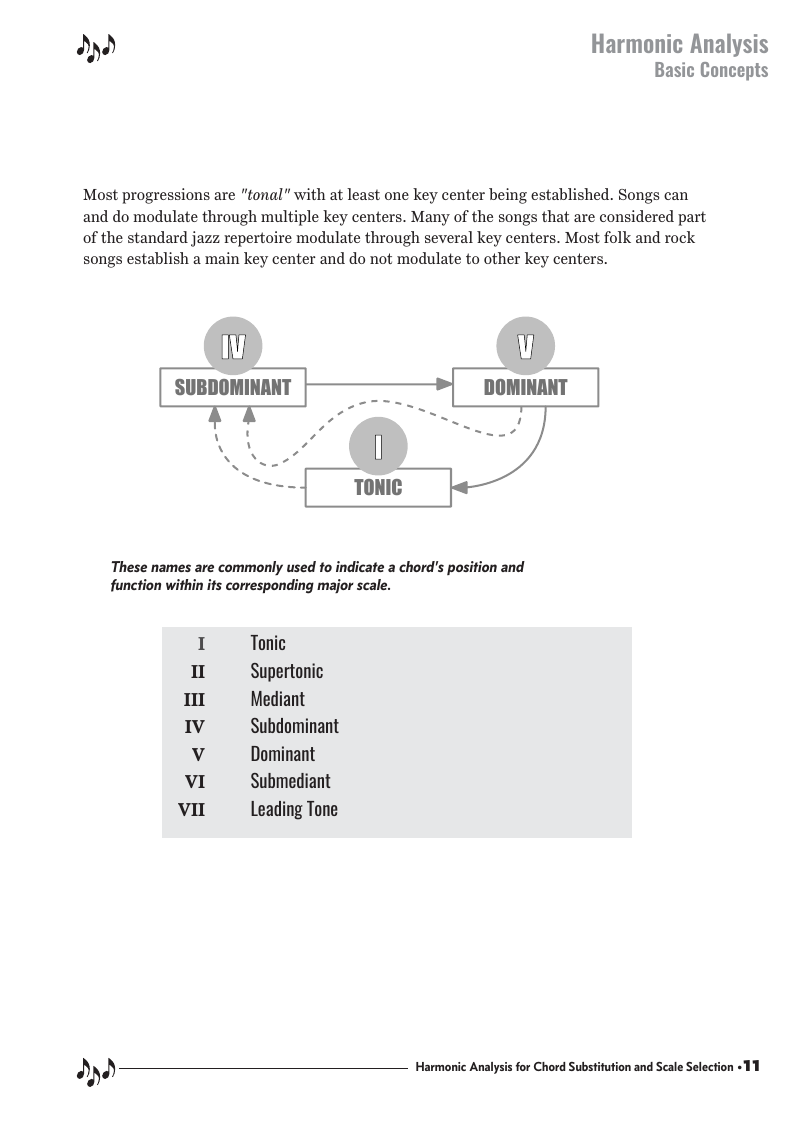
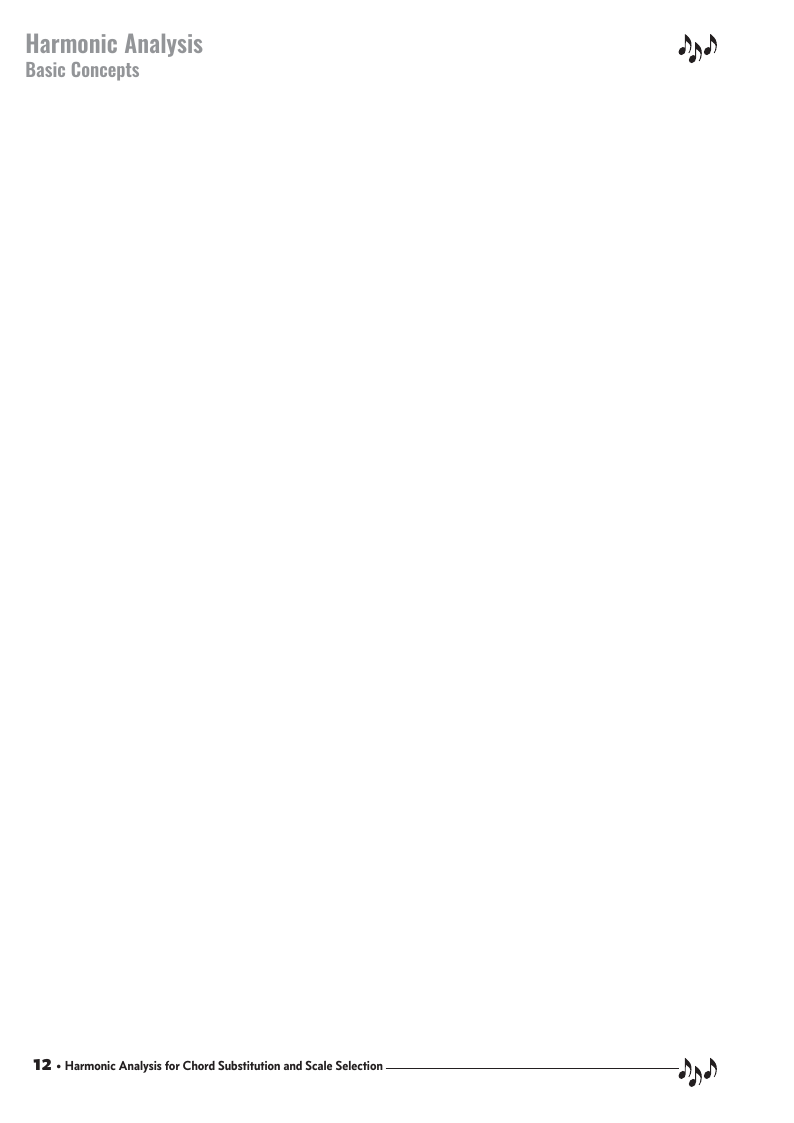
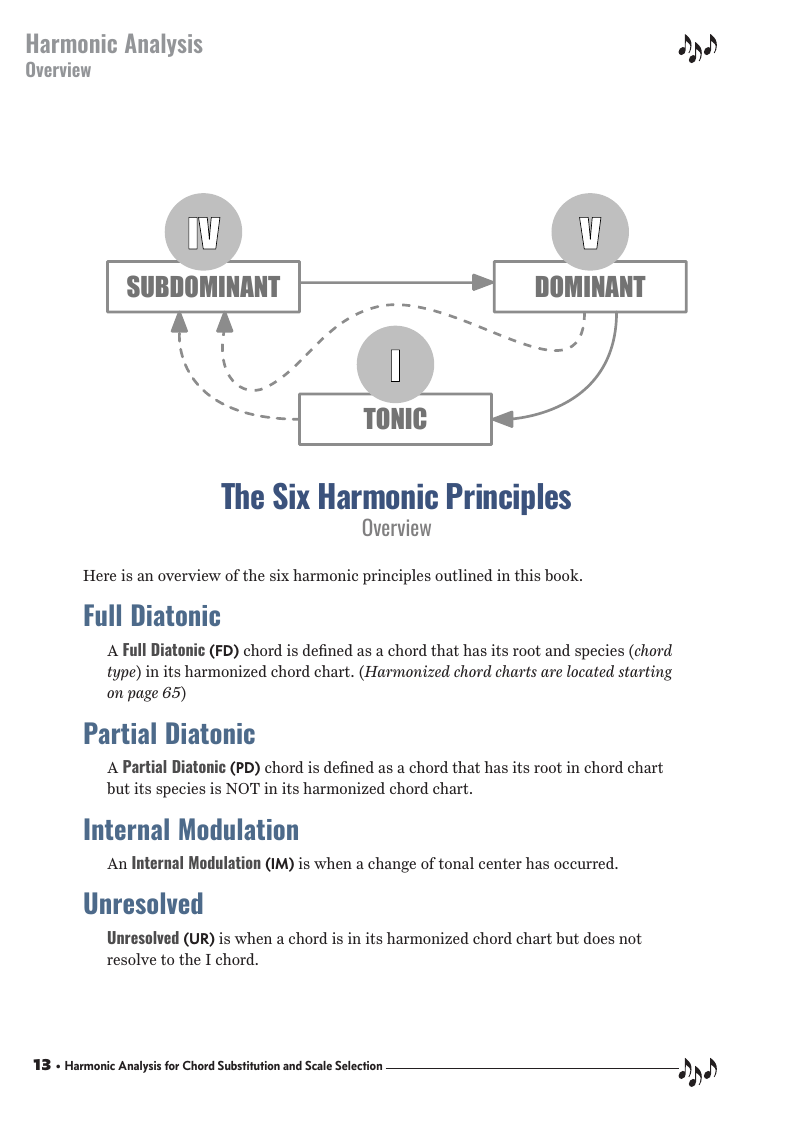
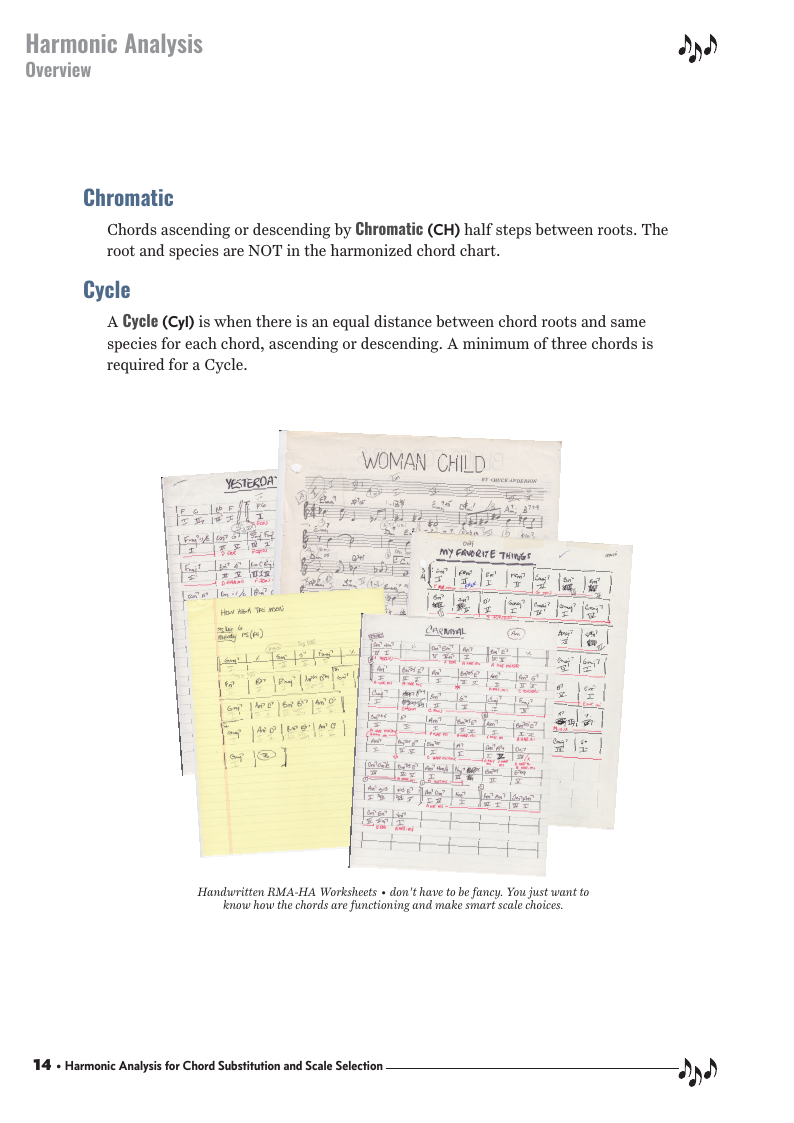
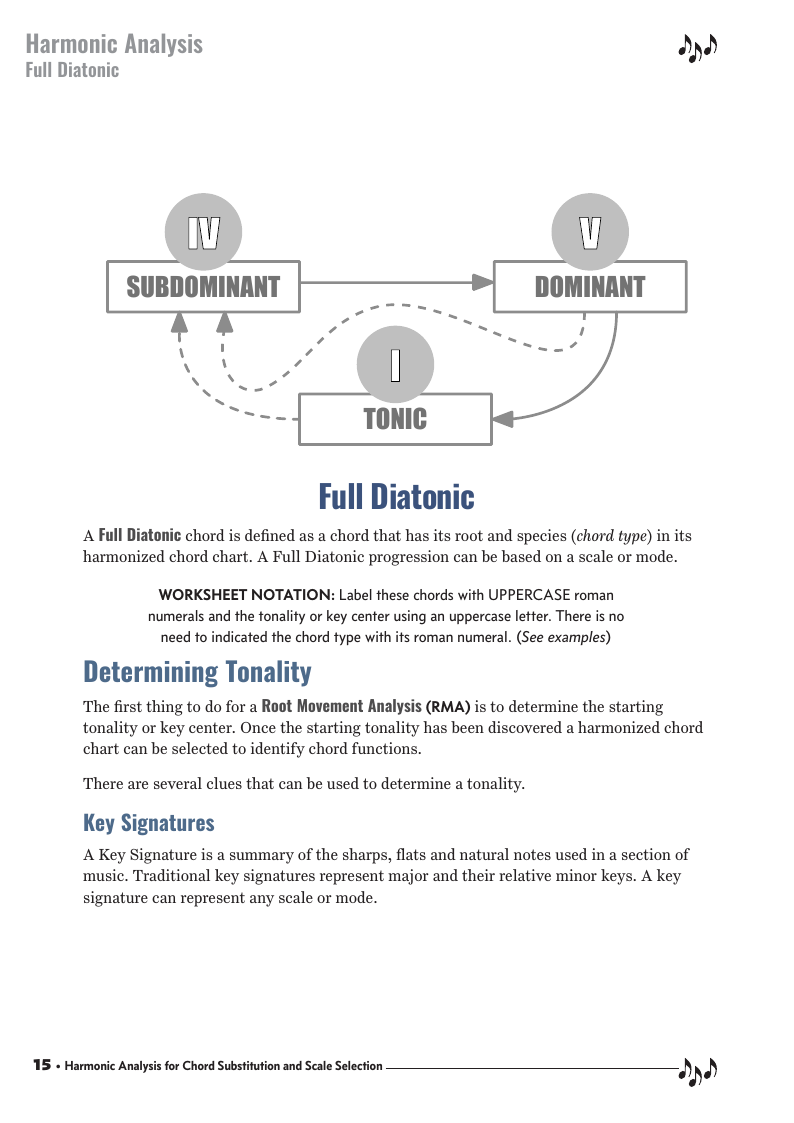
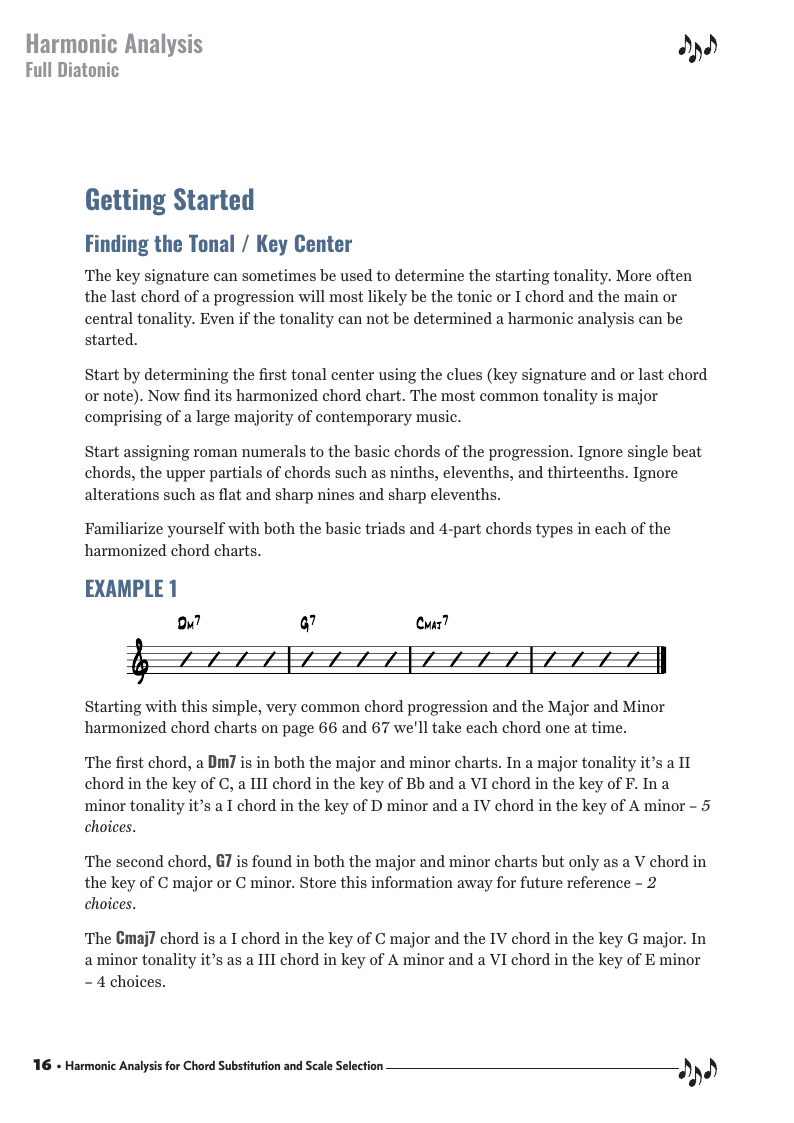
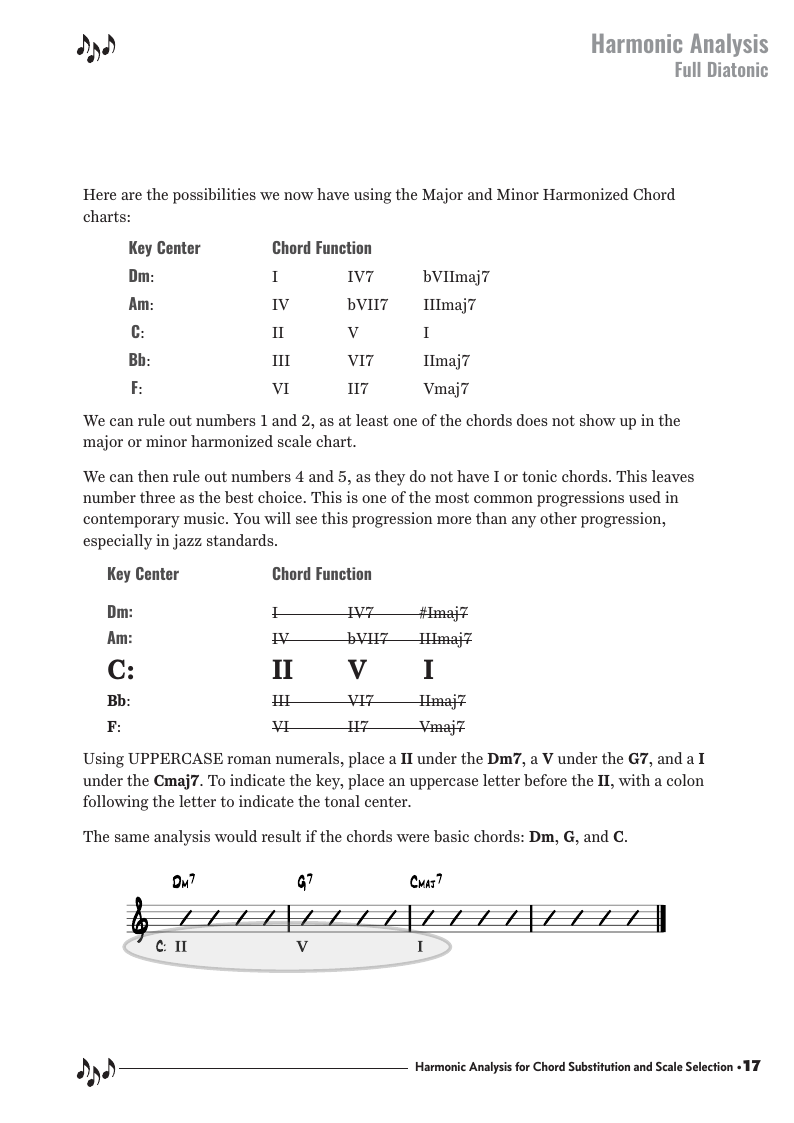
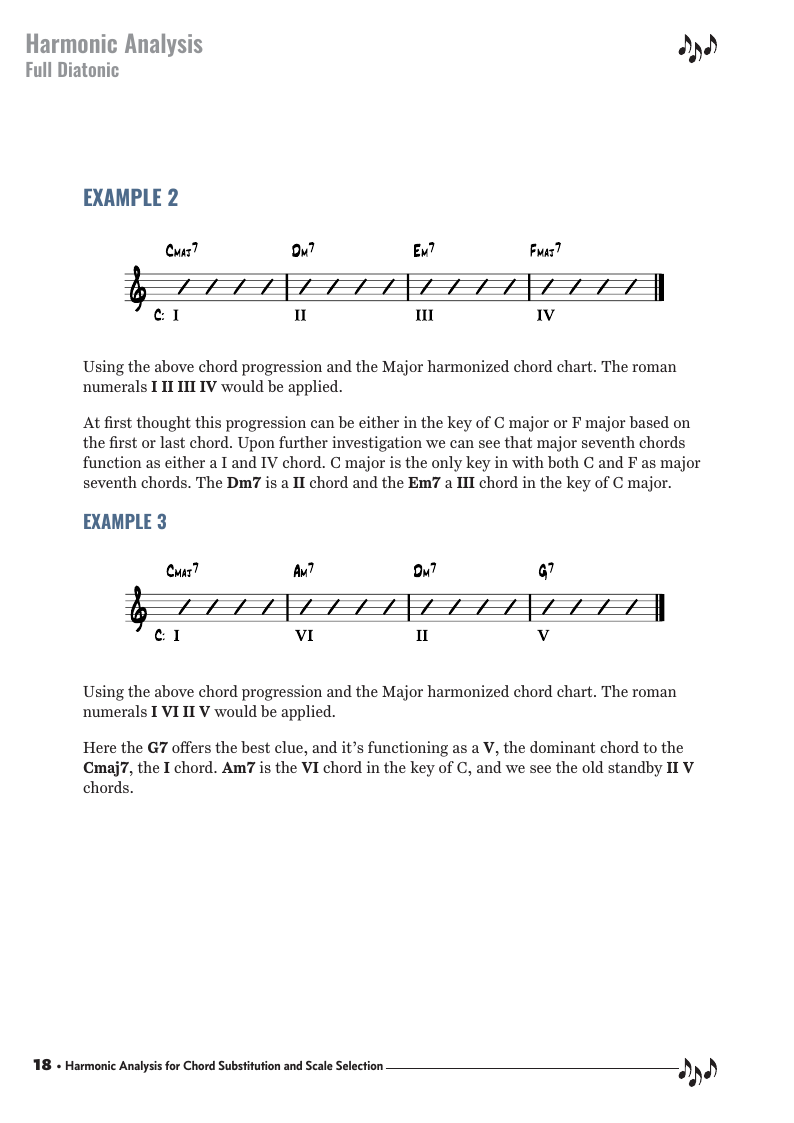


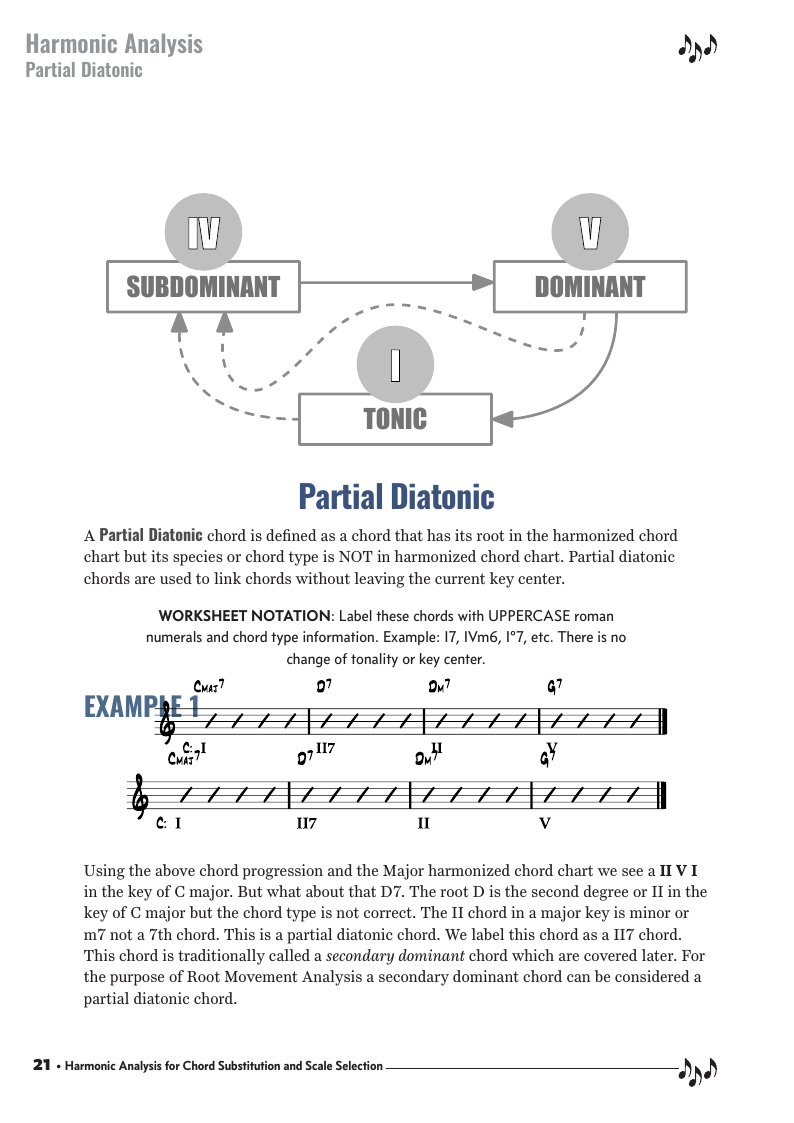
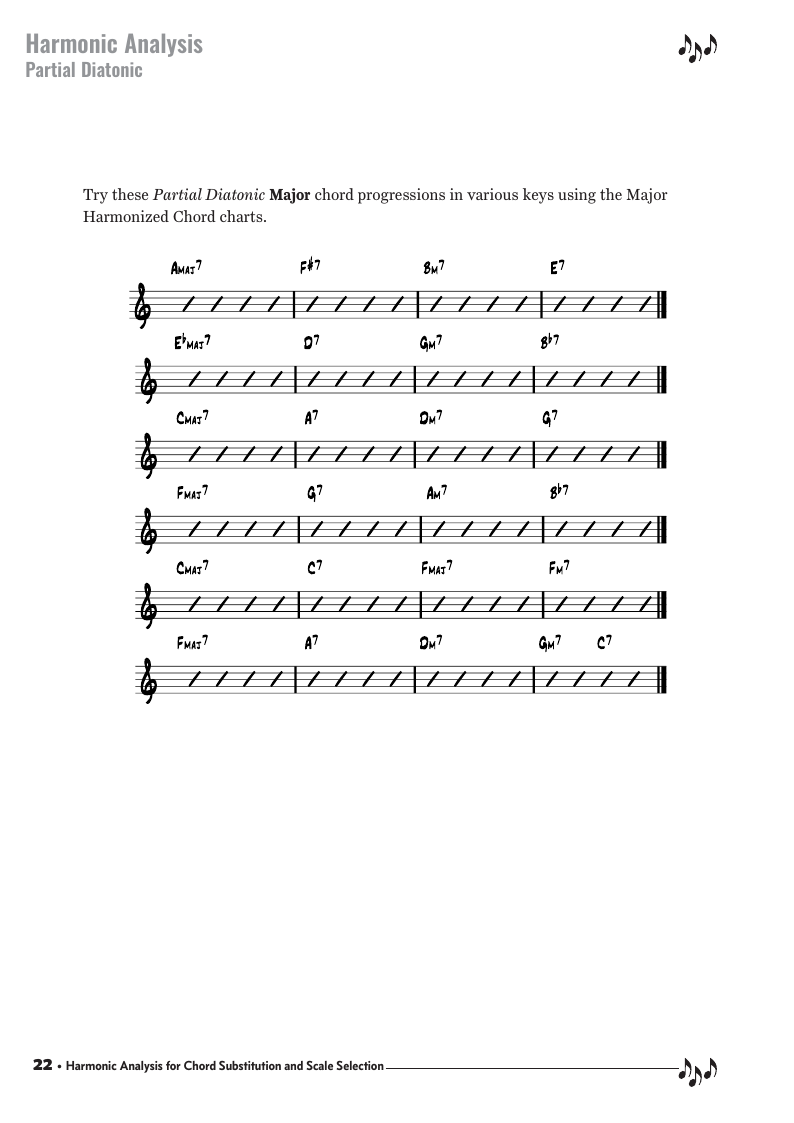
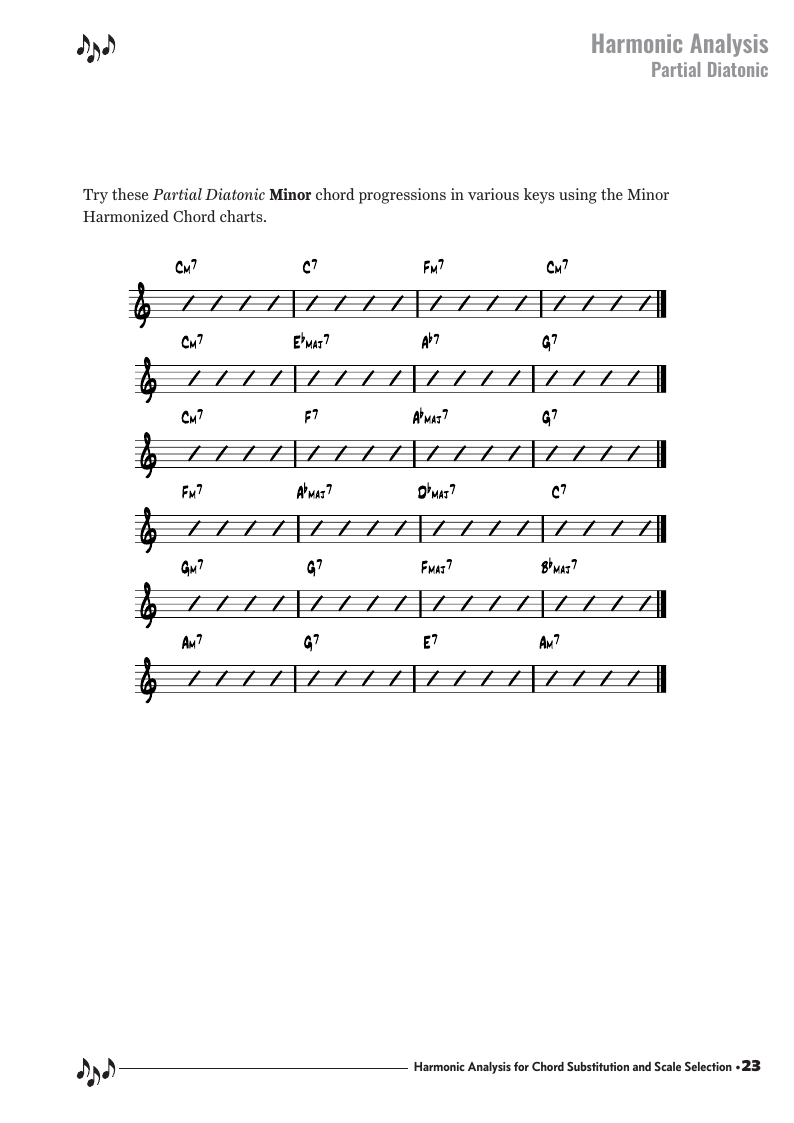
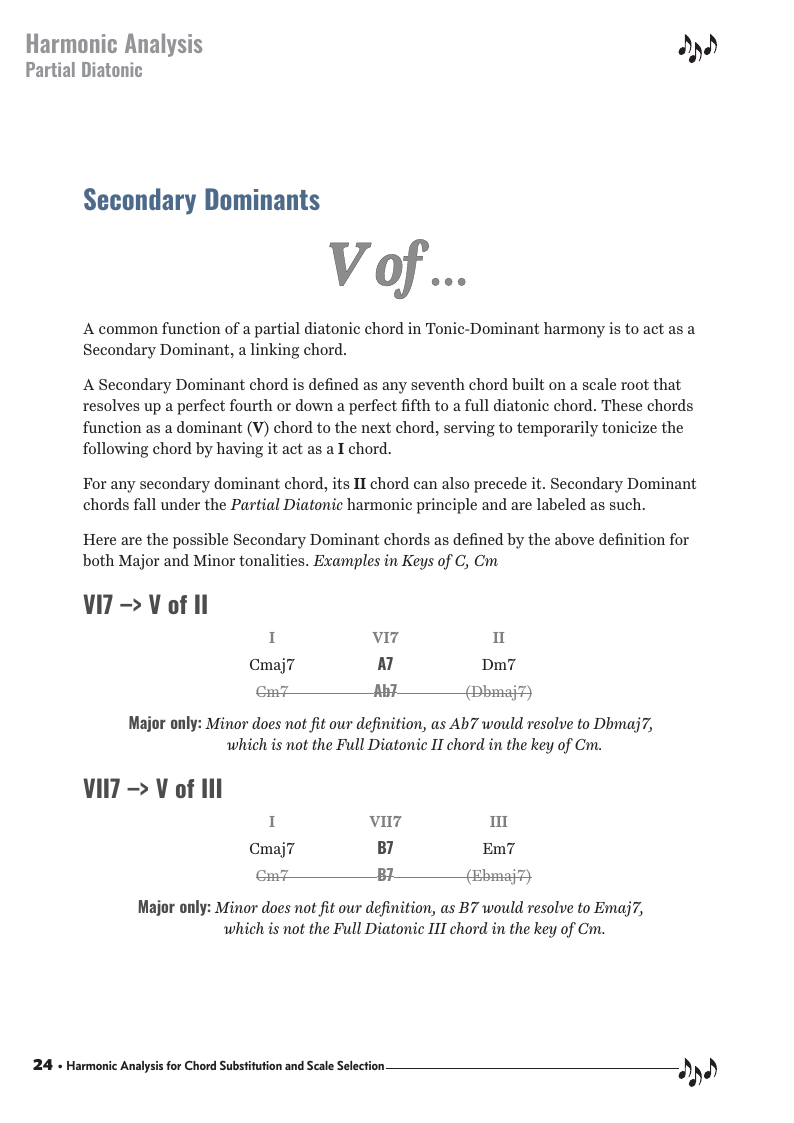
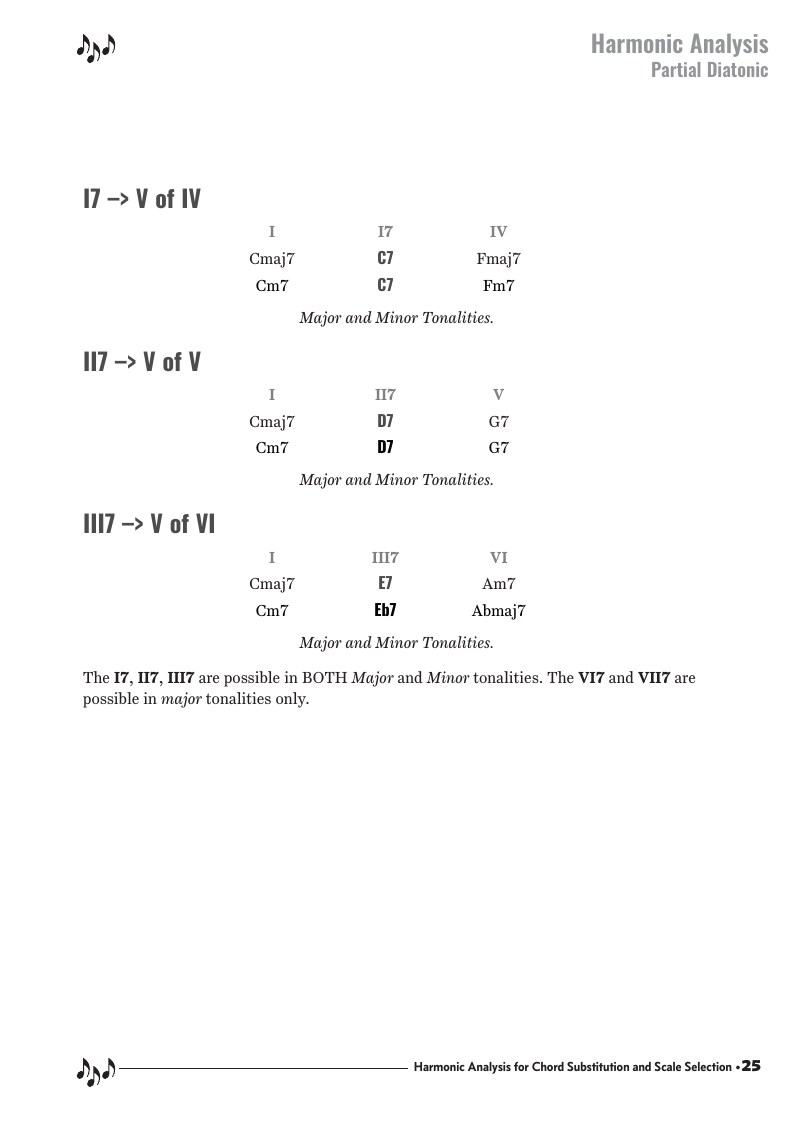
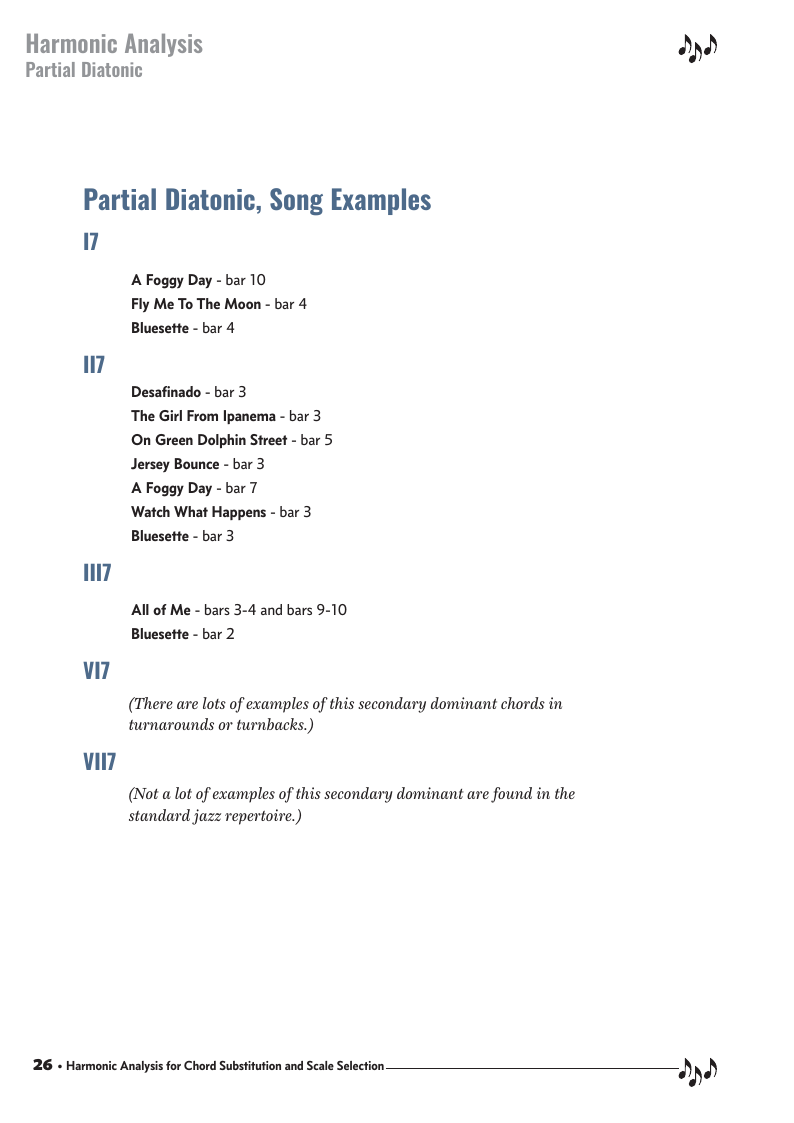
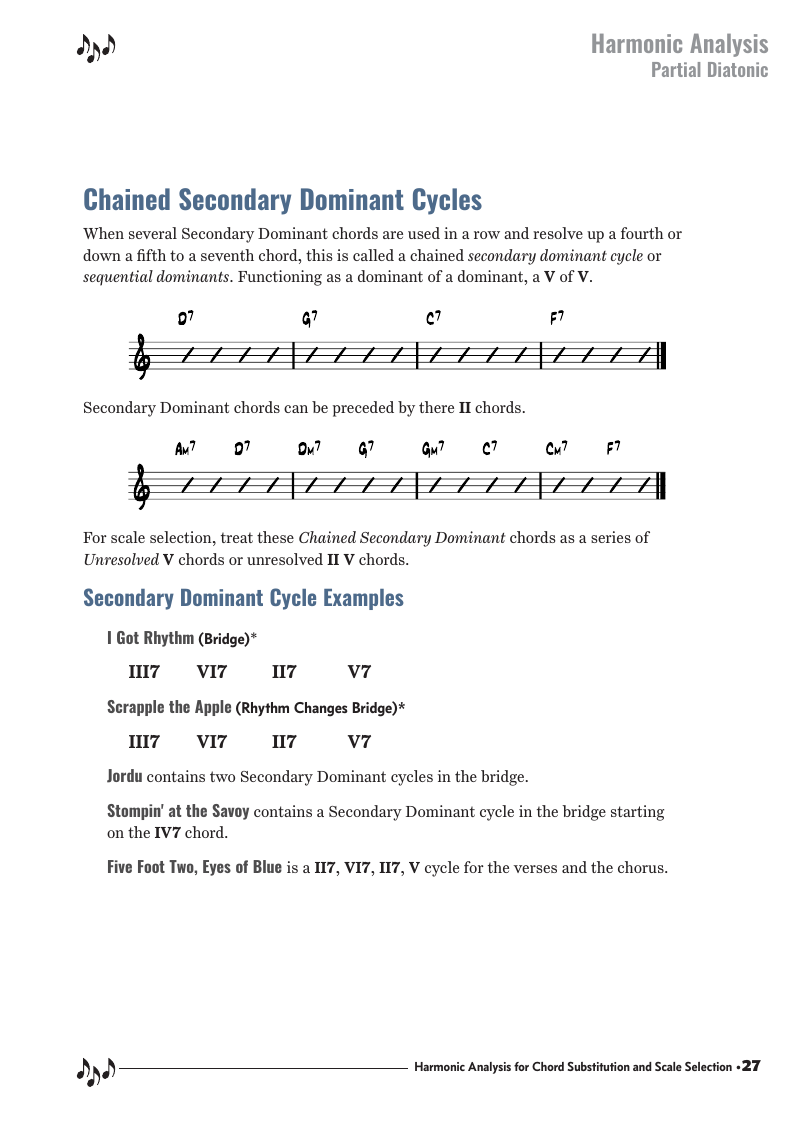
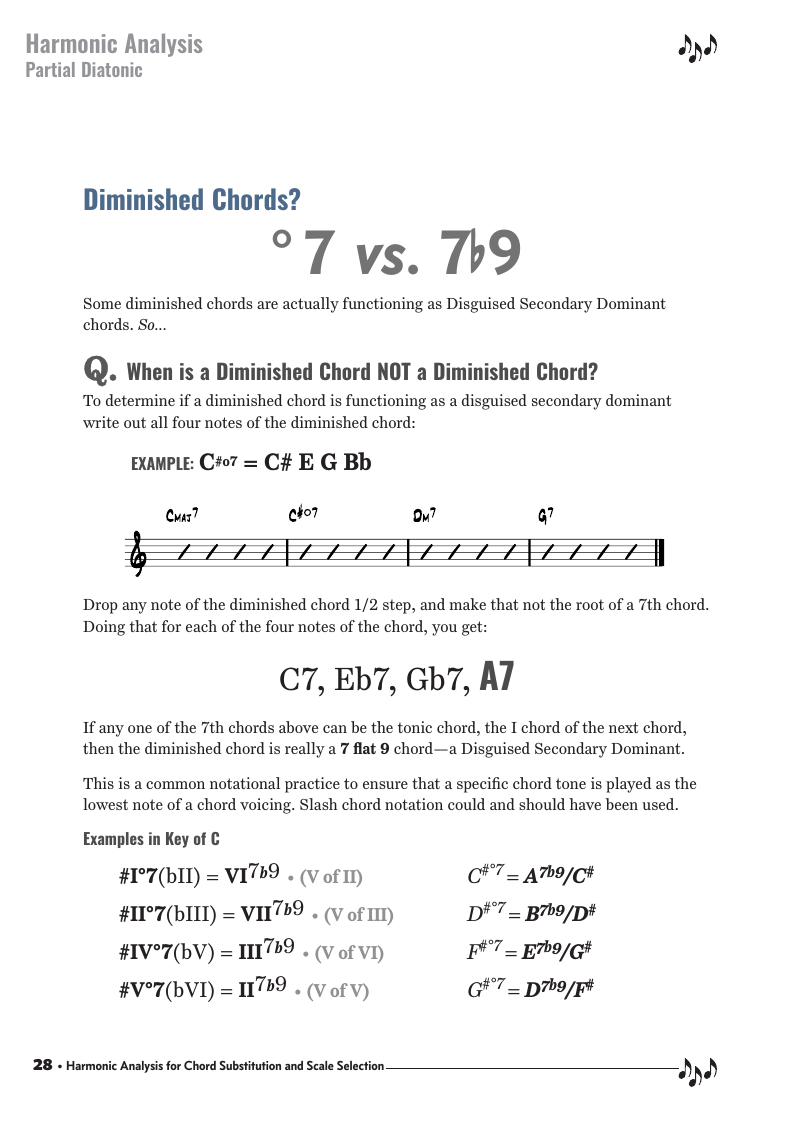
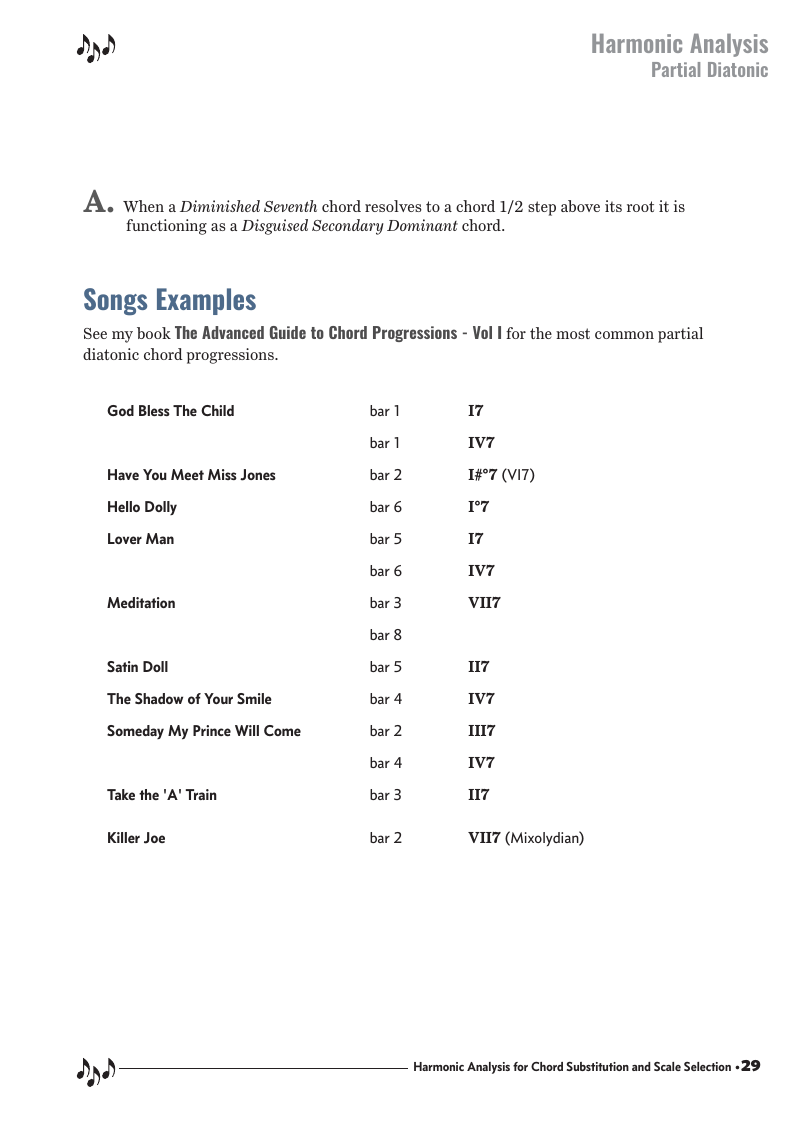

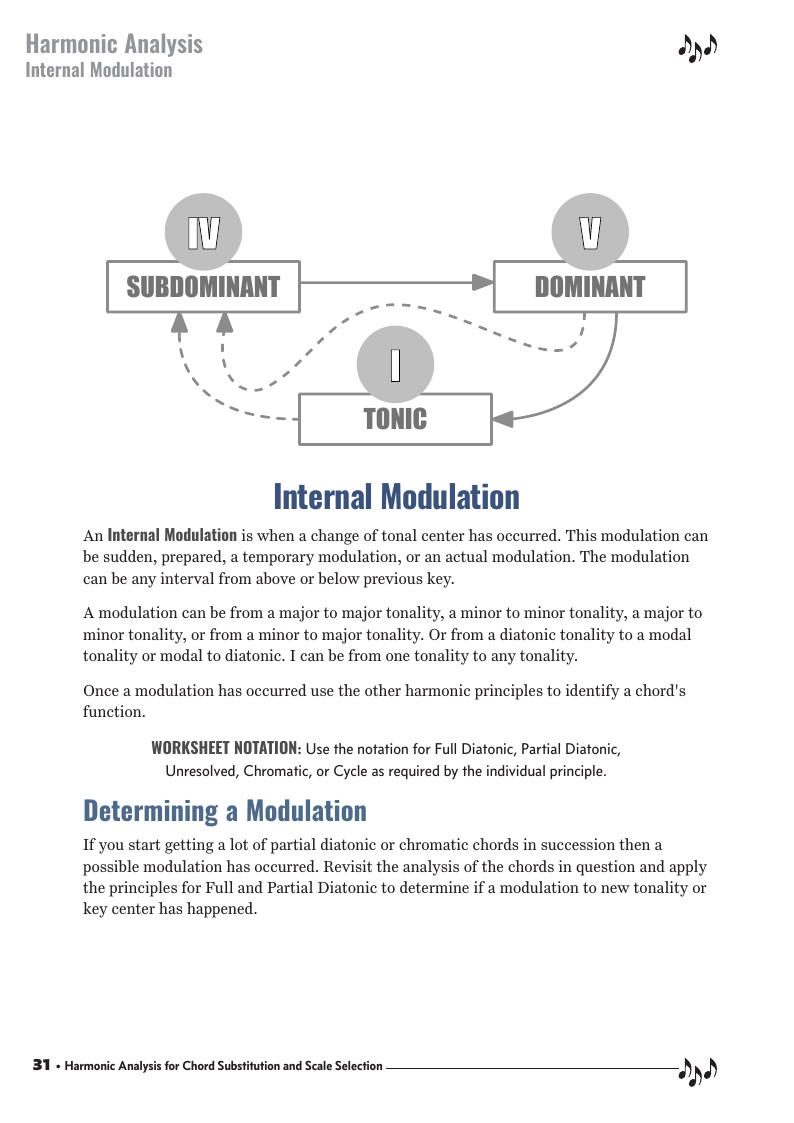
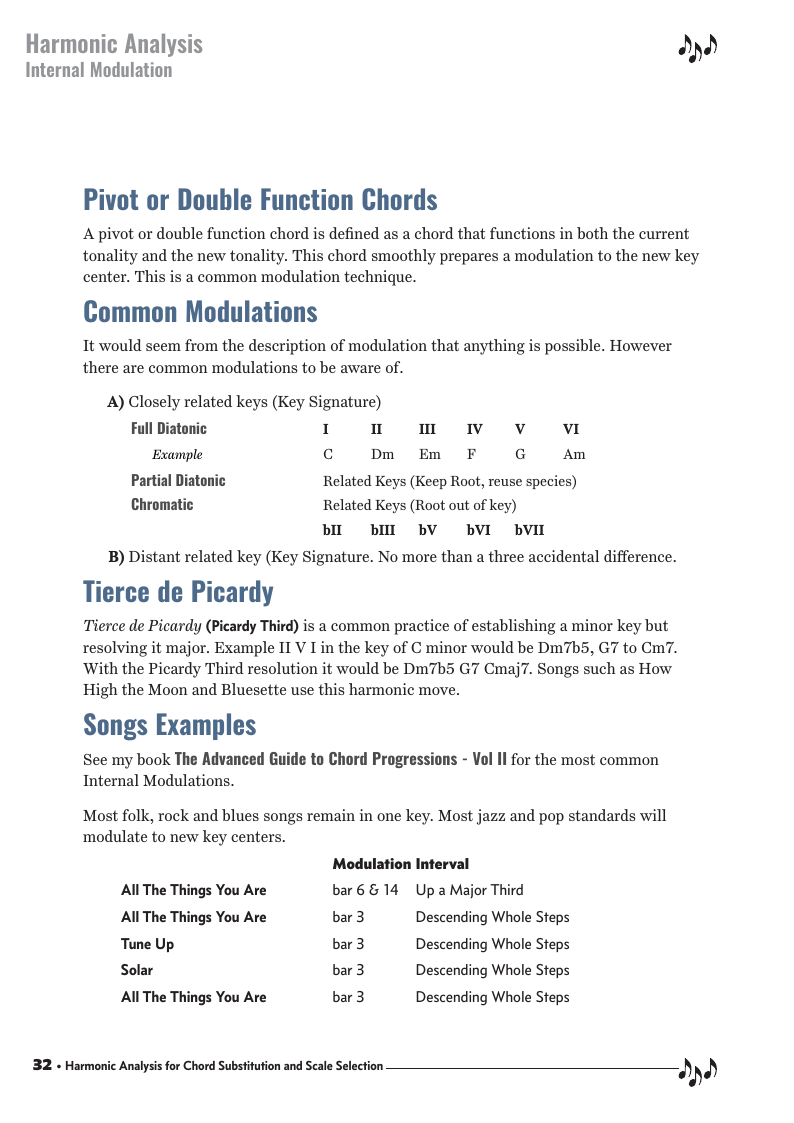
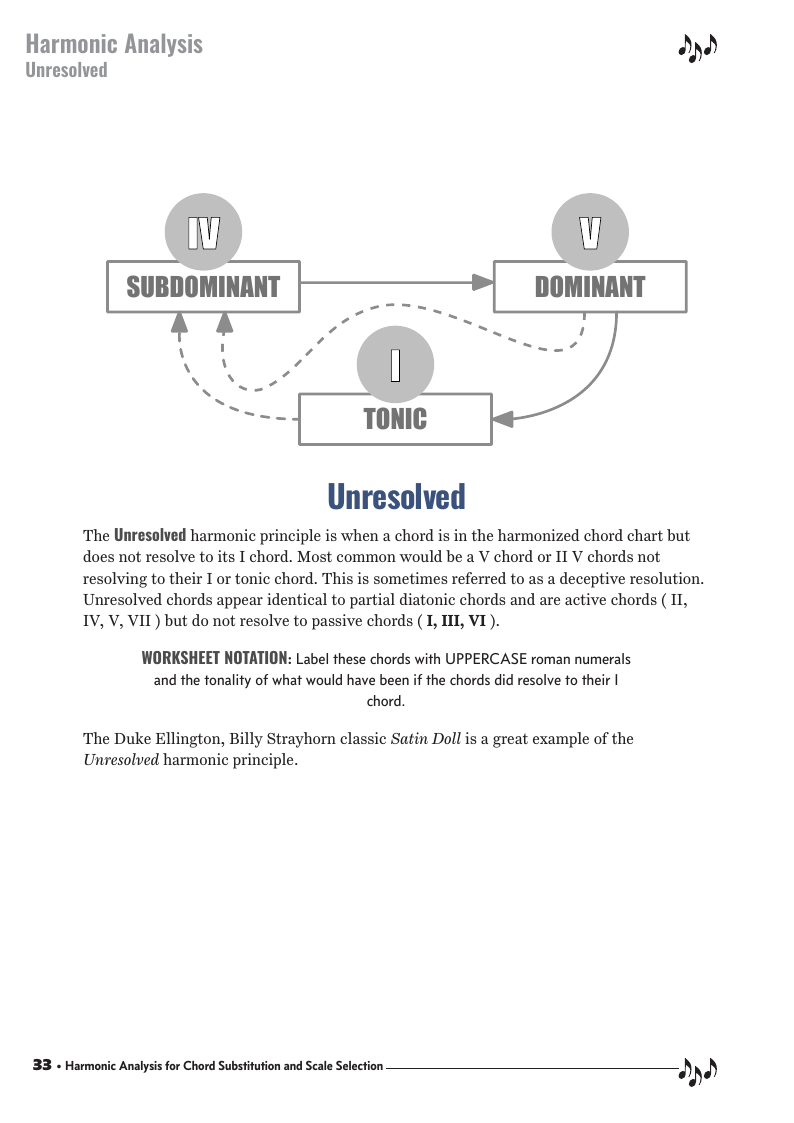
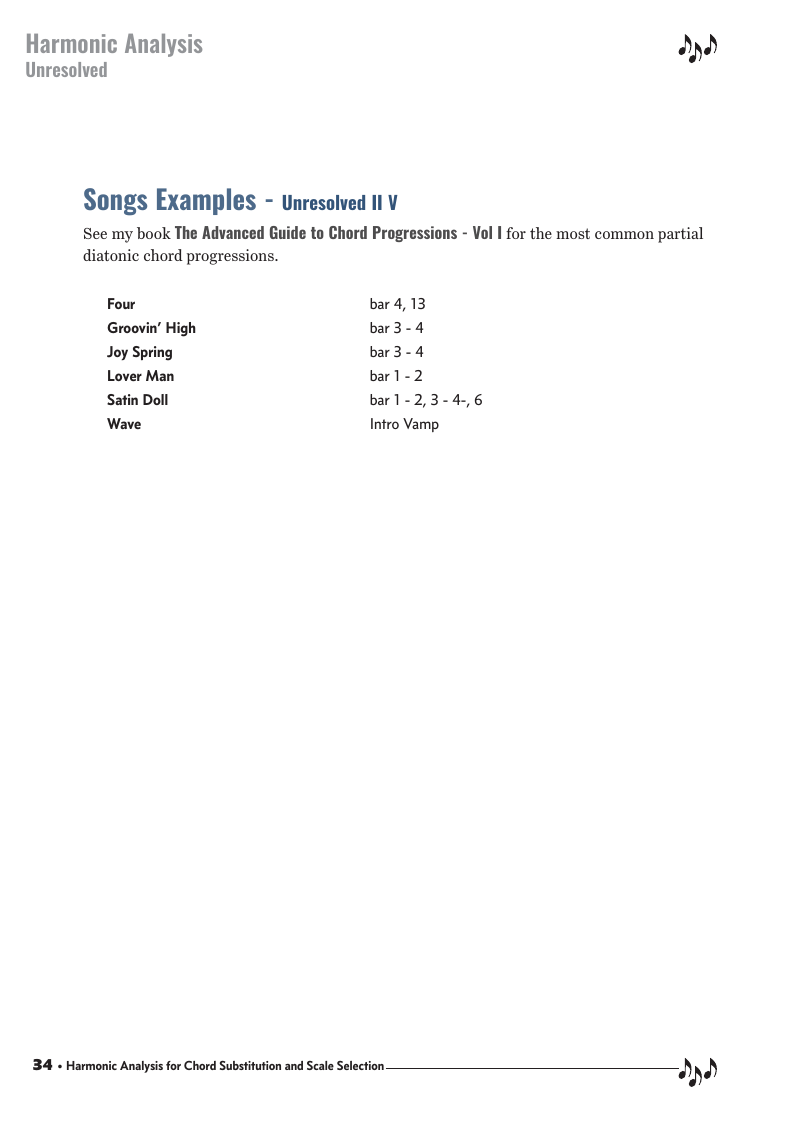
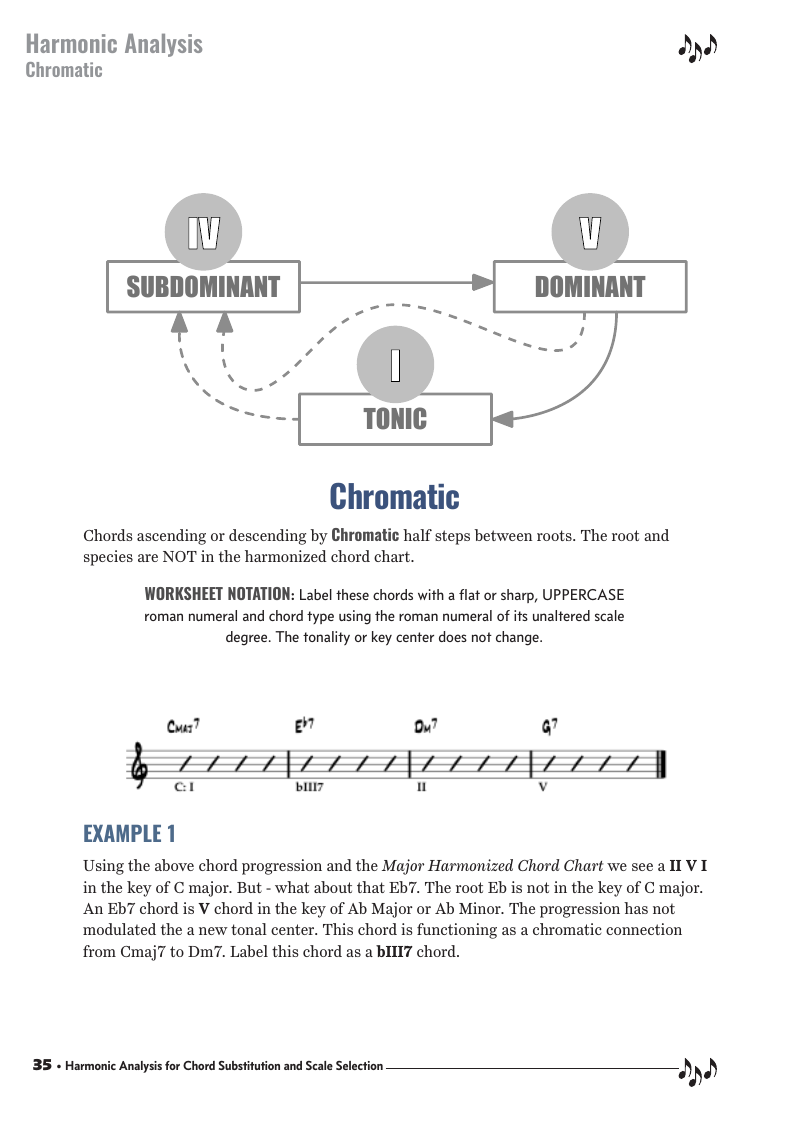
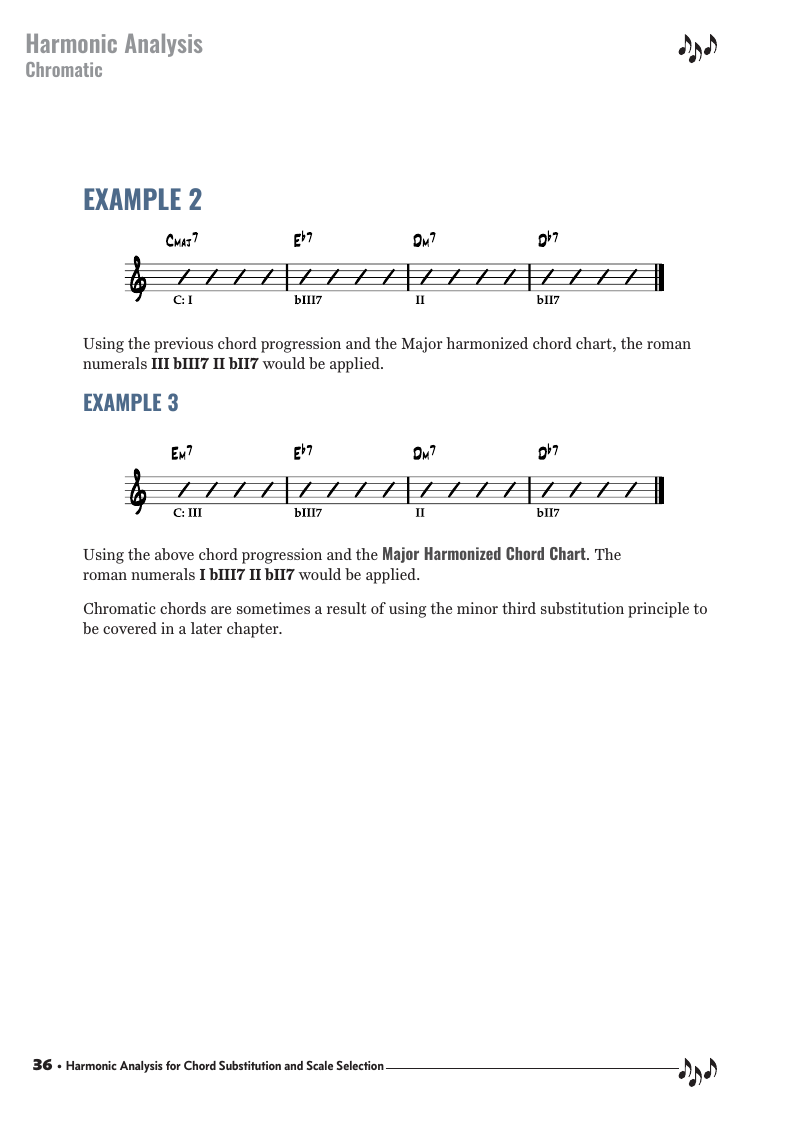

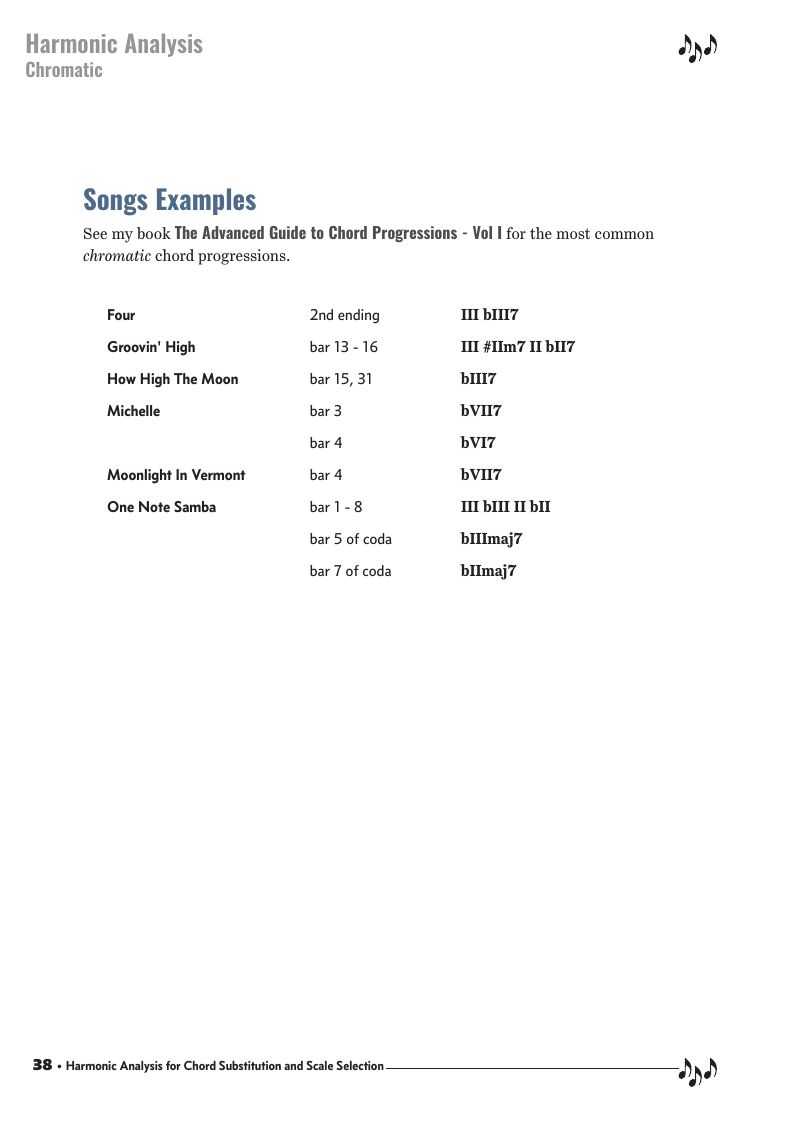

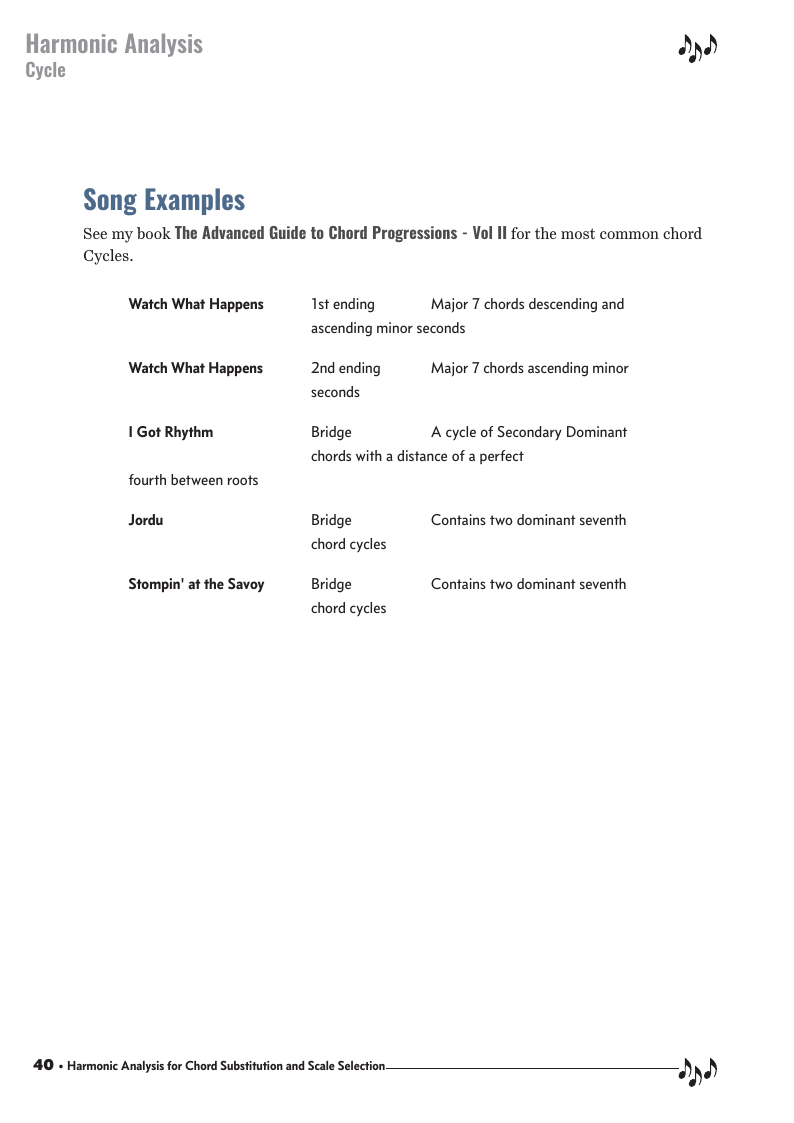

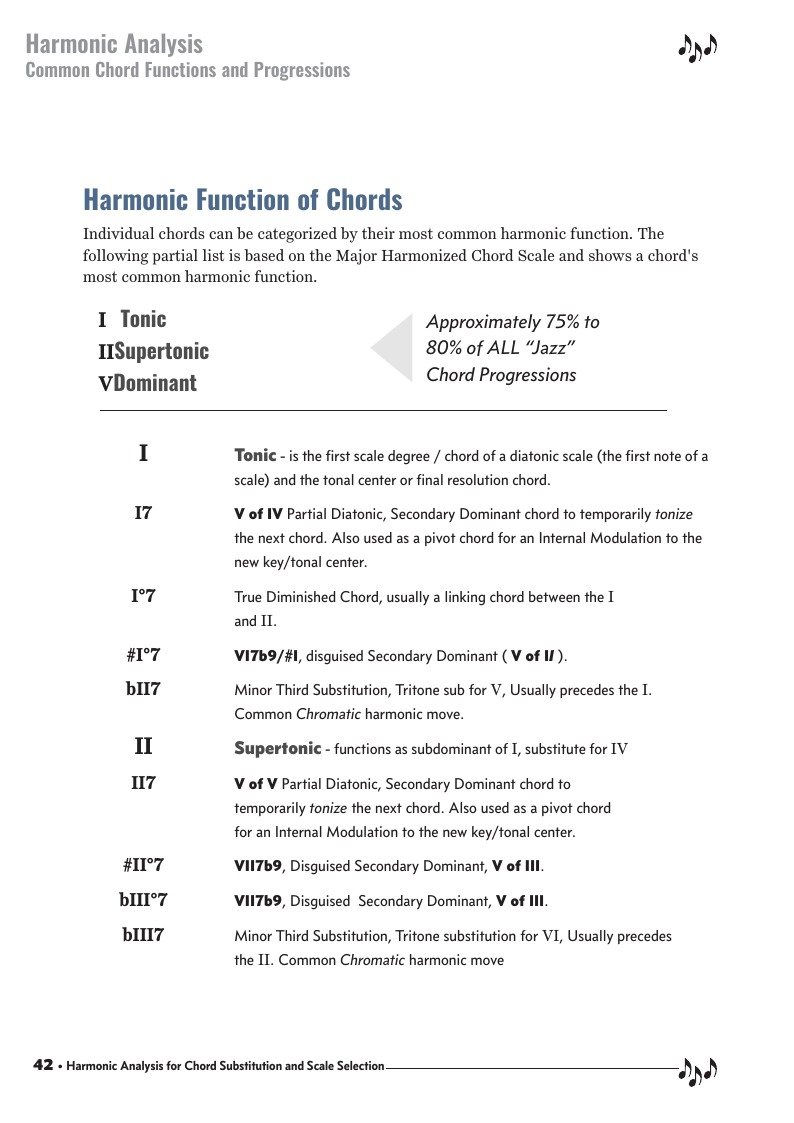
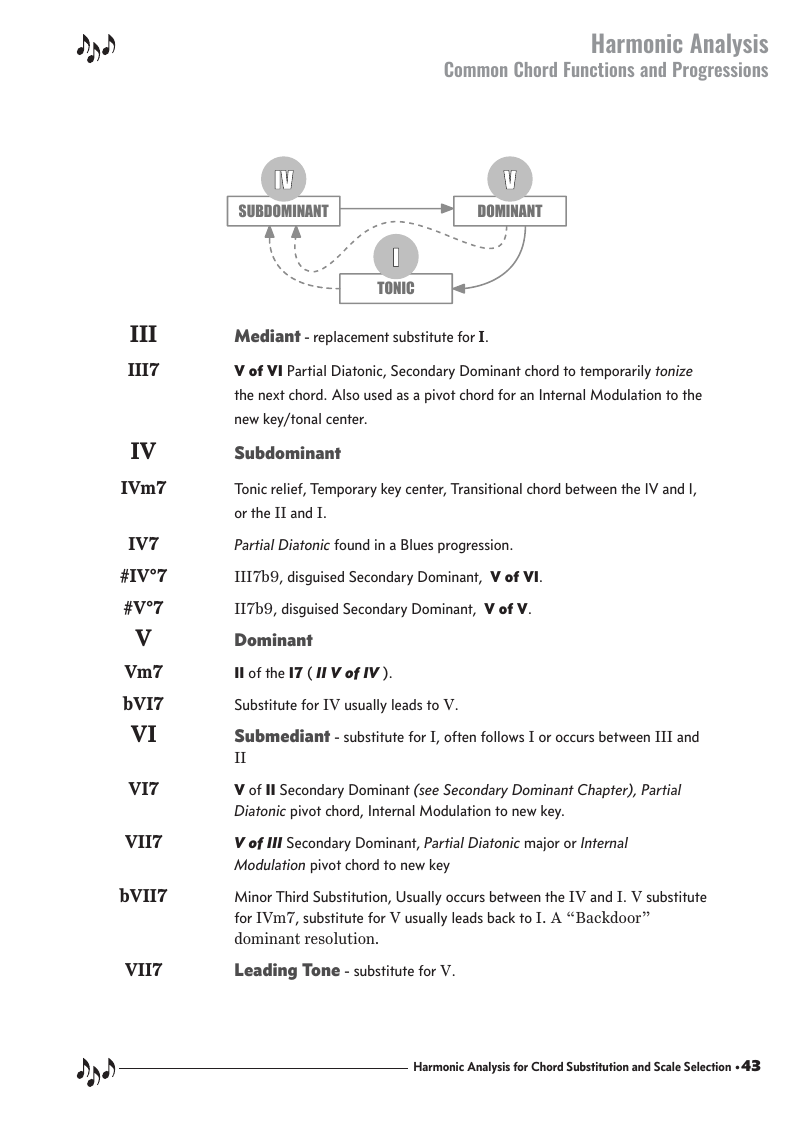

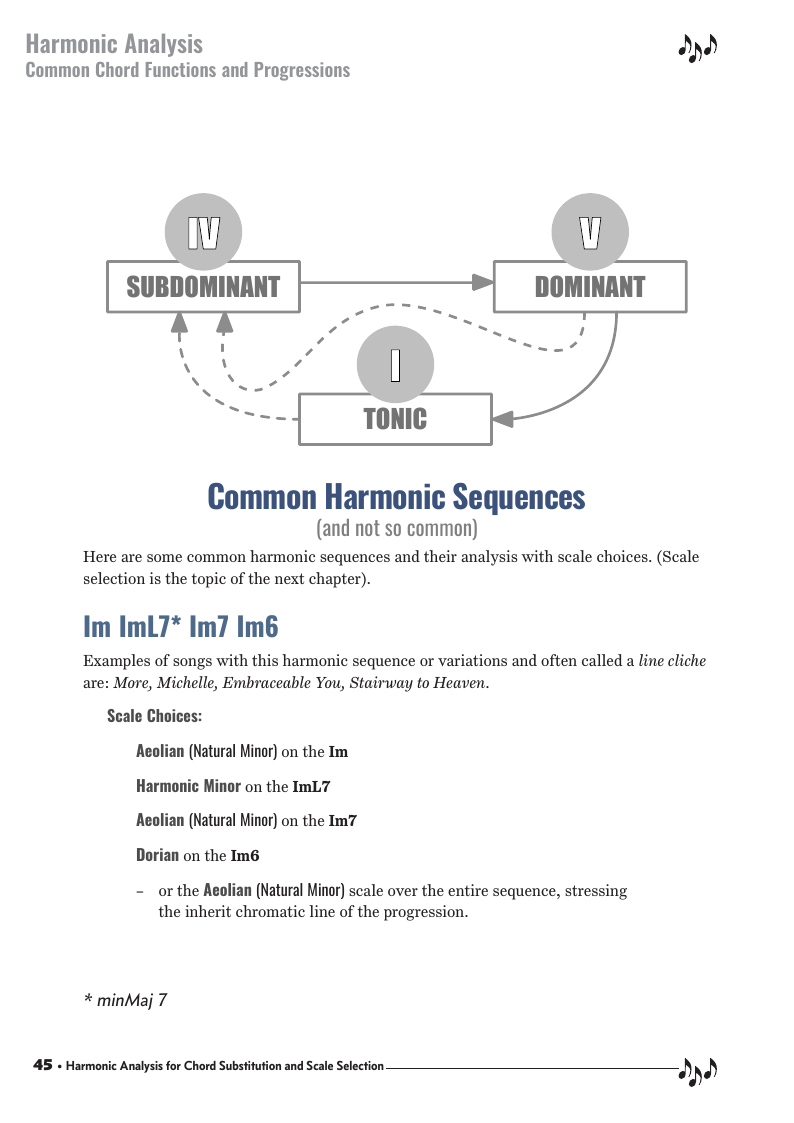
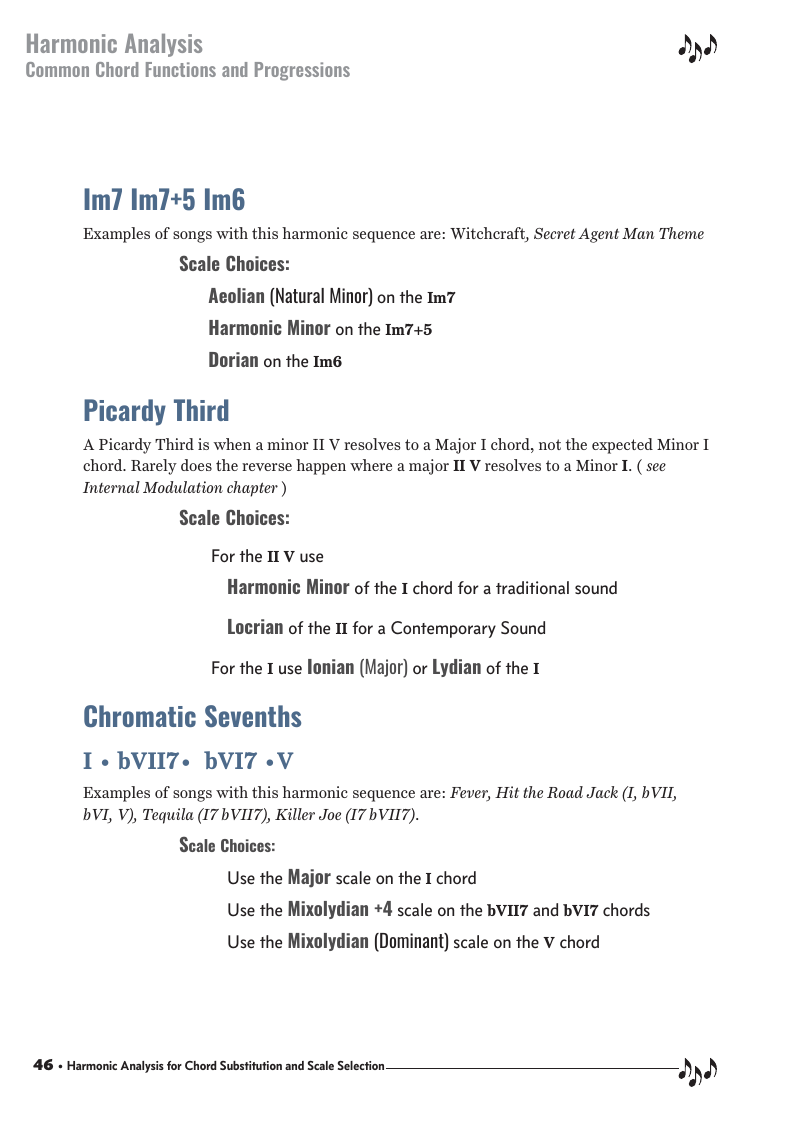
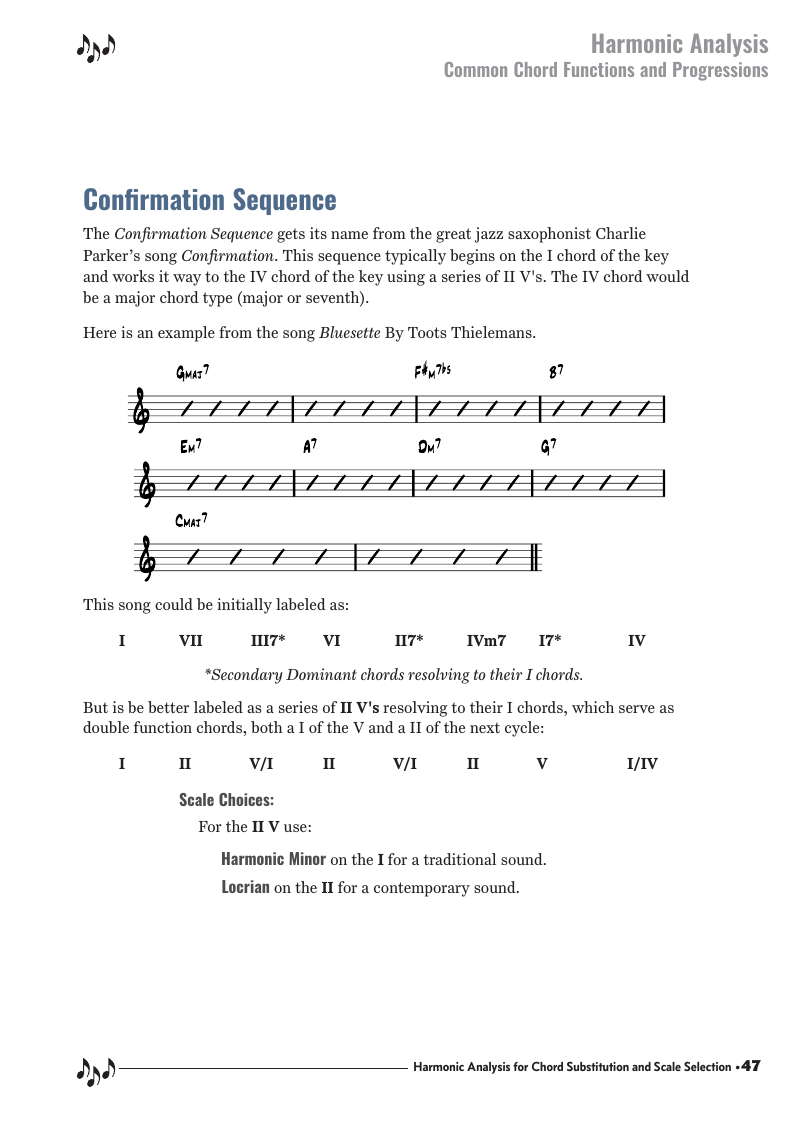
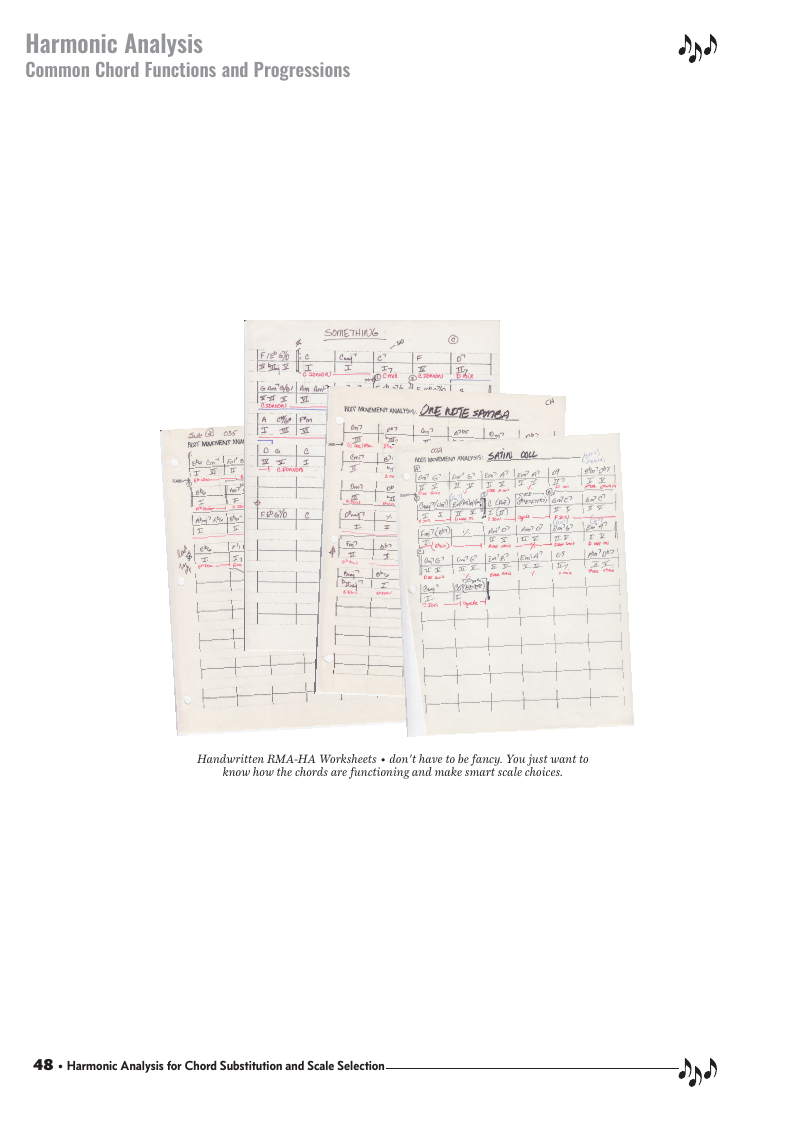
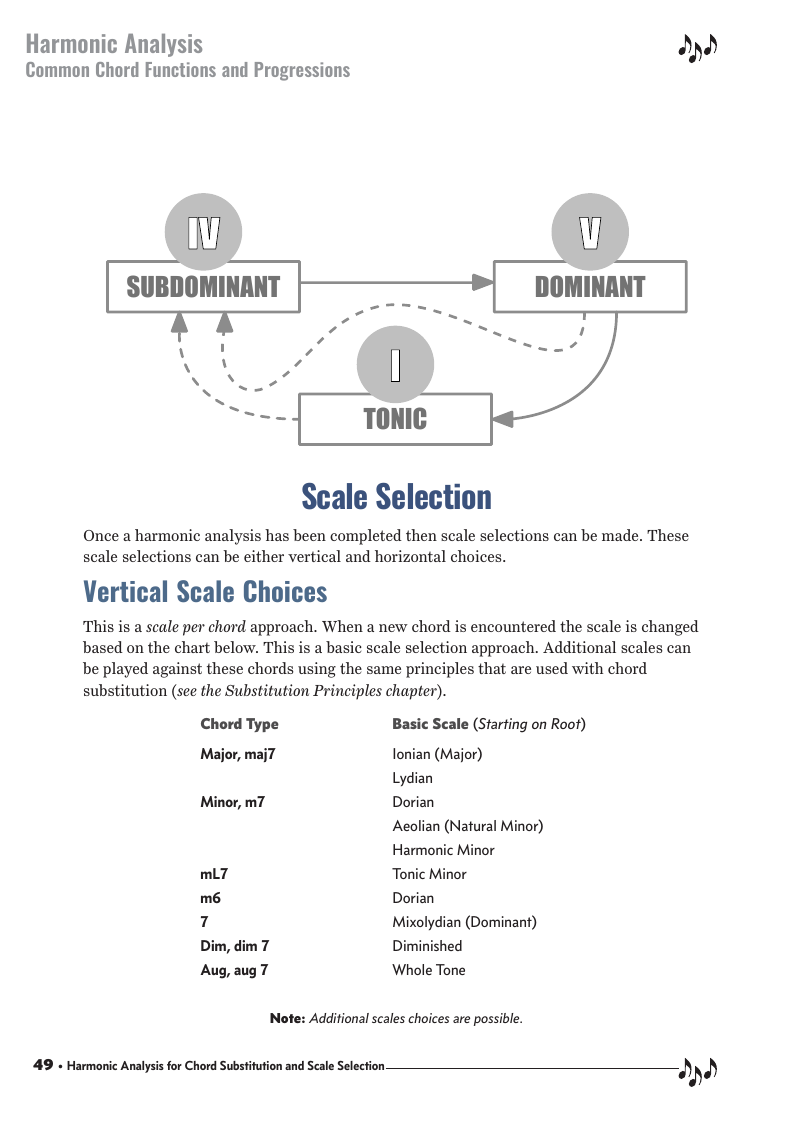
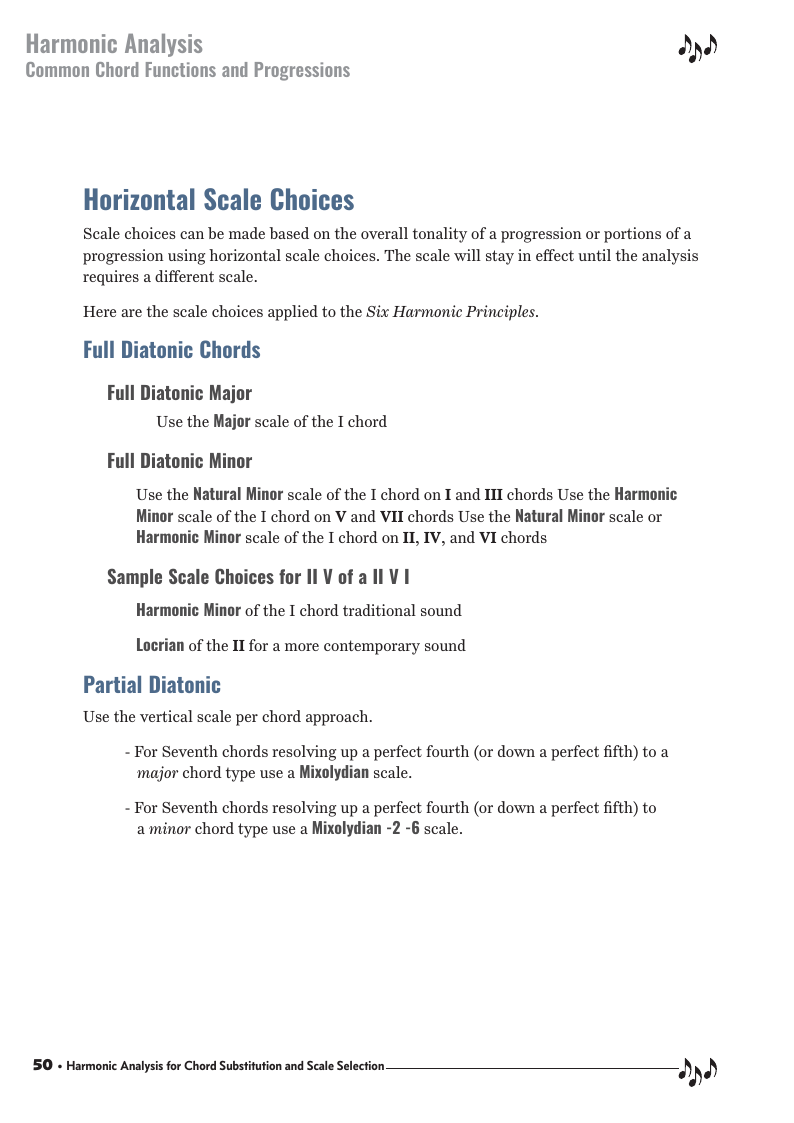
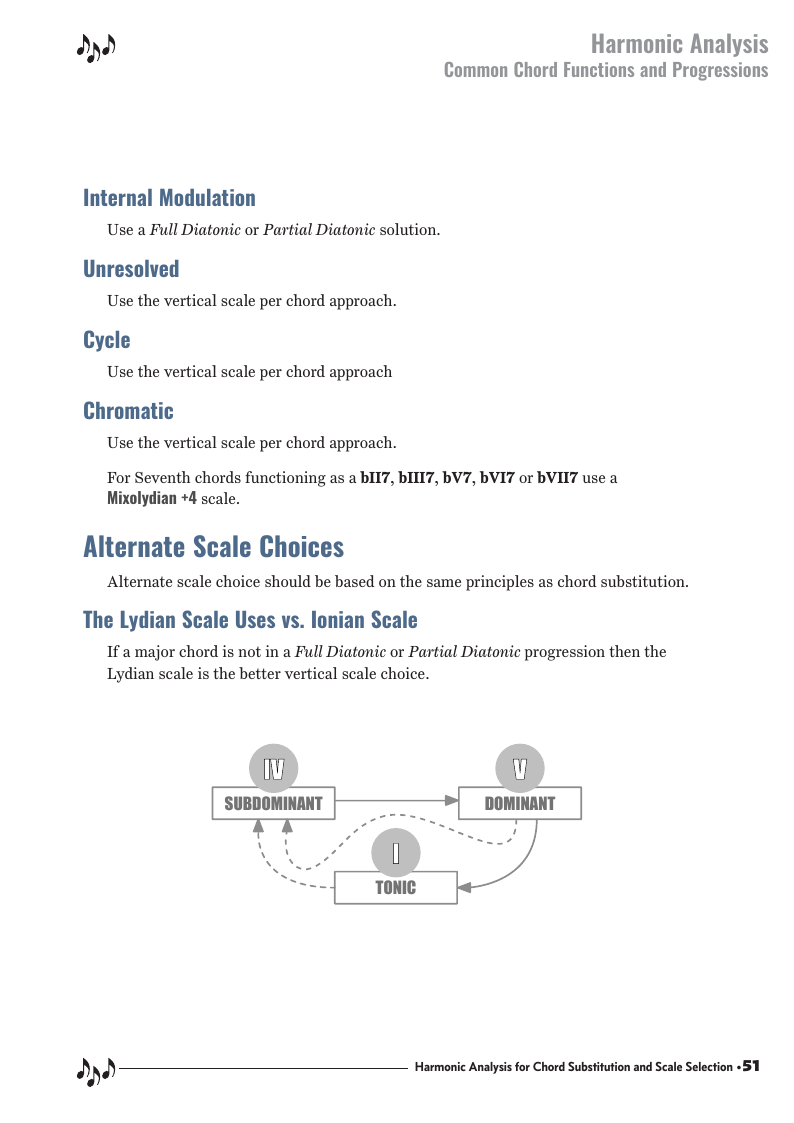

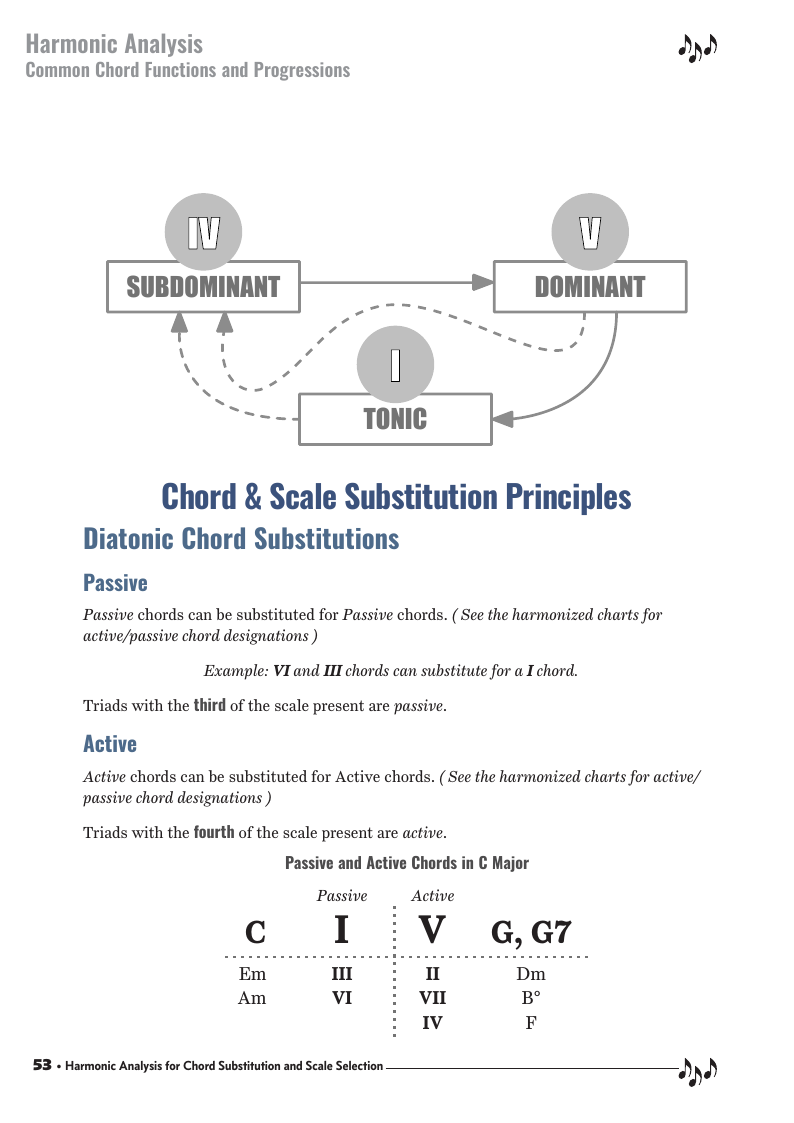
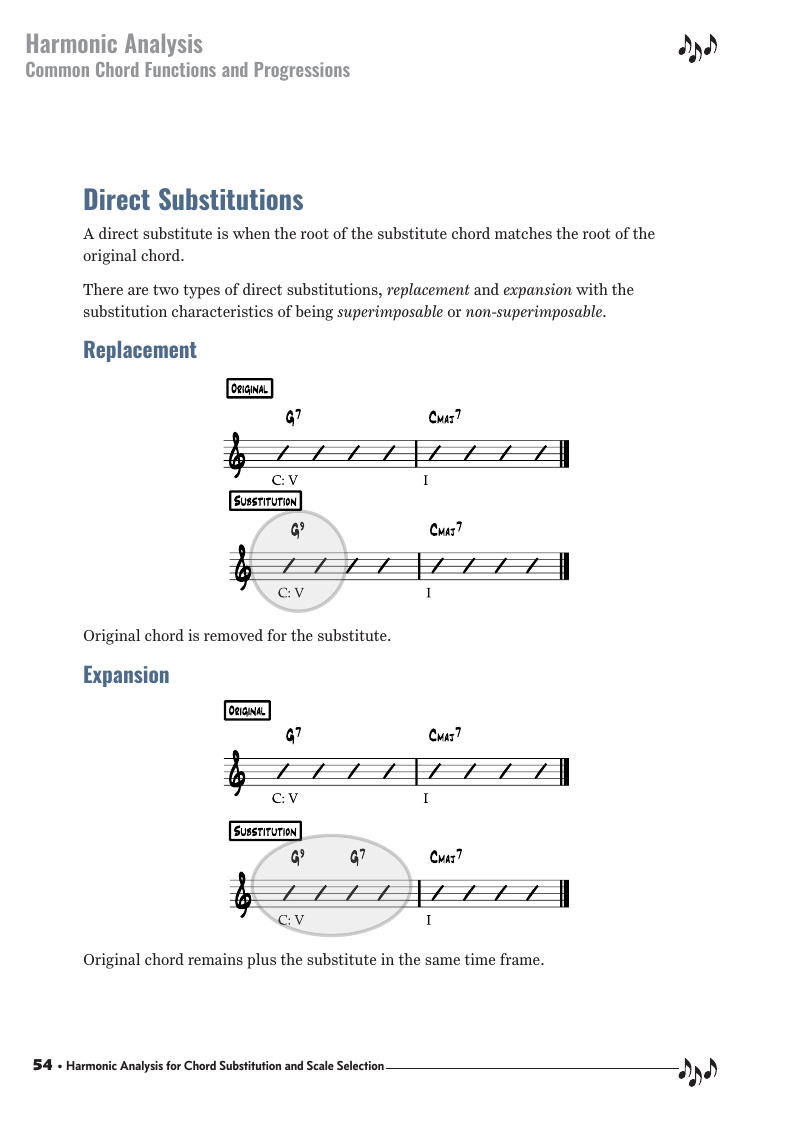
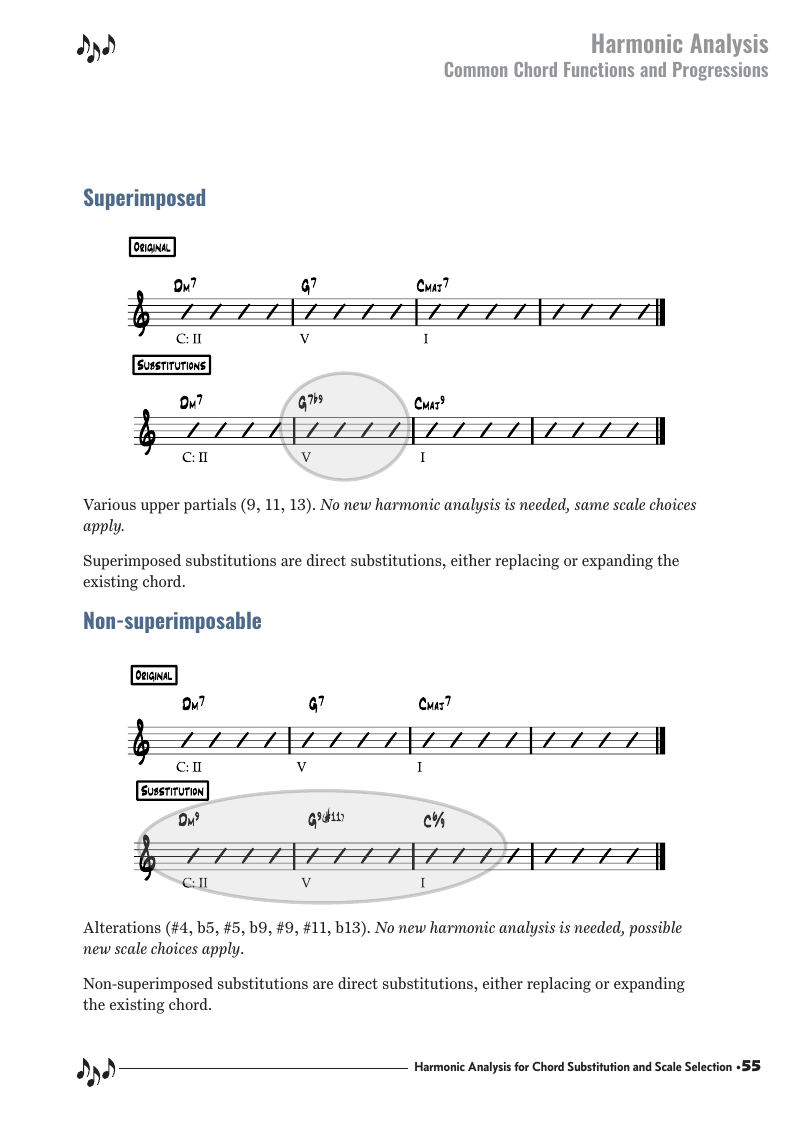
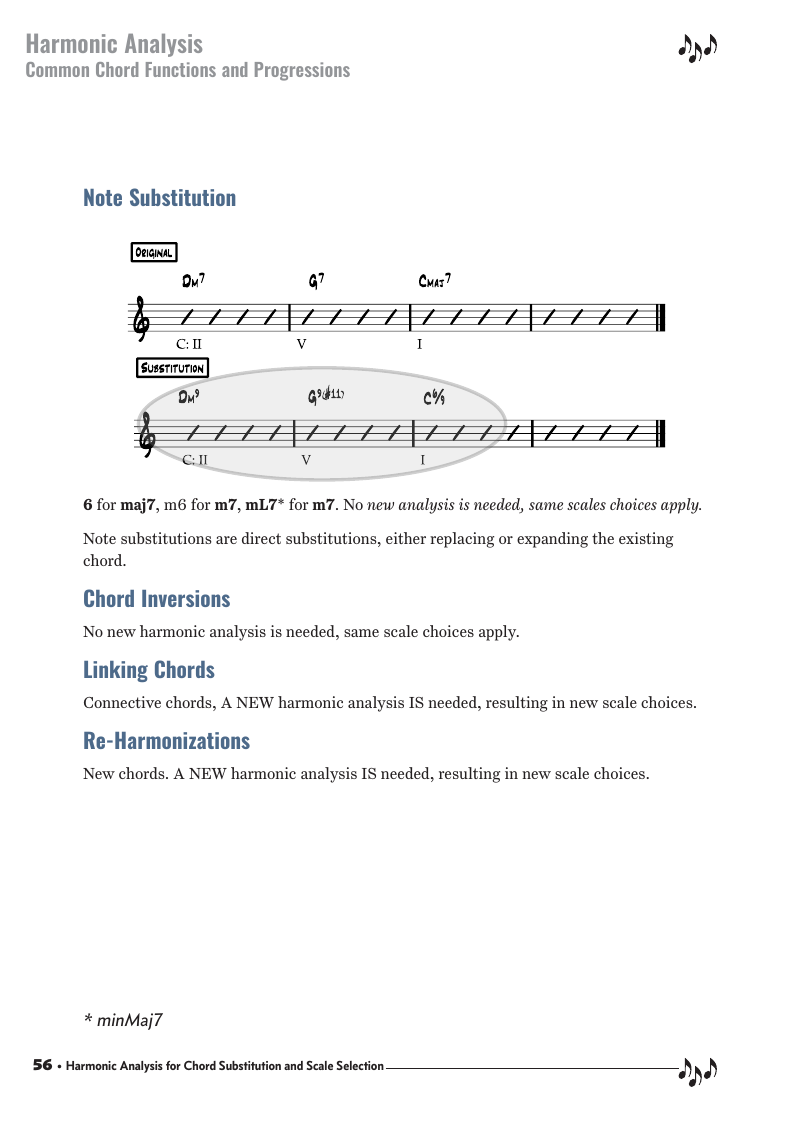


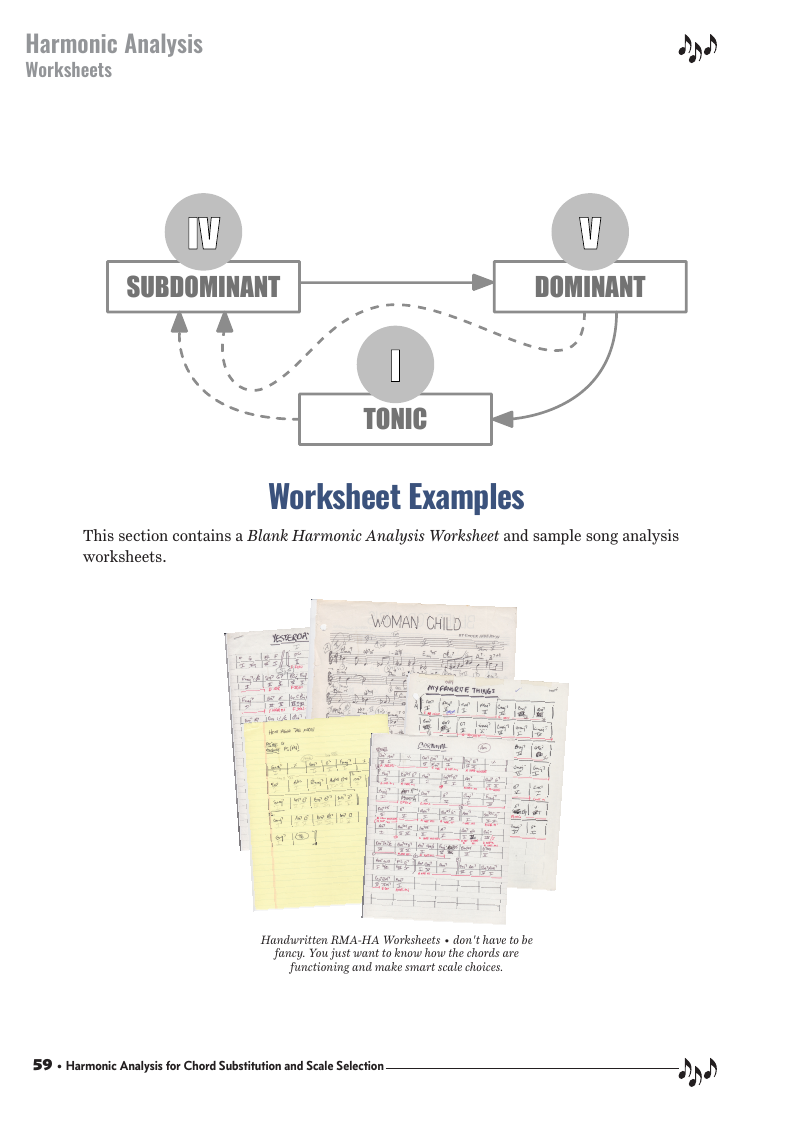
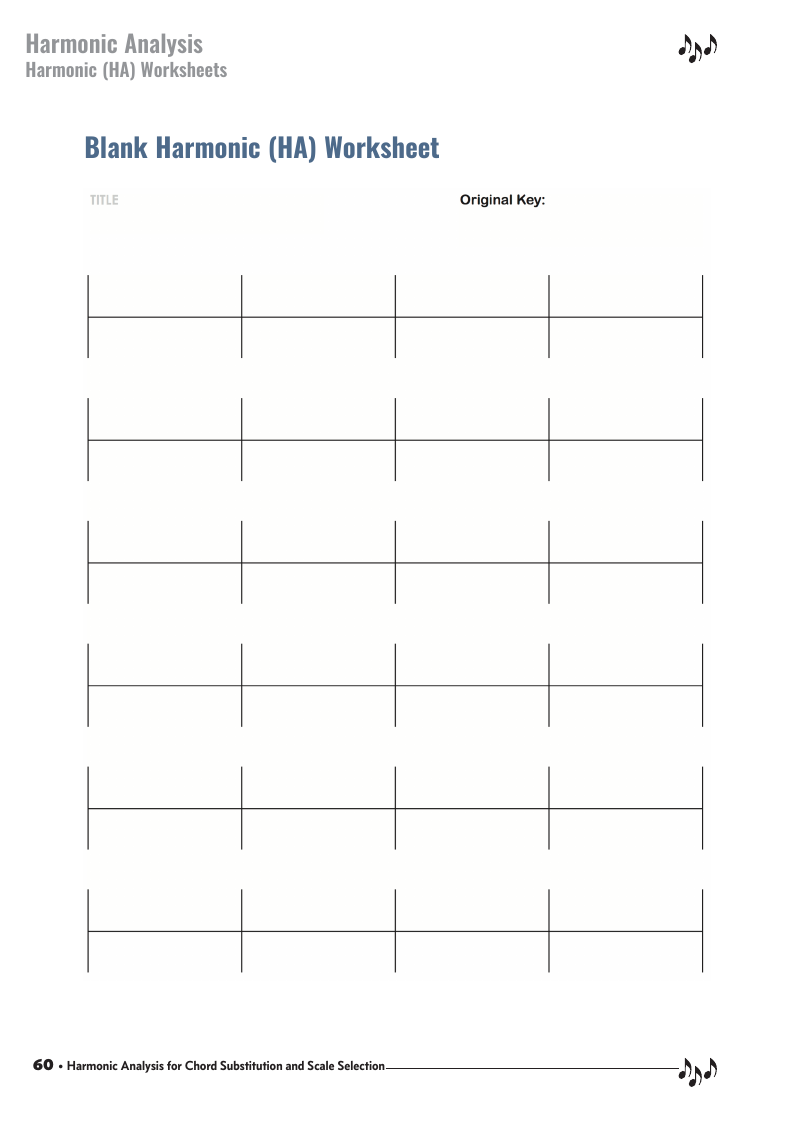
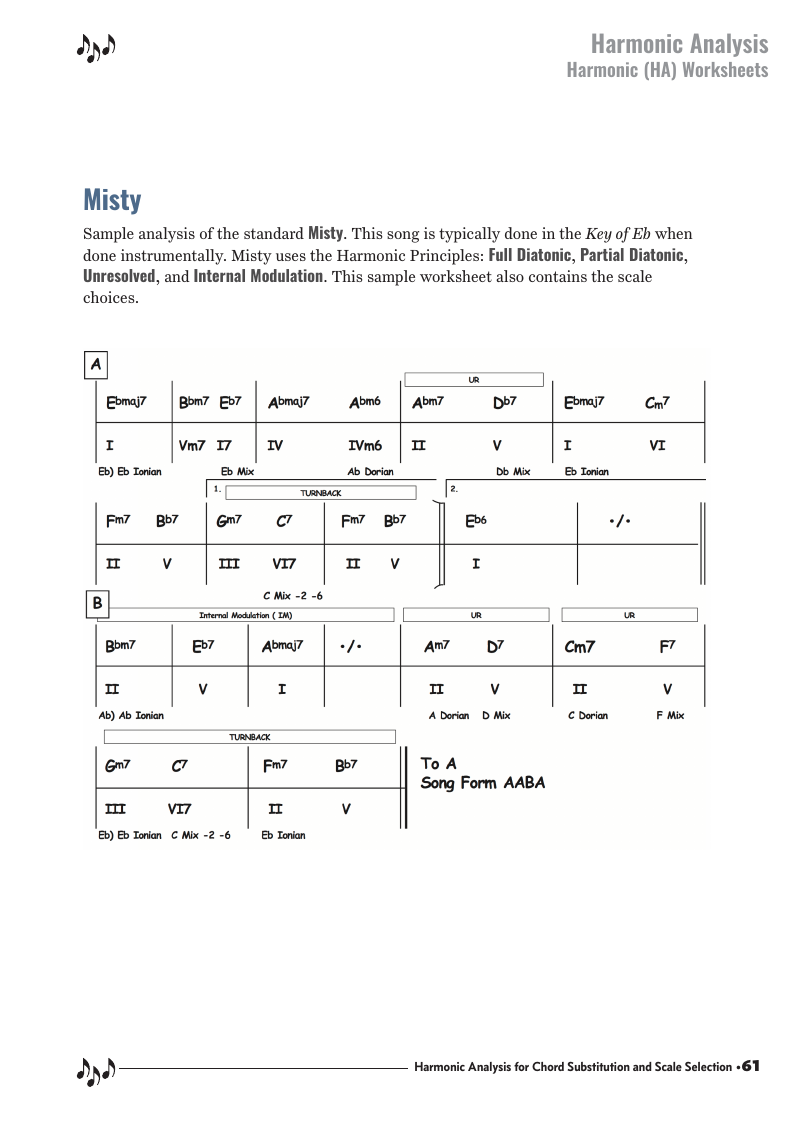
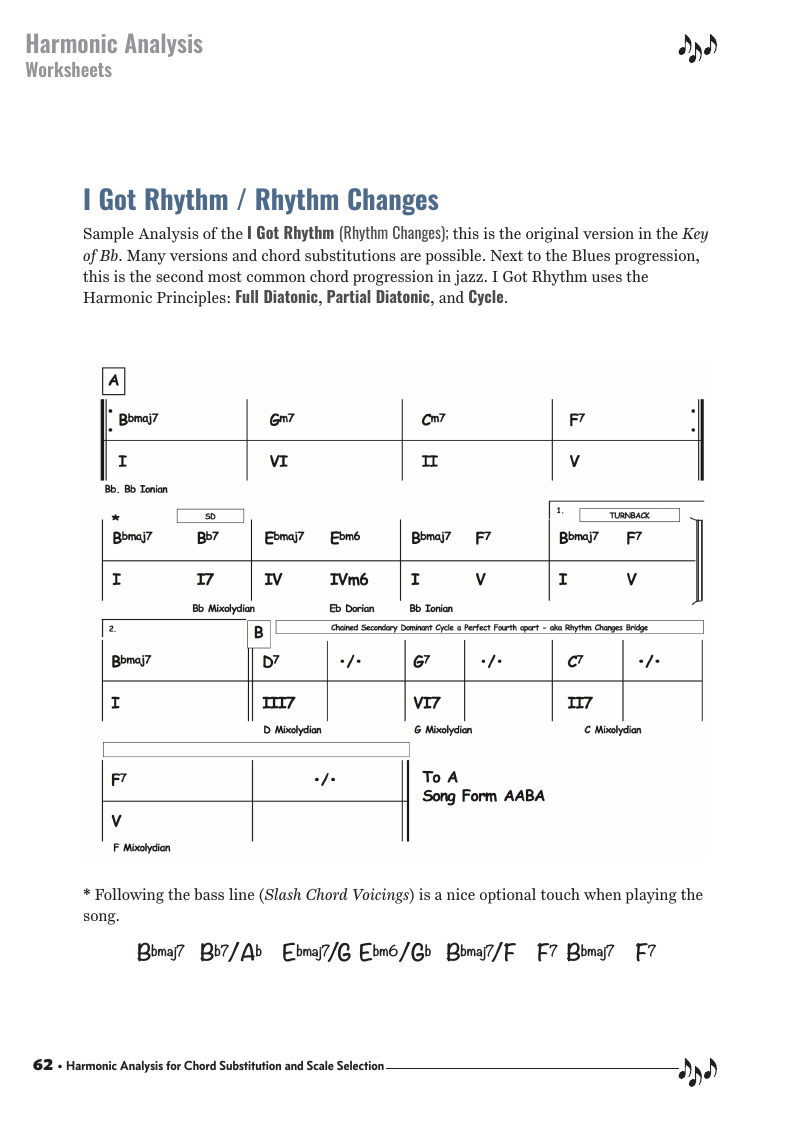
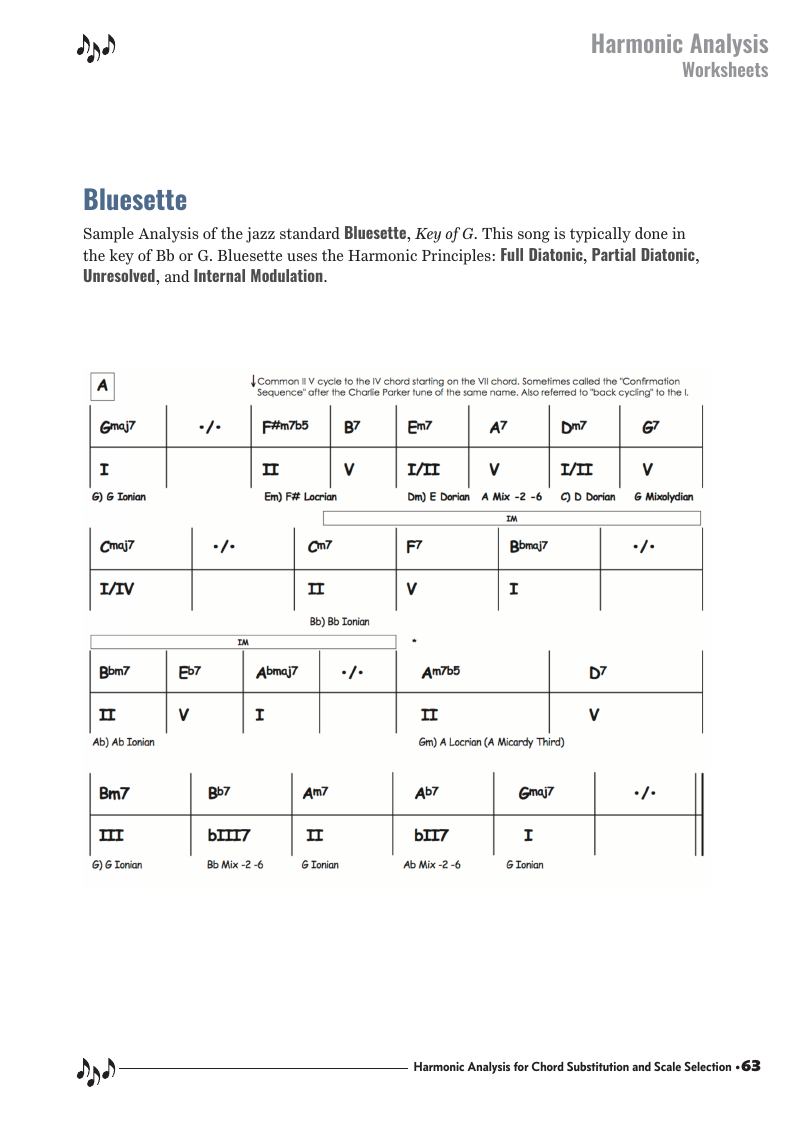
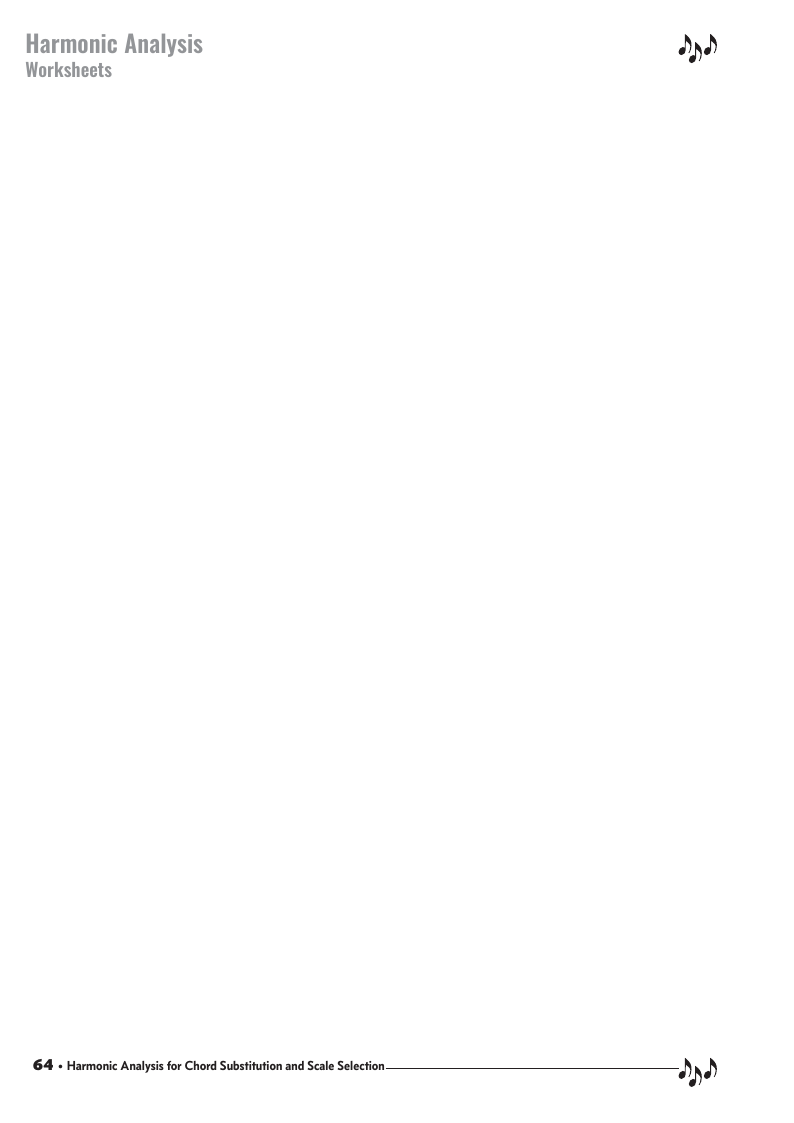
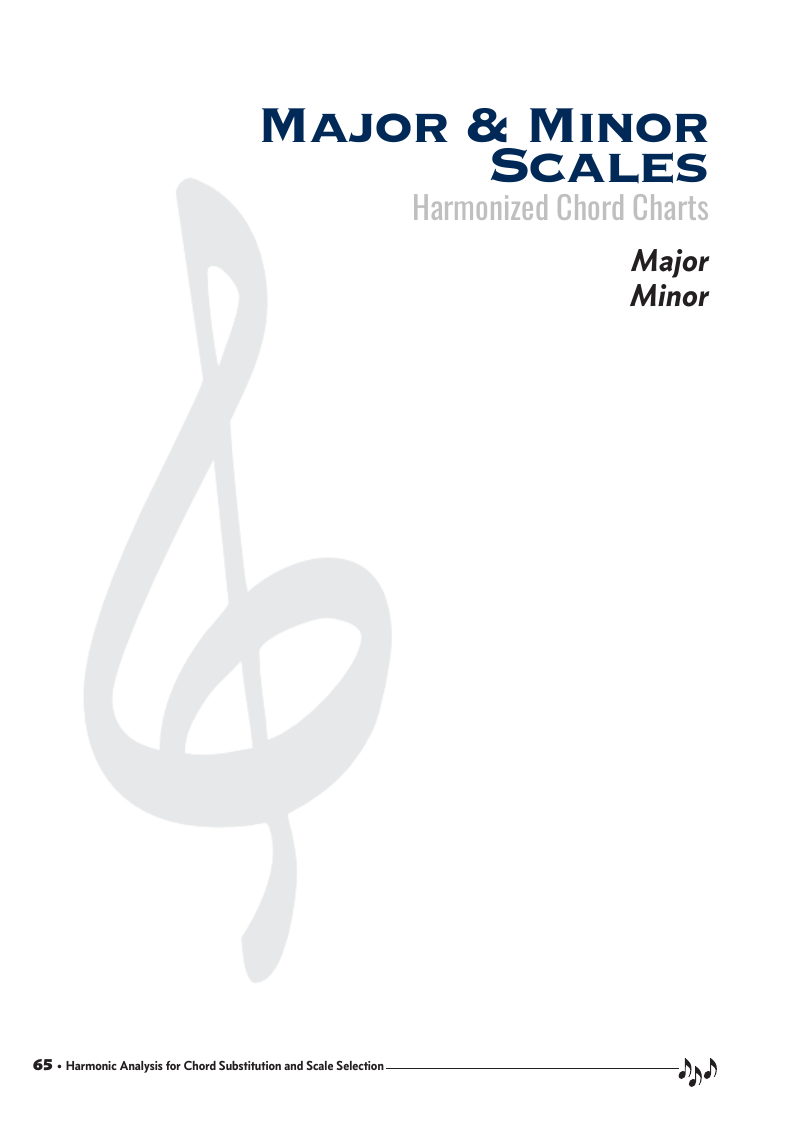
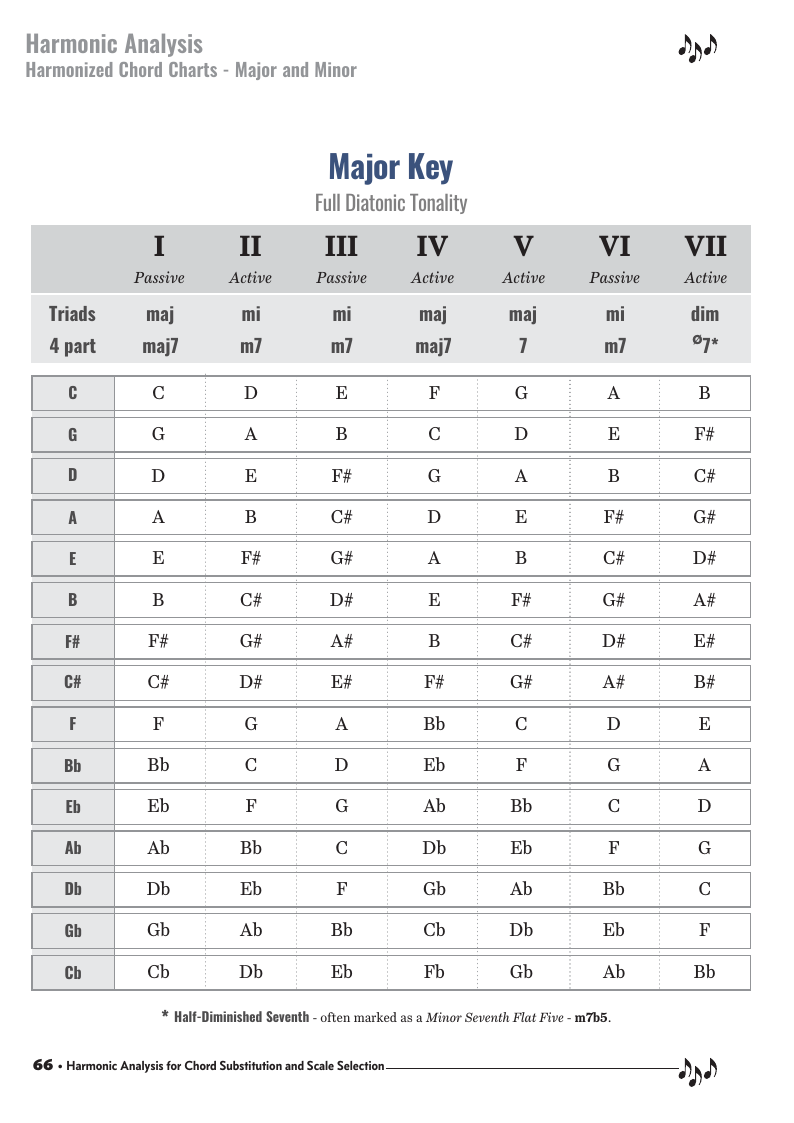
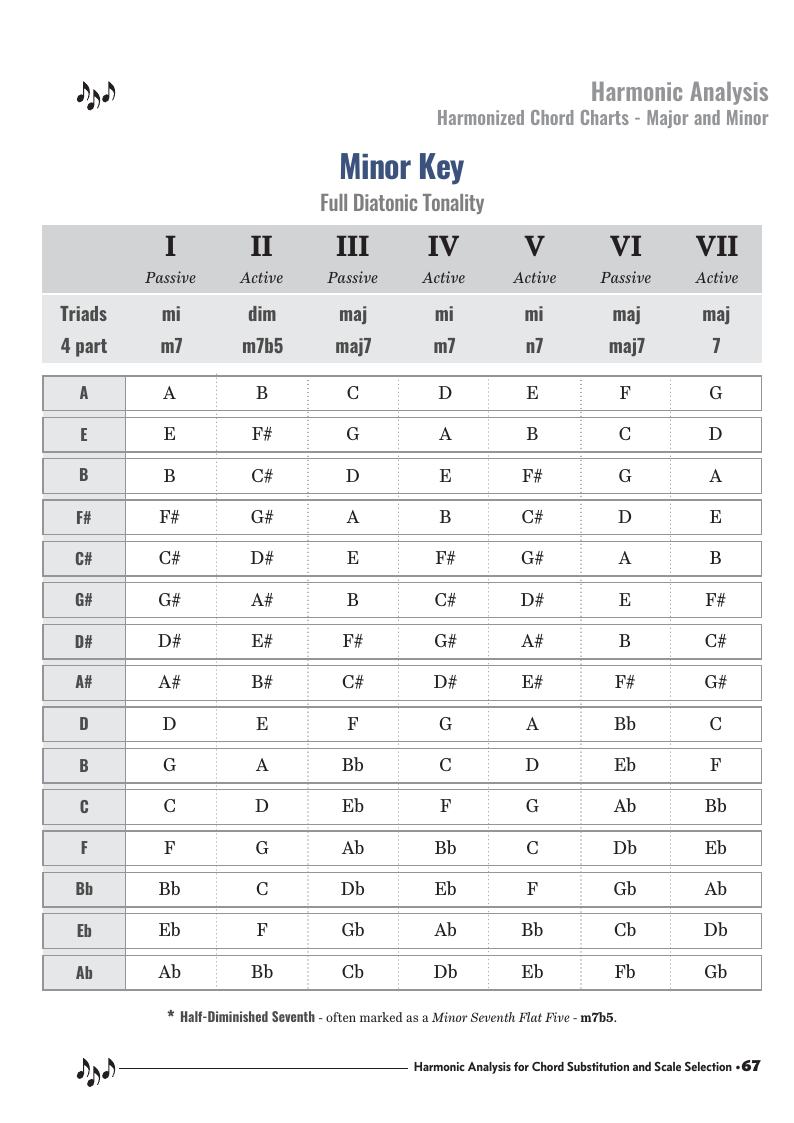
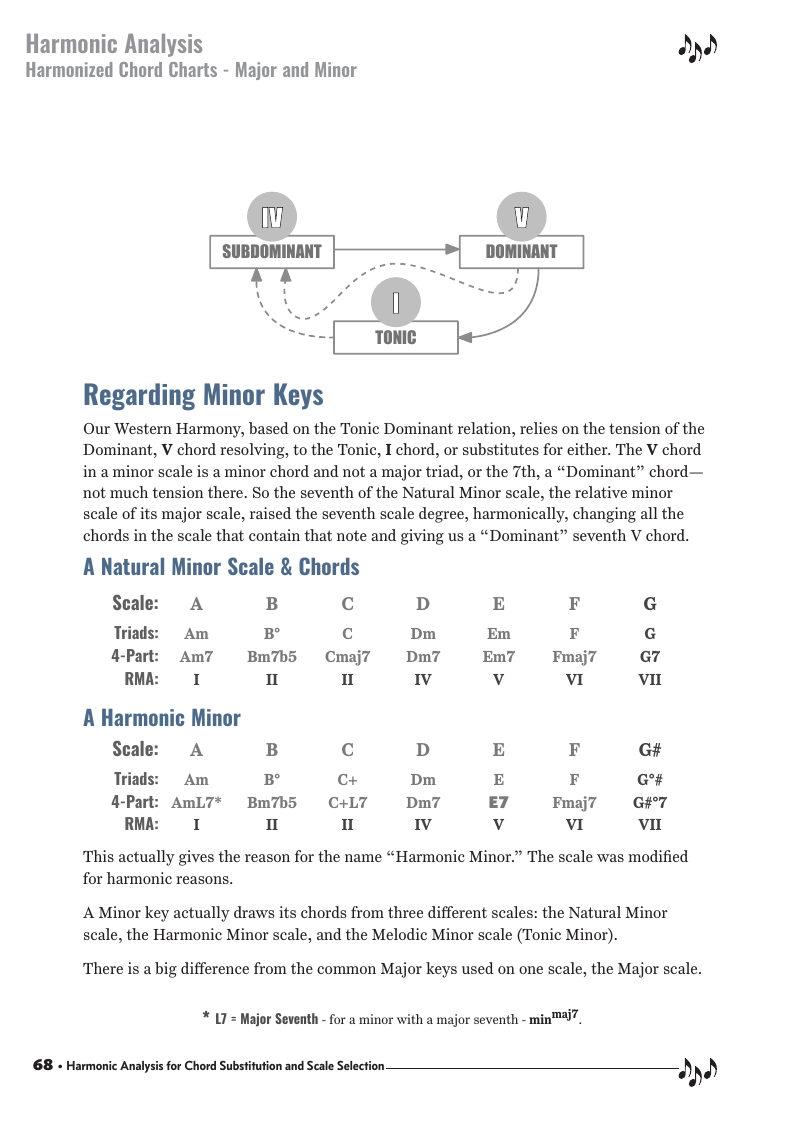
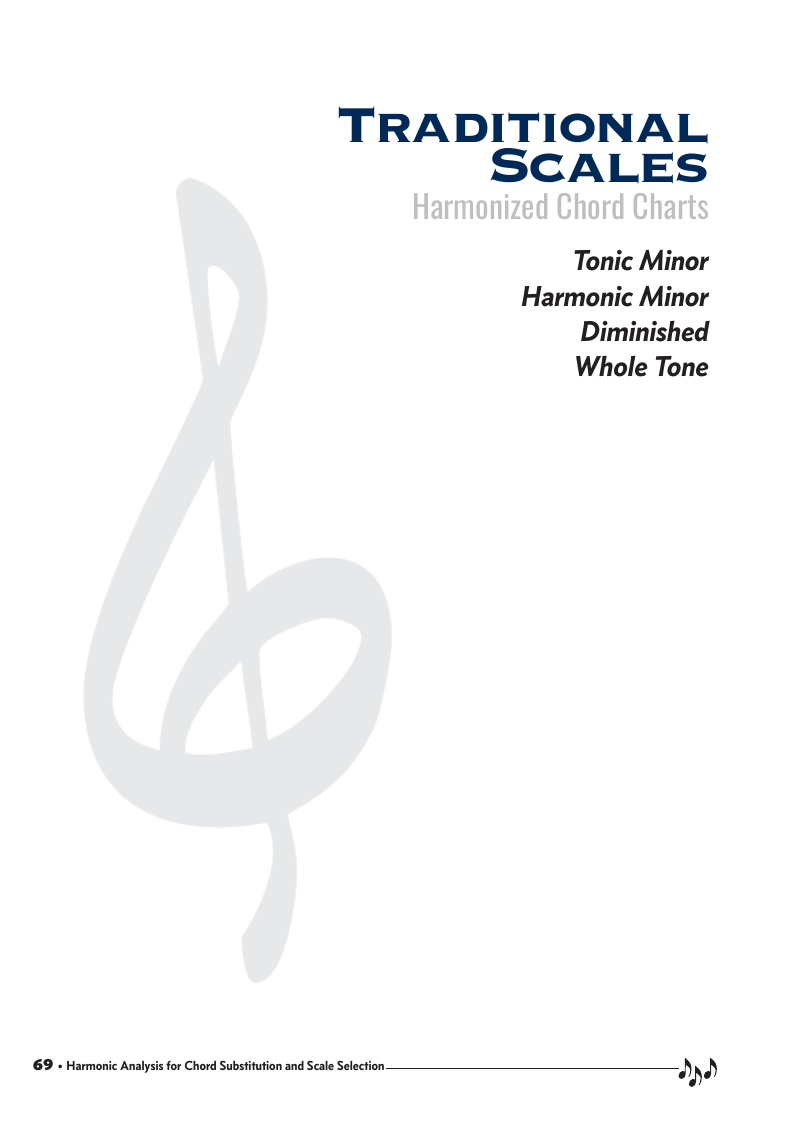
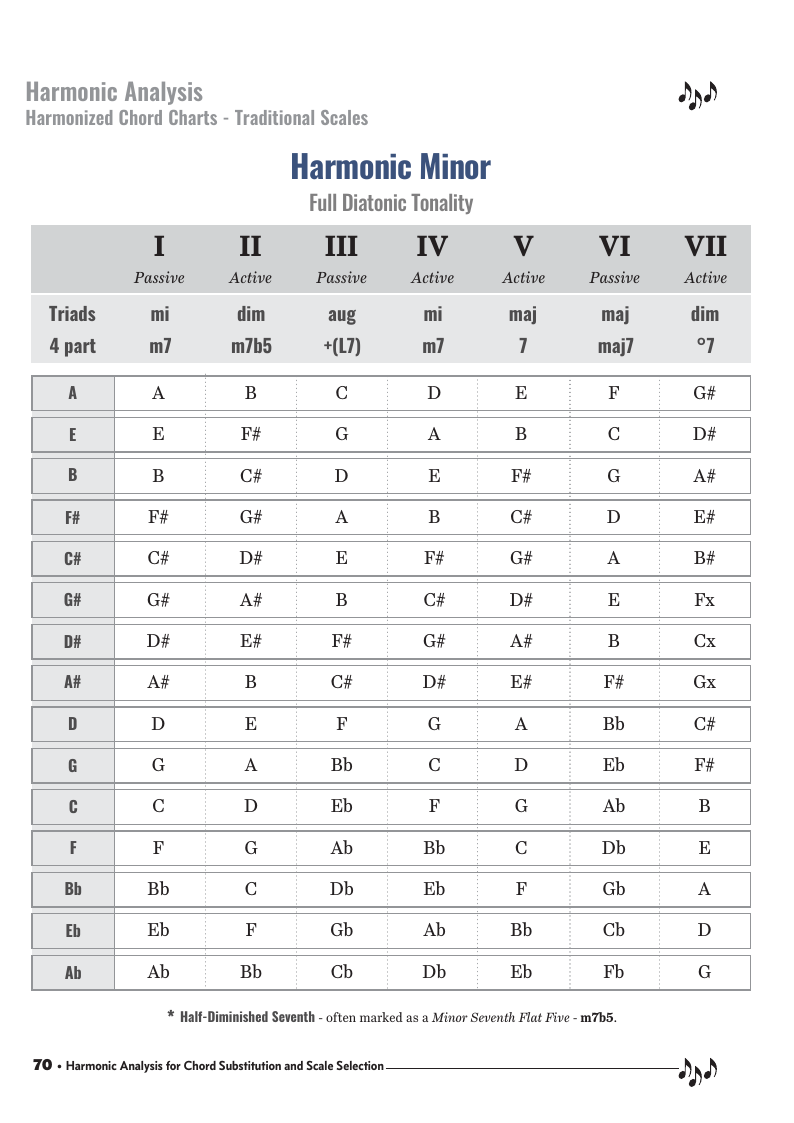
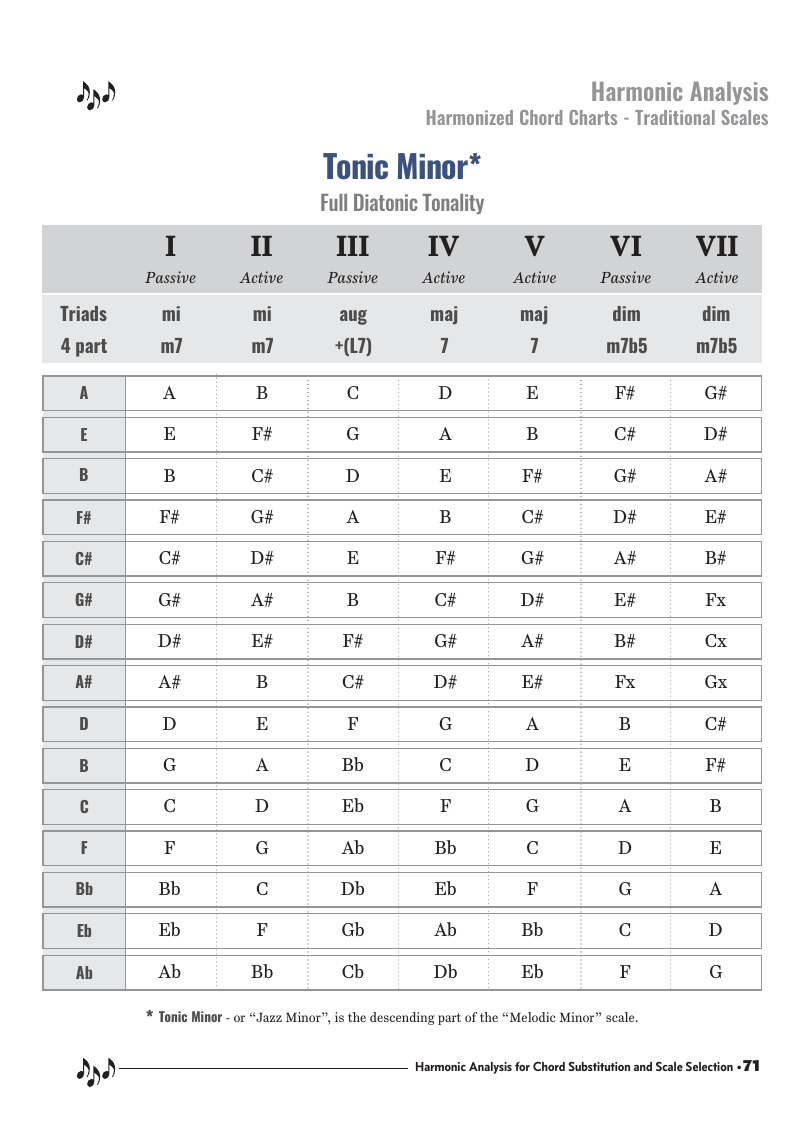
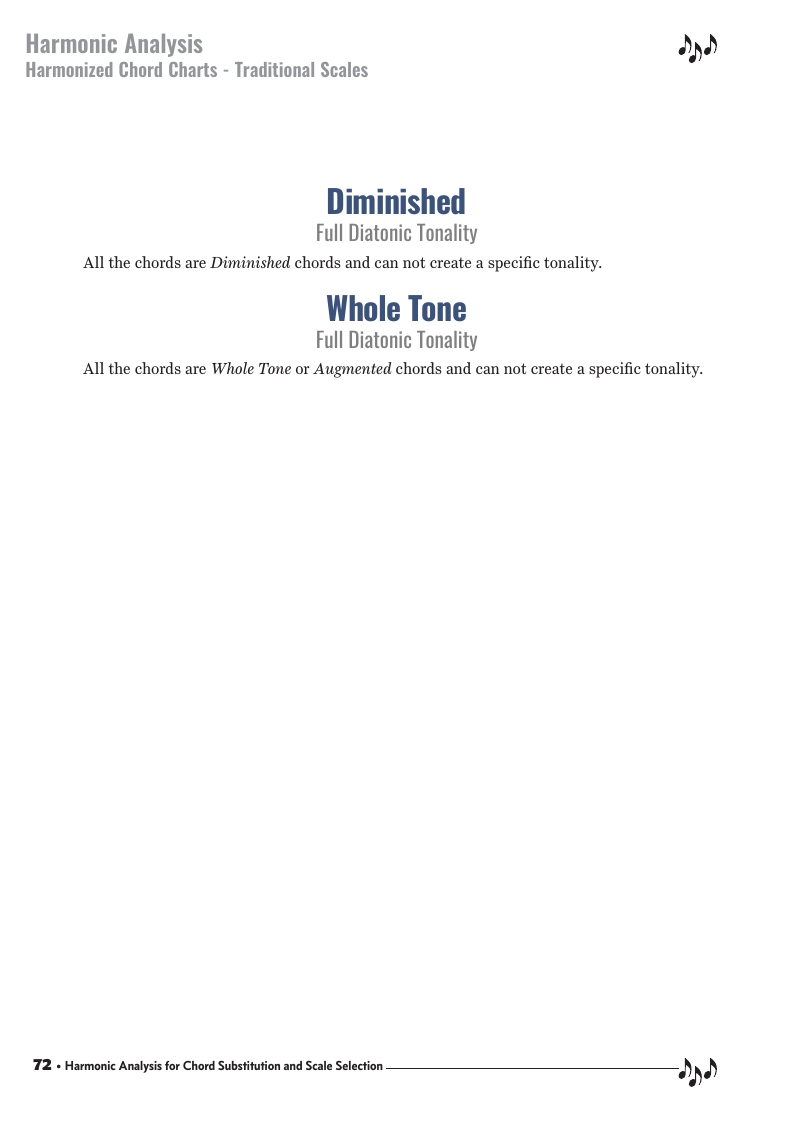
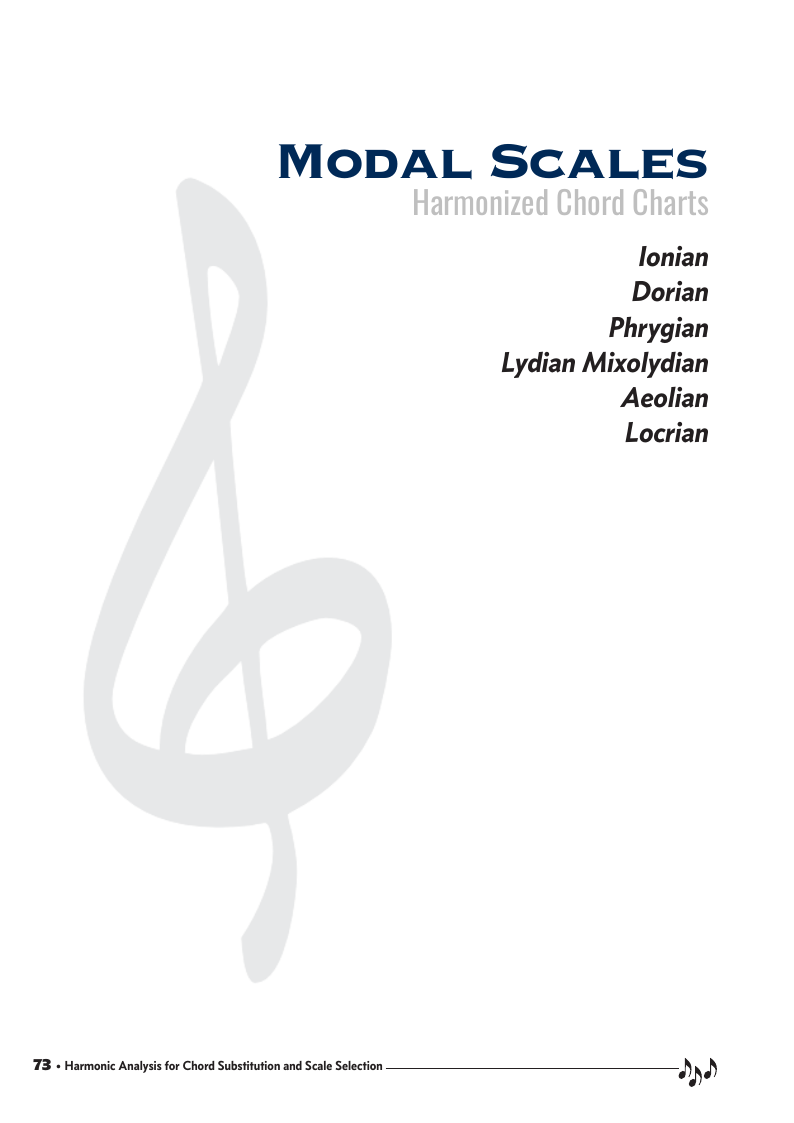
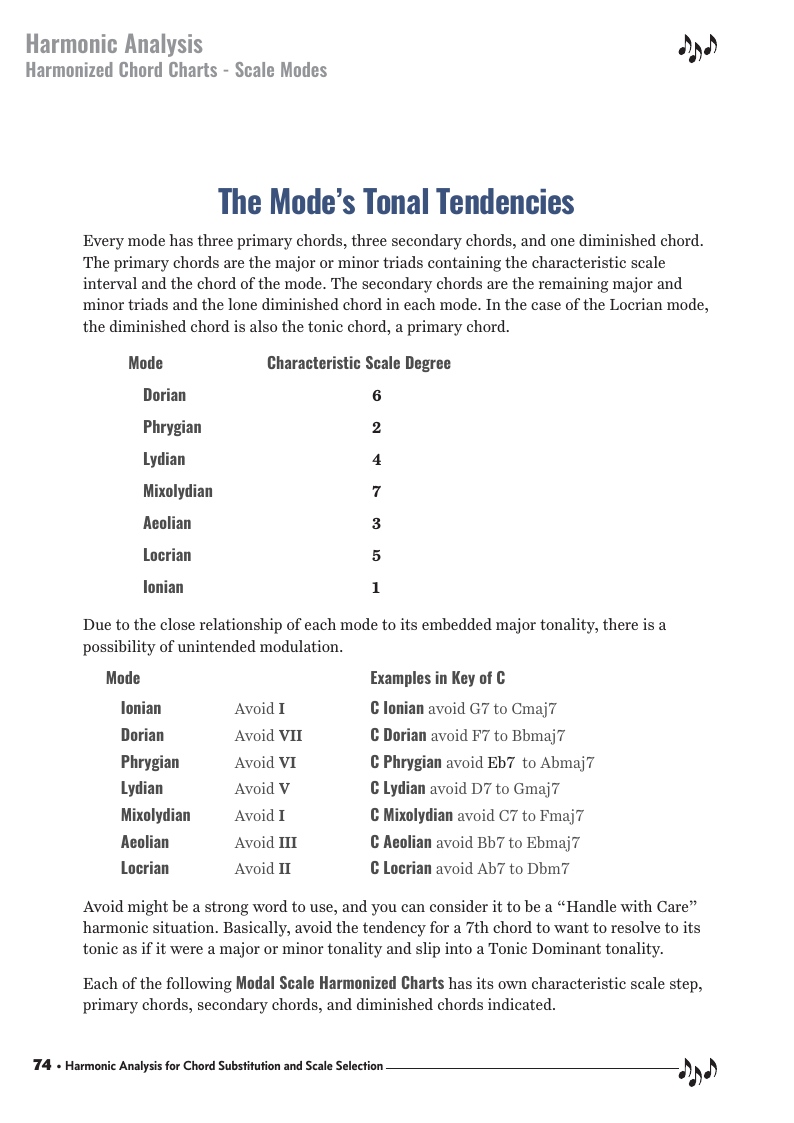
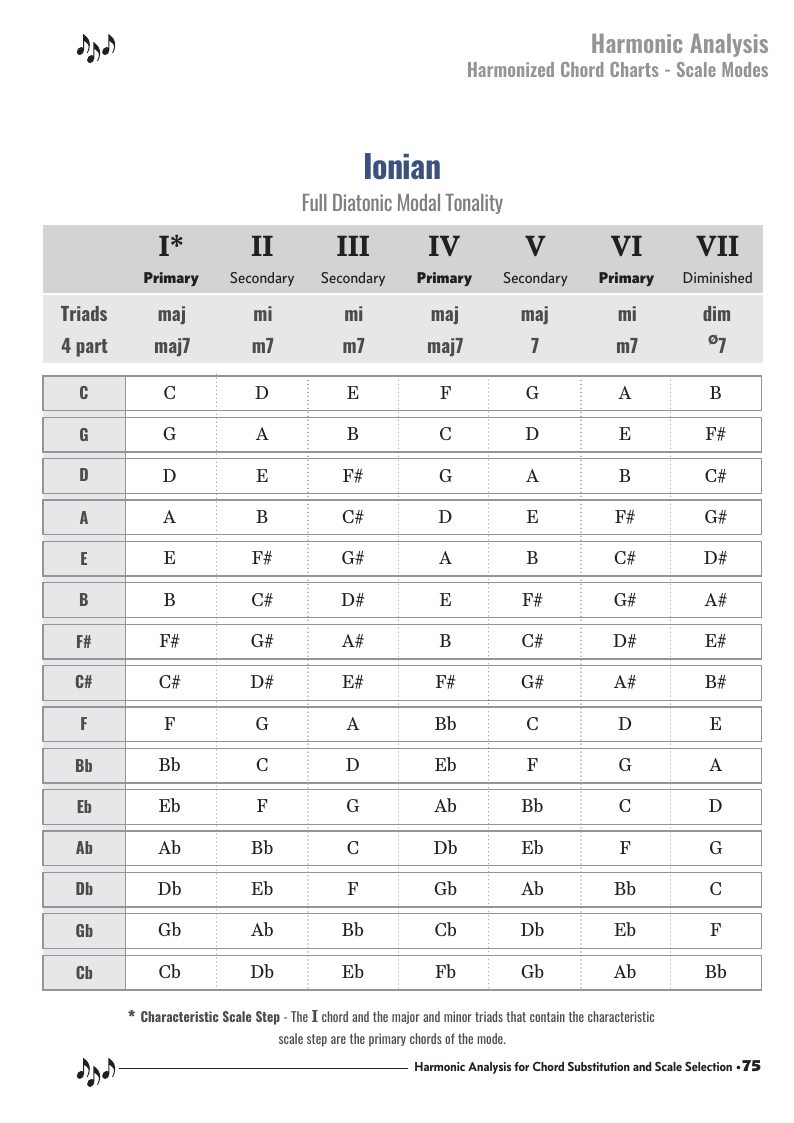
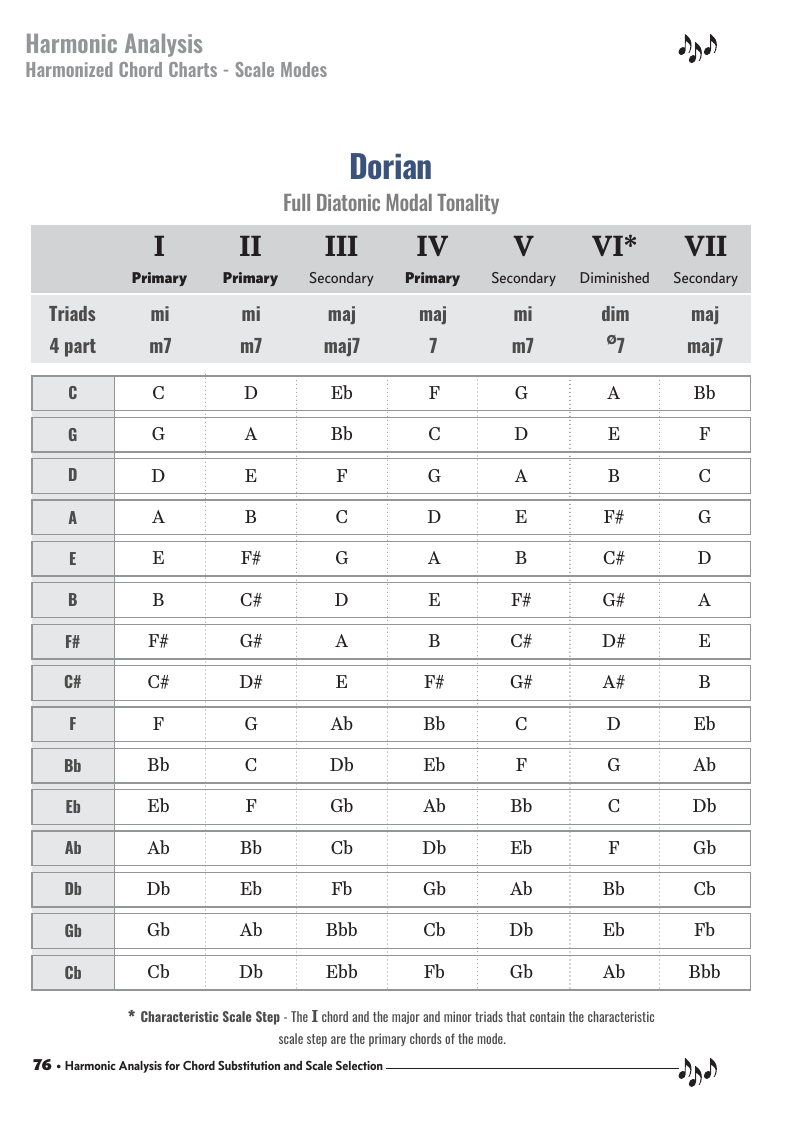

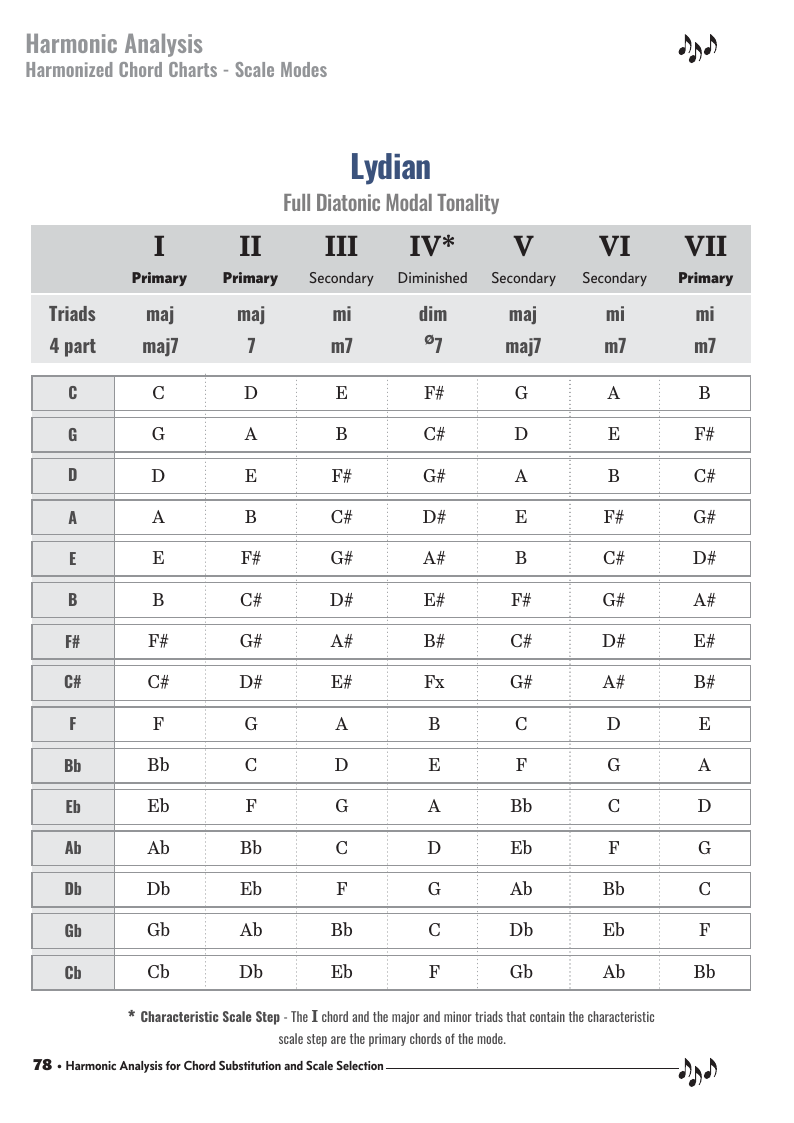
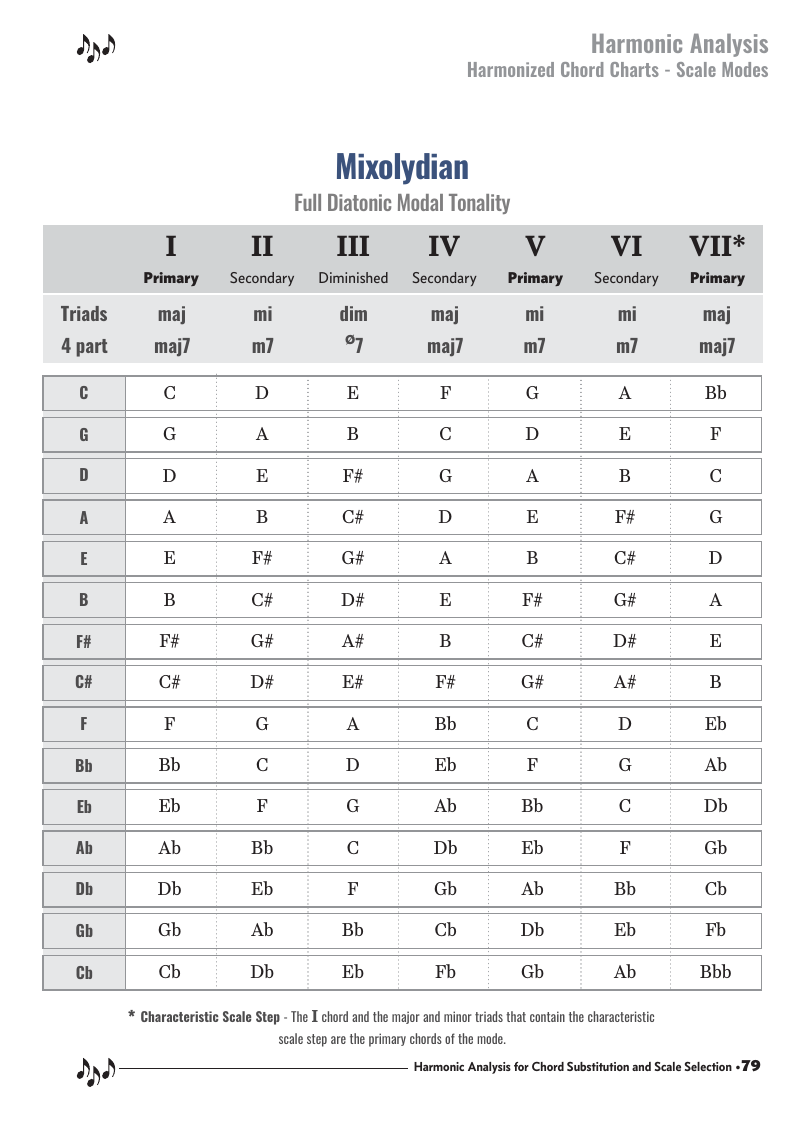

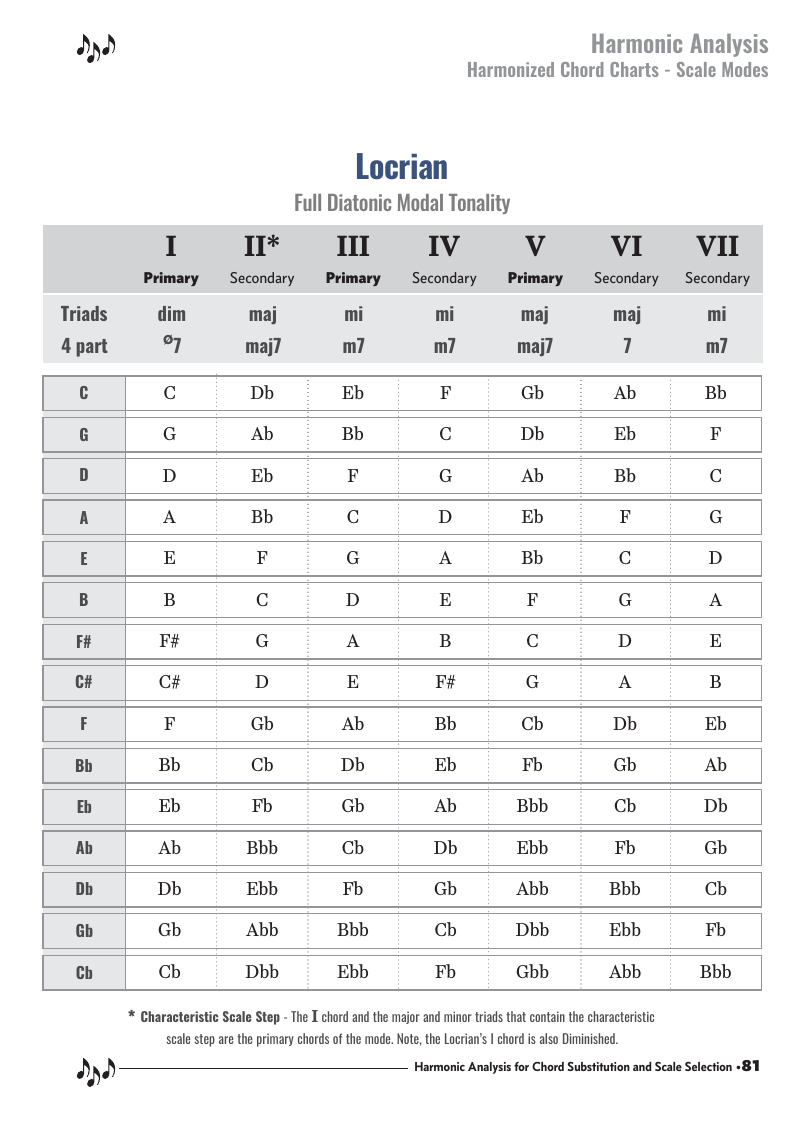

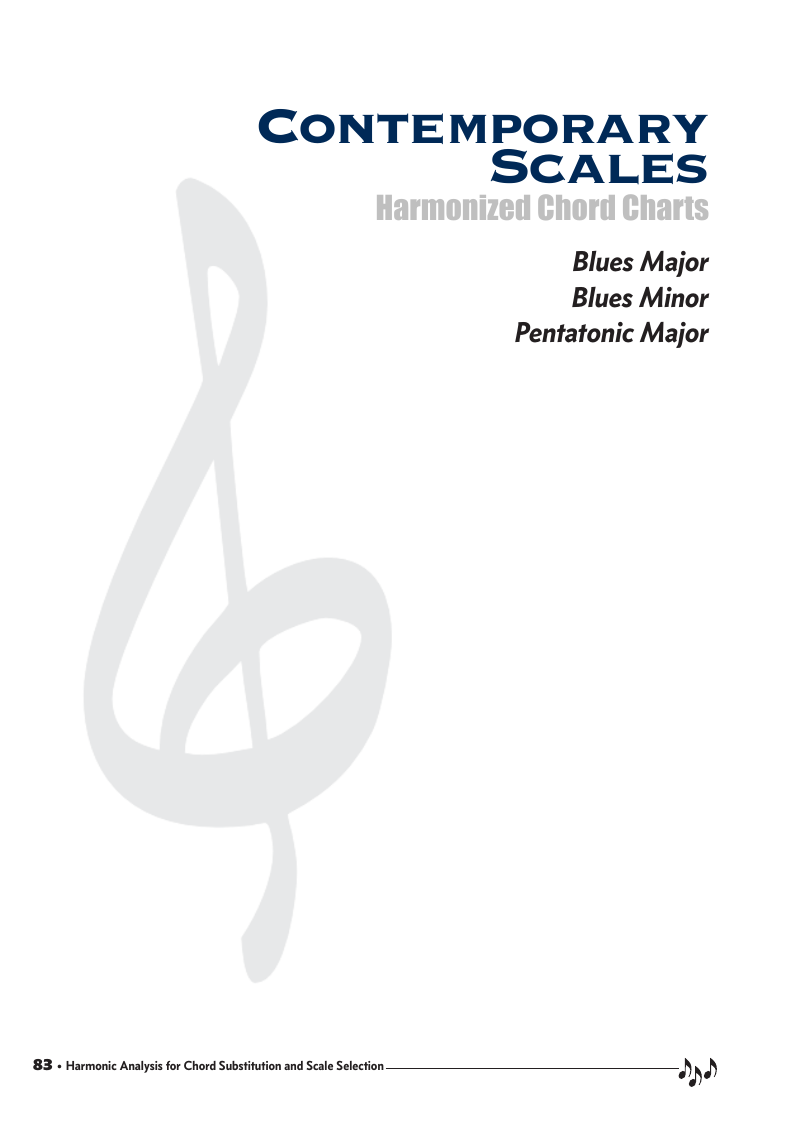
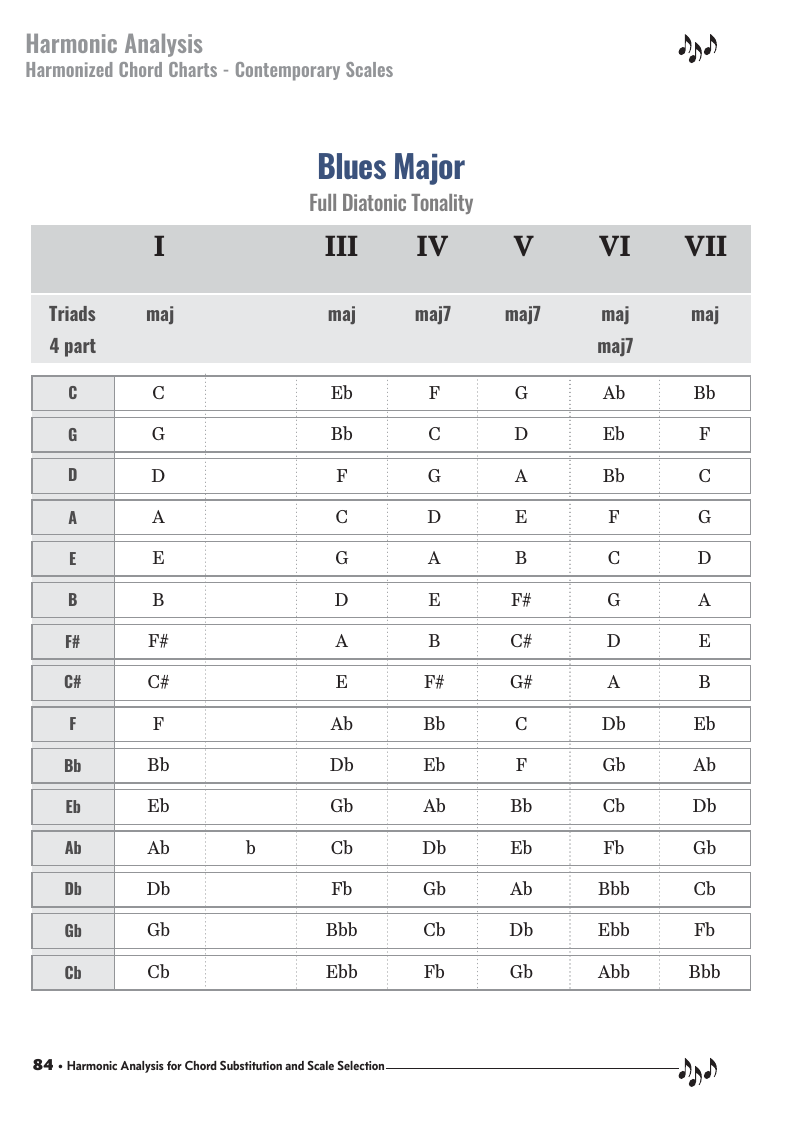
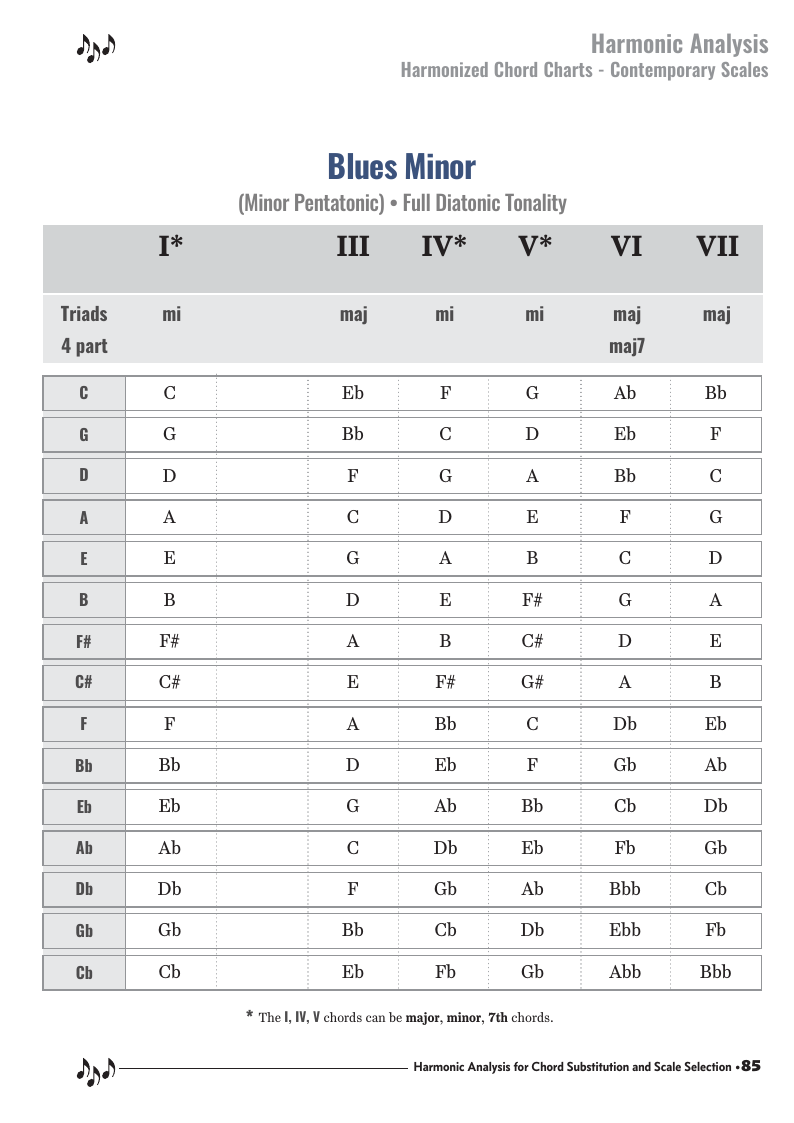
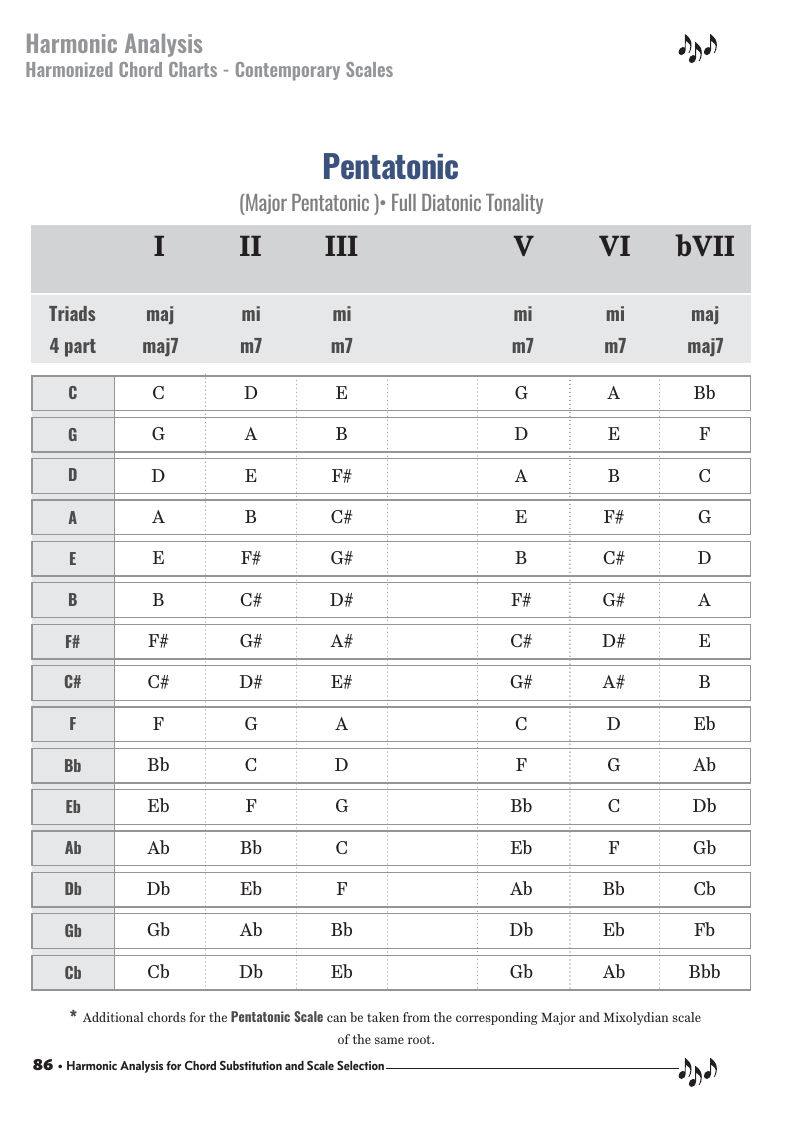
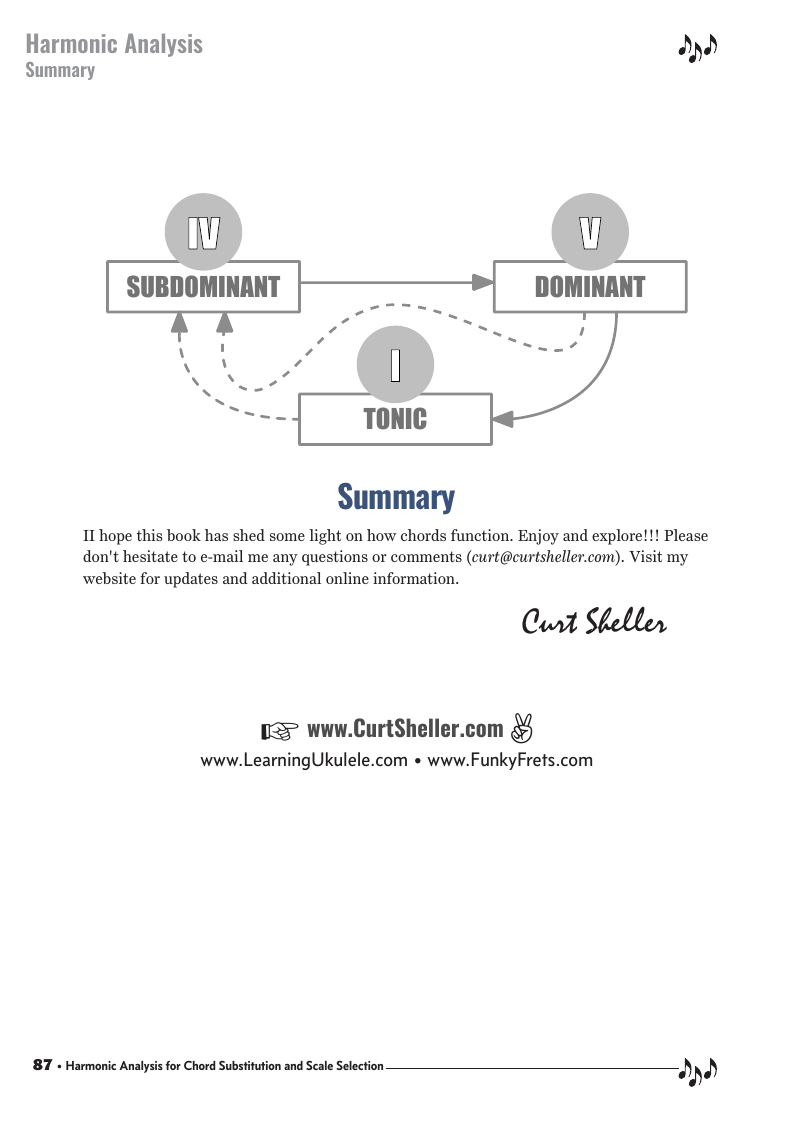
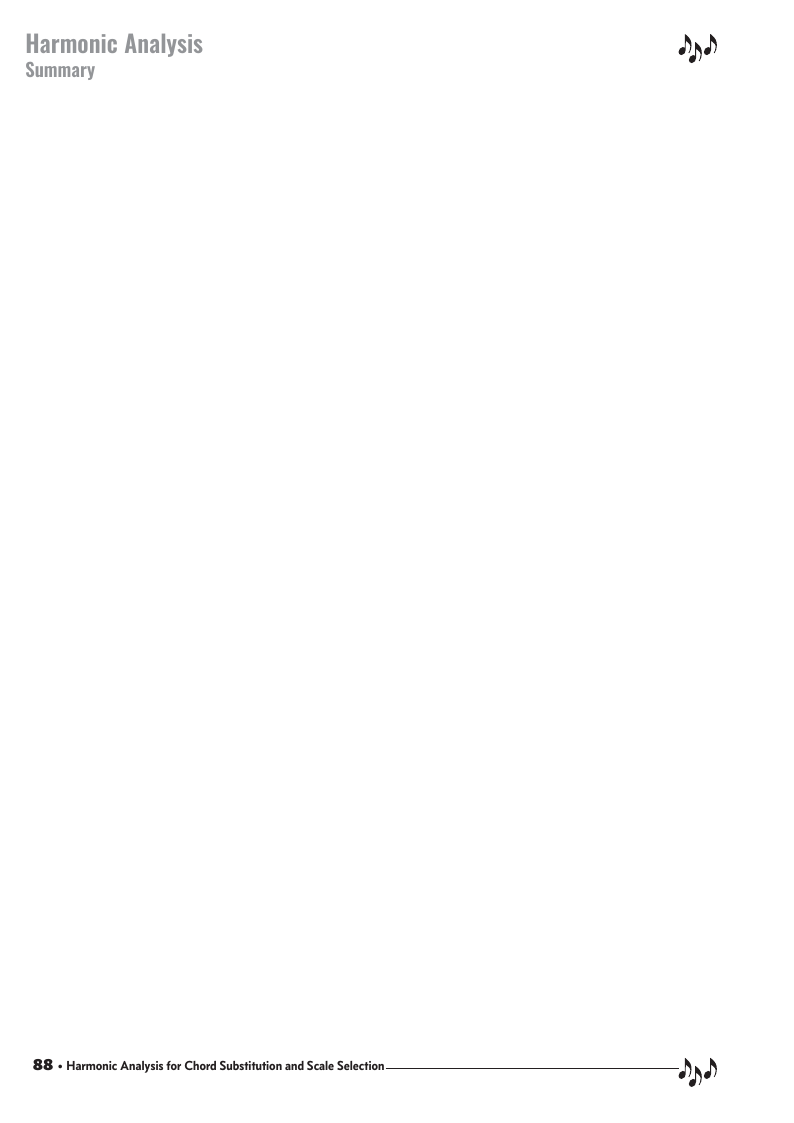
Author(s): Curt Sheller
Publisher(s): Curt Sheller Publications
Published: Jan 2, 2003
Updated: Jun 8, 2024
ISBN-13: 978-0-9714044-2-7
Size*: Book ANSI A (8.5 x 11 in), PDF A4 (210 x 297 mm)
Pages: 88
Hard Copy Price: $19.95
PDF Price: $9

• click to Hide more info • click to Show more info
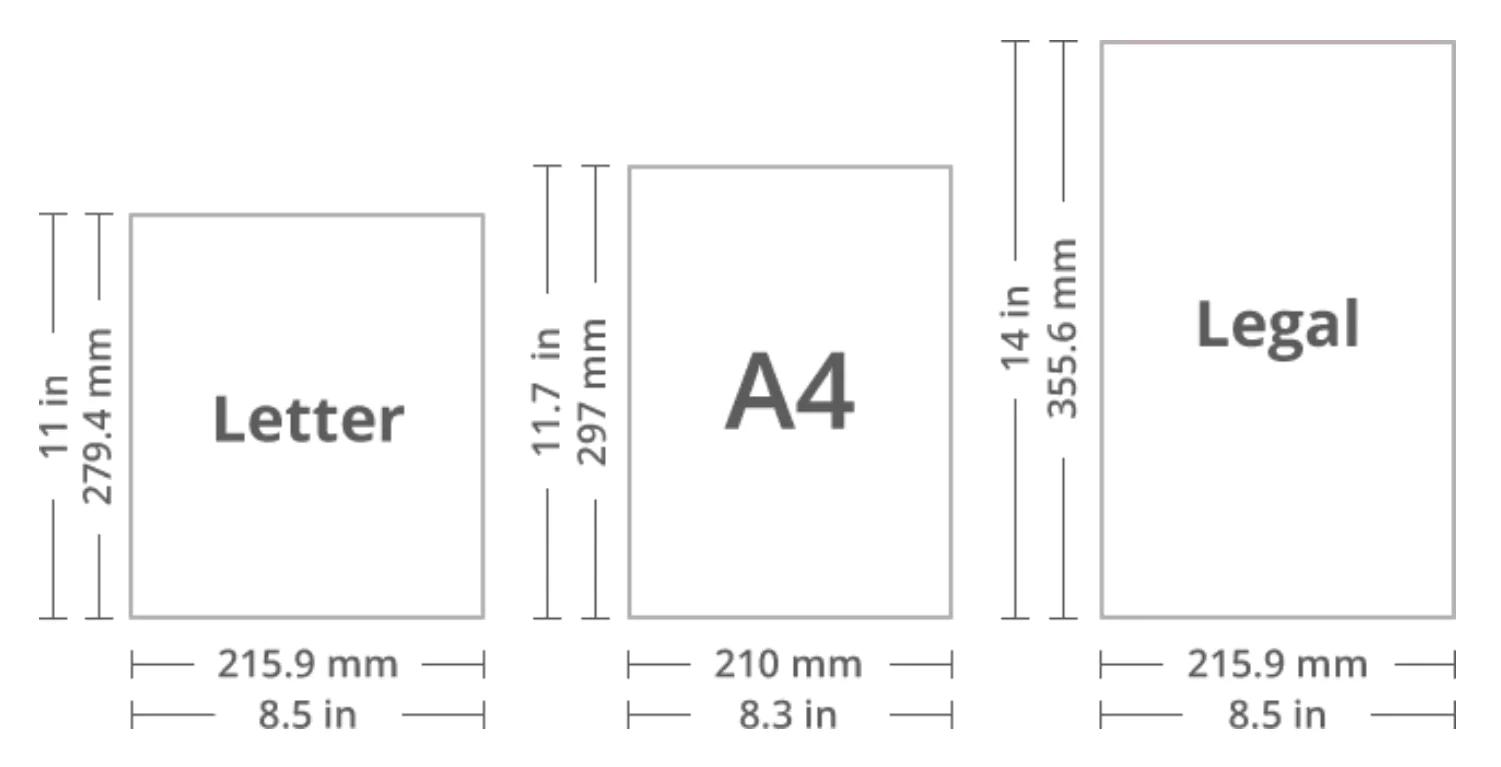
- A4 (210 x 297 mm / 8.3 x 11.7 in)
- ANSI A (US Letter): (8.5 x 11 in / 216 x 279 mm)
- Legal US Legal: (8.5 x 14 in / 216 x 356 mm) shown for reference
Scale to Fitand the A4 size will print out fine.
Harmonic Analysis is the understanding of the functional sequence of chords. It is the process used to analyze the harmonic structure of a progression, song or composition. This analysis is then used to make scale selections for improvisation and chord substitution.
Excerpt from Harmonic Analysis for Scale Selection and Chord Substitution
- Analysis of Chord Functions within Chord Progressions
- Scale Selection Based on Chord Function
- Chord and Scale Substitution Principle
The chord progressions in this book employ the principles that occur in Tonic-Dominant harmony used in the Jazz and Popular songs widely considered to be part of the "standard" jazz repertoire.
A special thanks to Chuck Anderson for many of the concepts put forth in this book. As well as Glen Hirabayashi with help in editing this second edition.
Harmonic Analysis (HA) is the process used to determine the harmonic function of chords within a chord progression, song or composition. A chord progression is defined as a sequence of chords, with each chord having a root and a particular chord type. The relationship of a chord's root to a scale determines its function within that scale's tonality. Once a chord's function is identified, scale selections along with chord and scale substitutions are made. We call this process Root Movement Analysis (RMA).
Root Movement Analysis is the process of determining the root movement of chords within a chord progression, song or composition, the chord types as well as identifying tonal centers. This root movement can be determined and categorized using one of six harmonic principles and the harmonized chord charts contained in this book. These principles six harmonic principles will be covered in the next chapters.
A chord, in music, is any harmonic set of pitches consisting of two or more (usually three or more) notes. The most common collection is created by the stacking of intervals of thirds. These thirds are a combination of major or minor thirds. These three note chords are called triads. Four notes make up 4-part chords, five notes make up a 5-part chord, all the way up to chords that include all the notes of the scale. These chords create a Harmonized Chord Scale that is used for a Root Movement Analysis. For the purposes of harmonic analysis this book uses triads and 4-part chords only...
- Introduction
- Basic Concept
- The Harmonized Chord Scale
- Root Movement Analysis
- The Six Harmonic Principles (Overview)
- Full Diatonic
- Determining Tonality
- Partial Diatonic
- Secondary Dominants
- VI7 - V of II
- VII7 - V of III
- I7 - V of IV
- II7 - V of V
- III7 - V of VI
- Chained Secondary Dominant Cycles
- Diminished Chords?
- Determining a Modulation
- Pivot or Double Function Chords
- Common Modulations
- Common Major Keys
- Common Chord Progressions
- Chord's Harmonic Function
- Im ImL7 Im7 Im6
- Im7 Im7+5 Im6
- Picardy Third
- Chromatic Sevenths
- Confirmation Sequence
- Vertical Scale Choices
- Horizontal Scale Choices
- Full Diatonic Chords
- Partial Diatonic
- Internal Modulation
- Unresolved
- Cycle
- Chromatic
- The Lydian Scale Uses vs Ionian Scale
- Direct Substitutions
- Replacement
- Expansion
- Substitution Characteristics
- Superimposed
- Non Superimposable
- Note Substitution
- Inversions
- Linking
- Re-harmonizations
- Diatonic Substitutions
- Passive
- Active
- The Minor Third Substitution Principle
- bVII7
- bII7
- III7
- Major Key
- Minor Key
- Harmonic Minor
- Tonic Minor
- Ionian
- Dorian
- Phrygian
- Lydian
- Mixolydian
- Aeolian
- Locrian
- Blues Major
- Blues Minor
- Pentatonic
- 2024-06-08 - New A4 size and updates and a few new additions.
- 2021-06-10 - Page 17 - Line 1 of the first Key Center, Chord Function chart. The Dm should be I IV7 bVII7maj7. Not I IV7 #Imaj7
- 2021-04-12 - Updated the Locrian chart header on page 81. Characteristics Scale Step the fifth (5th) of the scale not the second. This is also changed on the "The Modes Tonal Tendencies" page 74 of the charts section.
- 2006-06-02 - Updated ISBN number to new ISBN-13 number.
- 2004-10-24 - 20041024.1.1 - Fixed a few typos.
- 2004-04-12/ - New color cover.
- Version 200401252230
- 2004-01-25 - Several changes made and additional common progressions added.
- 2004-01-19 - Page 78 Aeolian chord chart D Aeolian row wrong. All future versions of the book will reflect this change. Version 200401201100
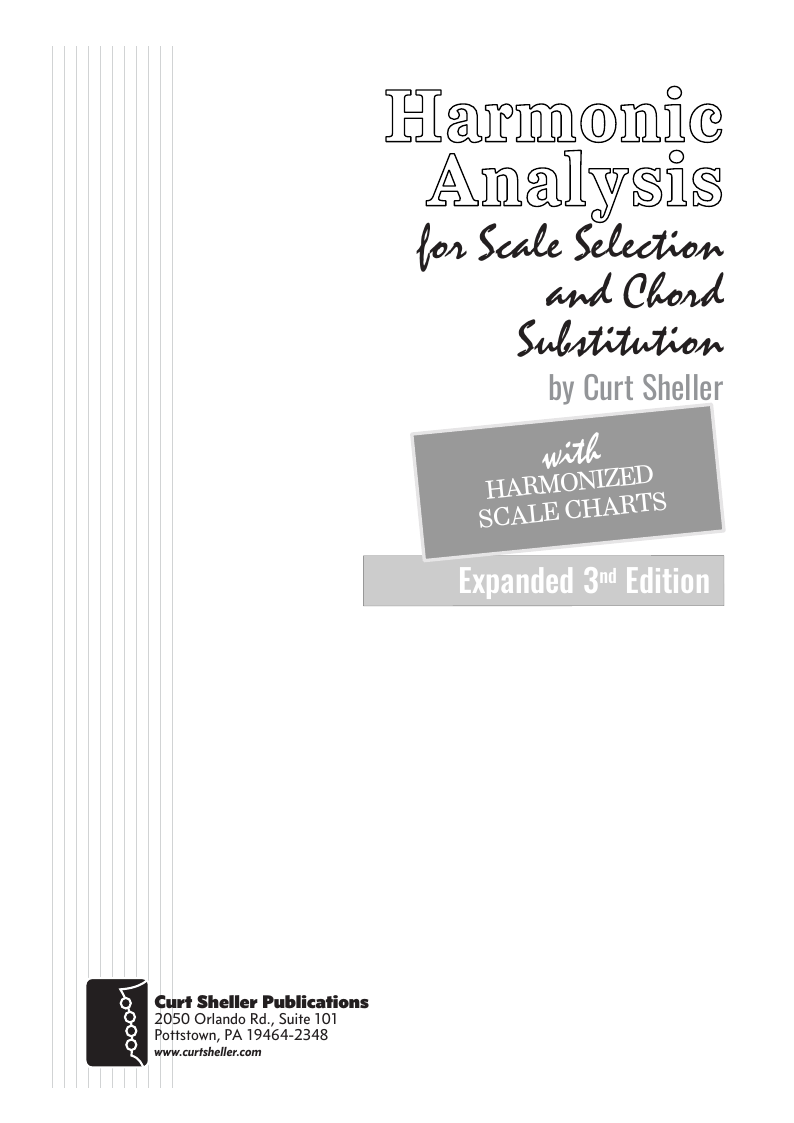
Harmonic Analysis ( HA ) is the process used to determine the harmonic function of chords within a chord progression. A chord progression is defined as a sequence of chords, each chord has a root and has a particular chord type. The relationship of a chord's root to a scale determines its function within that scale's tonality. Once a chord's function is identified, scale selections along with chord and scale substitutions can be made. This process is called Root Movement Analysis ( RMA ). This series of lessons are extracted from my book for use with individual private and on-line students. Each lesson directly corresponds the chapters in my book Harmonic Analysis for Scale Selection and Chord Substitution by Curt Sheller (me).
Harmonic Analysis for Scale Selection and Chord Substitution.

Harmonic Analysis (HA), also known as the study of chord relationships, is the method used to identify the harmonic role of chords within a chord progression or song. A chord progression refers to a sequence of chords, with each chord having a root note and belonging to a specific chord type. The function of a chord within a particular scale's tonality is determined by its relationship to that scale.
Harmonic Analysis for Scale Selection and Chord Substitution.
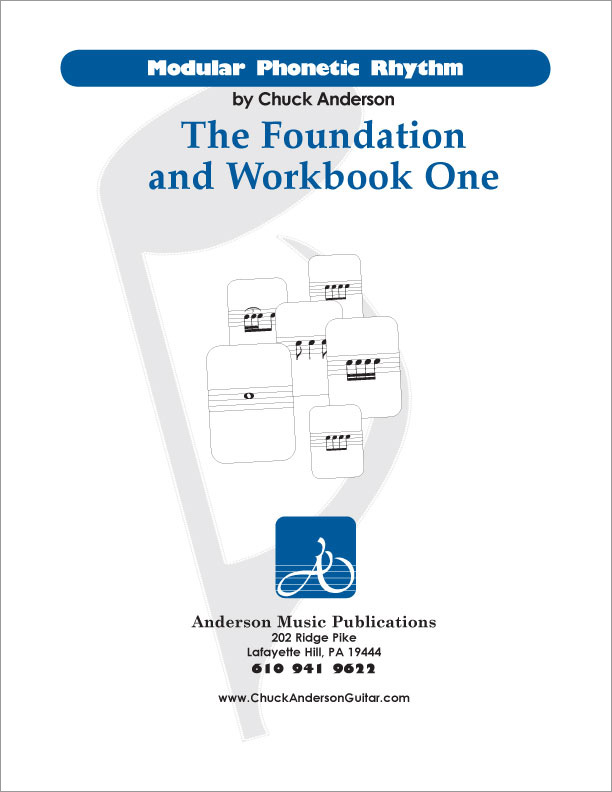
Modular Phonetic Rhythm represents a significant advance in the teaching and application of rhythm. Eliminating many inefficient aspects of rhythm education, Modular Phonetic Rhythm streamlines the traditional educational approach, resulting in a reflexive reaction to rhythm.


return in your investment)—it is this— learning the
f*ckingnotes of your OWN instrument. Sorry for the tough talks—but it is sooooo true!


Learn to read single note melodies in the first/open position is a lot easier than you might think. Book: Ukulele – Reading Music Series – Primer

An organized collection of daily practice and reference material for the contemporary ukulele player for developing the vocabulary and knowledge necessary for single note playing. Book: Daily Practice Material for the Contemporary Ukulele
Checkout the Books & Reference Charts for additional Handy, Dandy Reference Charts.

Ukulele Fingerboard Chart for C Tuning, Low or High G – G C E A

Ukulele Fingerboard Chart for G Tuning, Low or High A – D G B E

A handy reference chart of all 15 major and relative minor key signatures. US Letter 8.5 x 11 sized (ANSI-A) , A4
Harmonic Analysis for Scale Selection and Chord Substitution.
"Every so often a music theory book comes along that takes an approach so unusual and fun that even an ex-grad student can get excited about the subject. A book like this could make all the difference in the world for the kind of student whose eyes start to glaze over at the mere mention of the word 'theory.'" Ernie Rideout, Keyboard Magazine - Ernie Rideout, Keyboard Magazine
Chords can not be named out of context. They can only be named in the context of a chord progression or chord sequence and then only when the chord's harmonic function within that progression can be determined - Curt Sheller (me) That's the single most sensible statement about music that I've read in months, maybe years. Thanks, Curt. - John Kavanagh - The 4th Peg Parlor Room
Just browsing over both books, they look fantastic! I'm a guitarist and uke player for over 25 years and was thinking about writing a ukulele book but you've already written what I think are the best, most comprehensive and thorough books I've ever seen for the instrument. I just might end up buying every book you've written and I'll be giving my highest recommendation for your books to my friends and students.
Thank you so much for taking the time to write such great books! - Peter Rhee
Curt’s repertoire consistently stretches the ukulele envelope by incorporating jazz, blues, and pop into a pleasantly entertaining mix. - Gerald Ross
Harmonic Analysis for Scale Selection and Chord Substitution - If you ask, When I'm playing a solo over a jazz song, how do I know which notes work at any point in the song?, then you may want to have a look at this book (Harmonic Analysis for Scale Selection and Chord Substitution). You can glean this information from many sources, but this is a pithy, direct approach to the heart of the answer you're looking for. I would also suggest, for a broad, comprehensive, and beautifully written "Bible" on understanding jazz, Mark Levine's "The Jazz Theory Book." - James K. Kroger, Ph.D., Department of Psychology, New Mexico State University





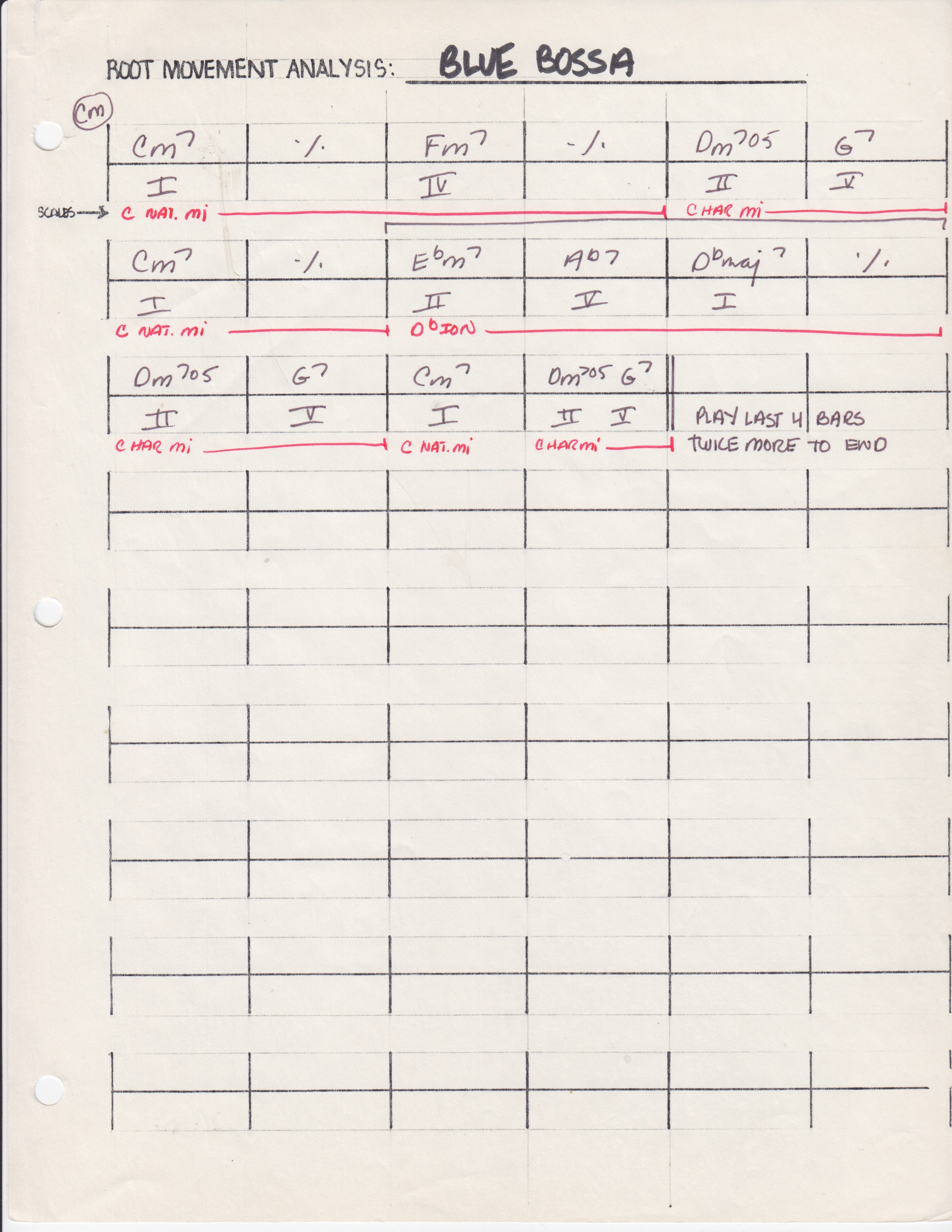


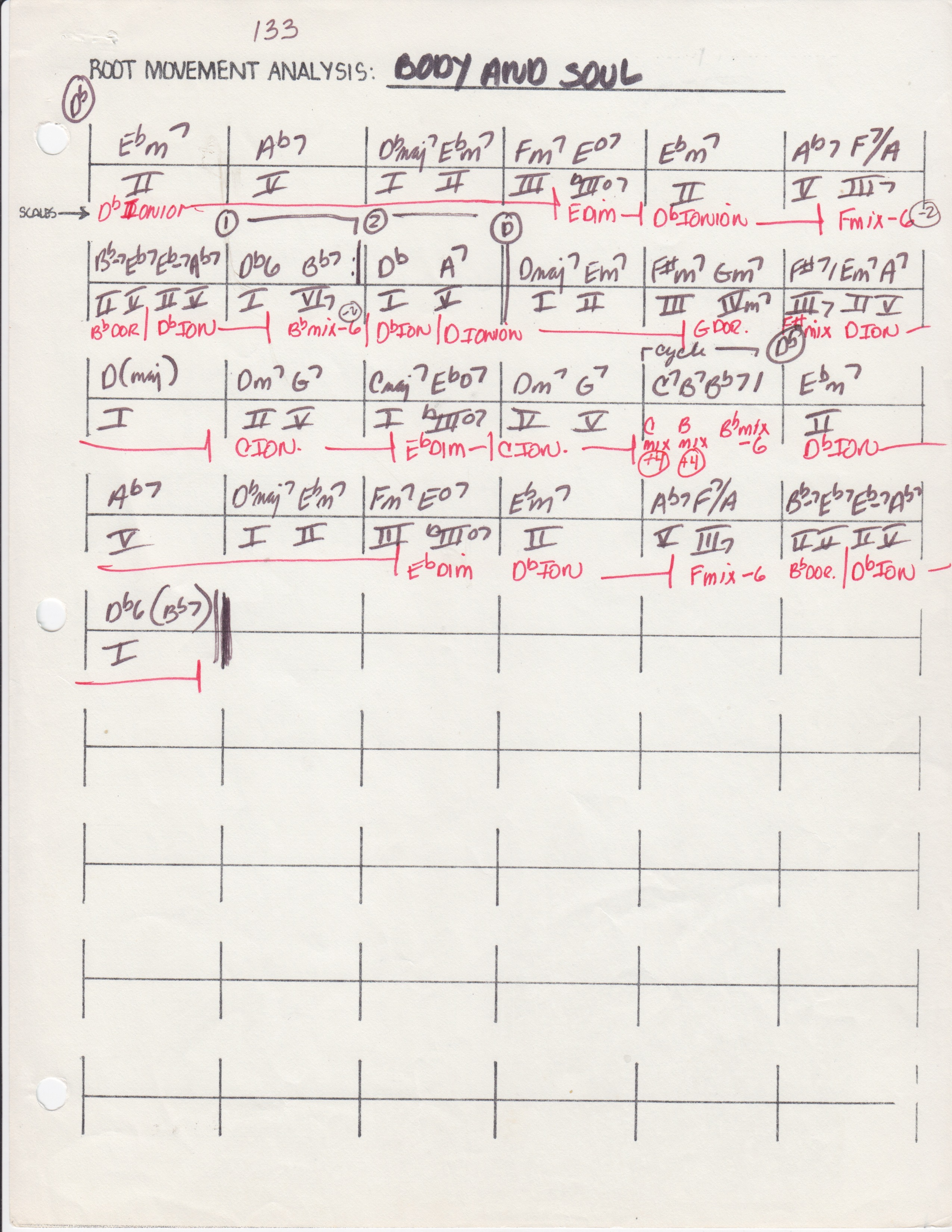
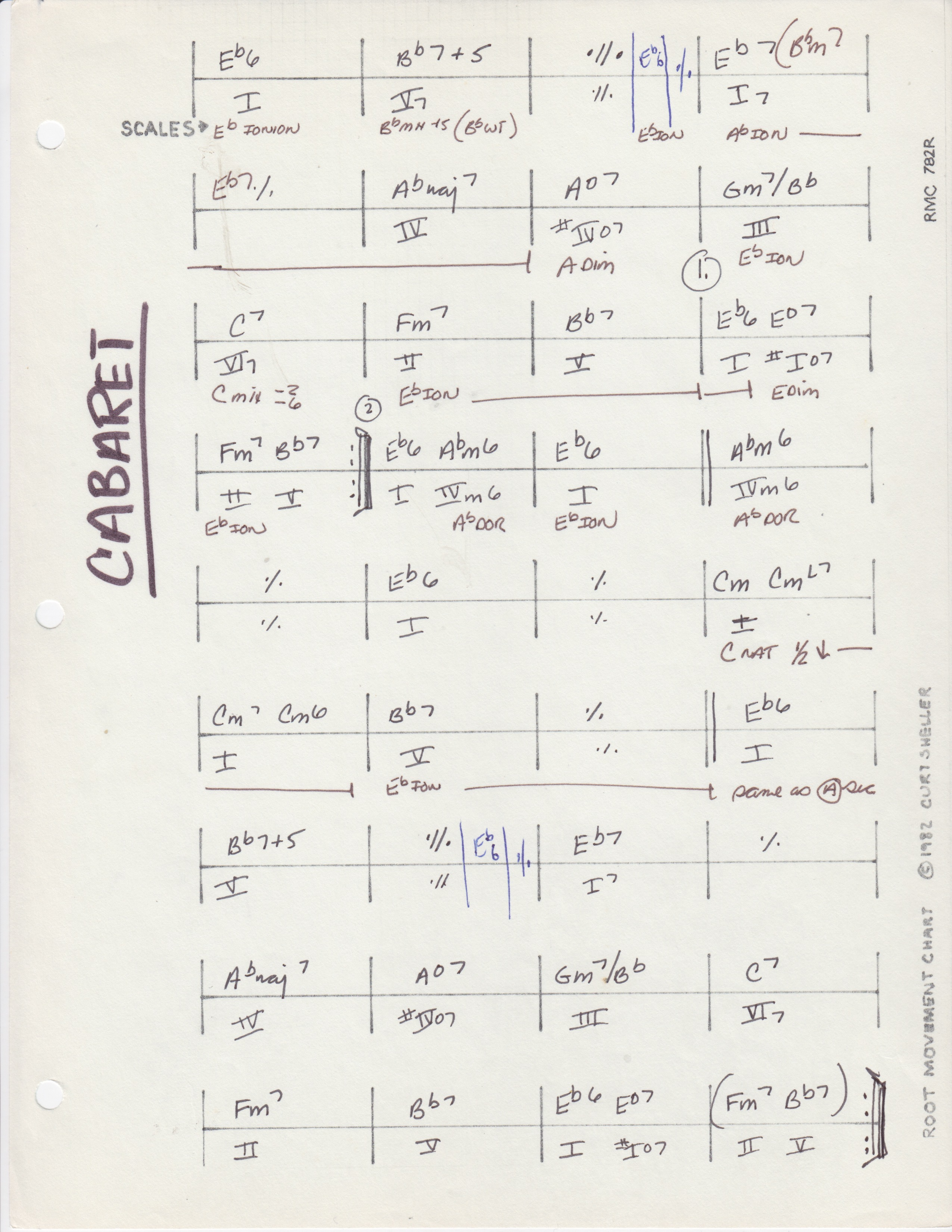
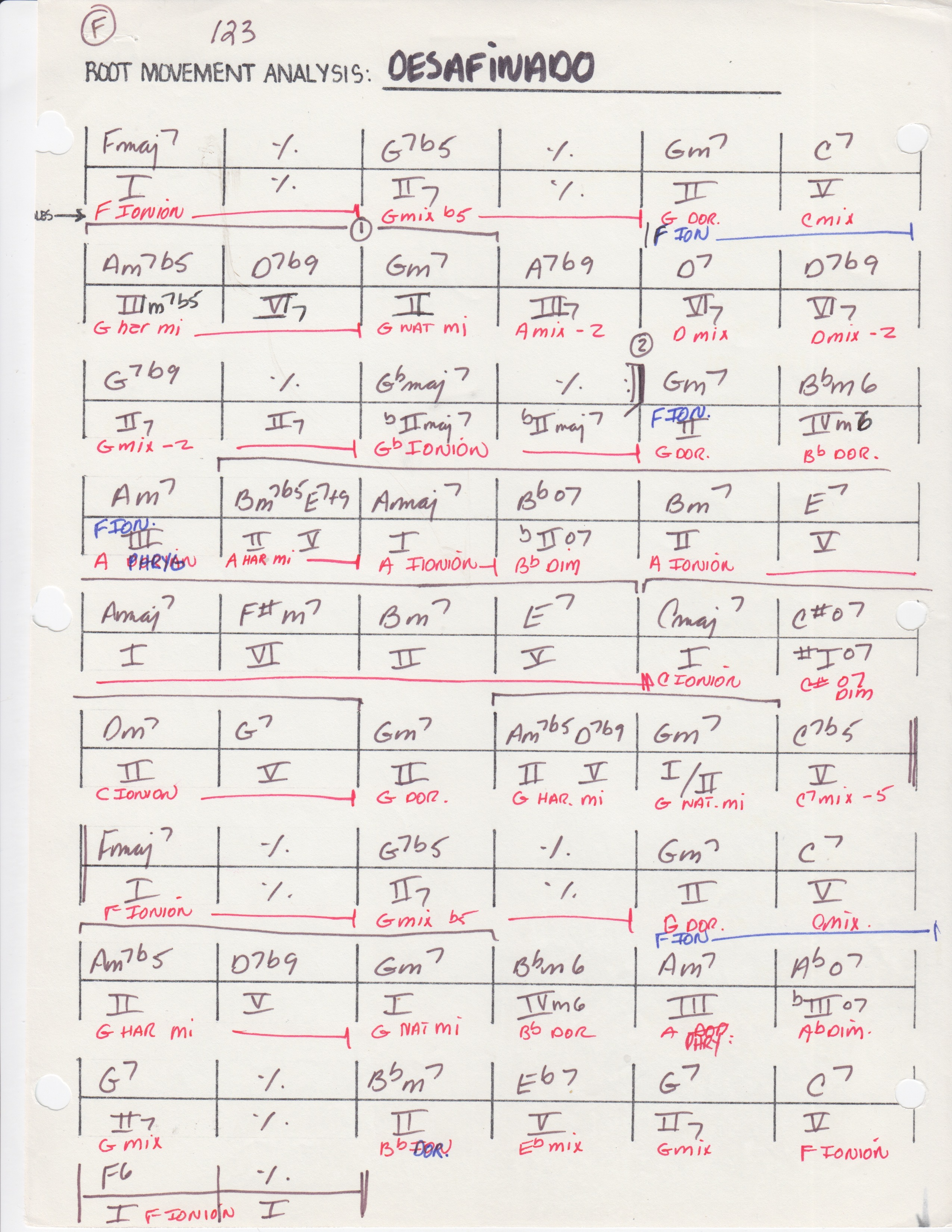
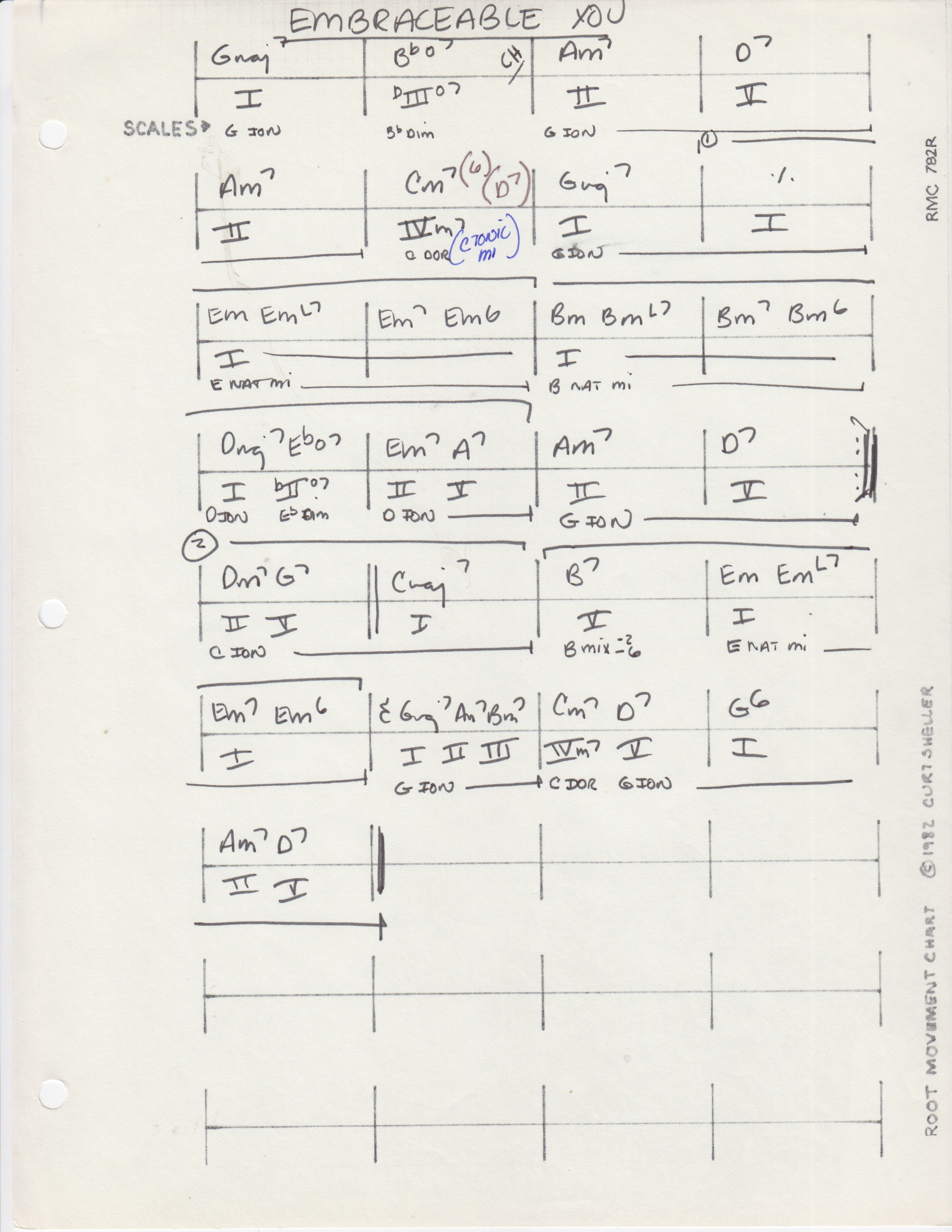


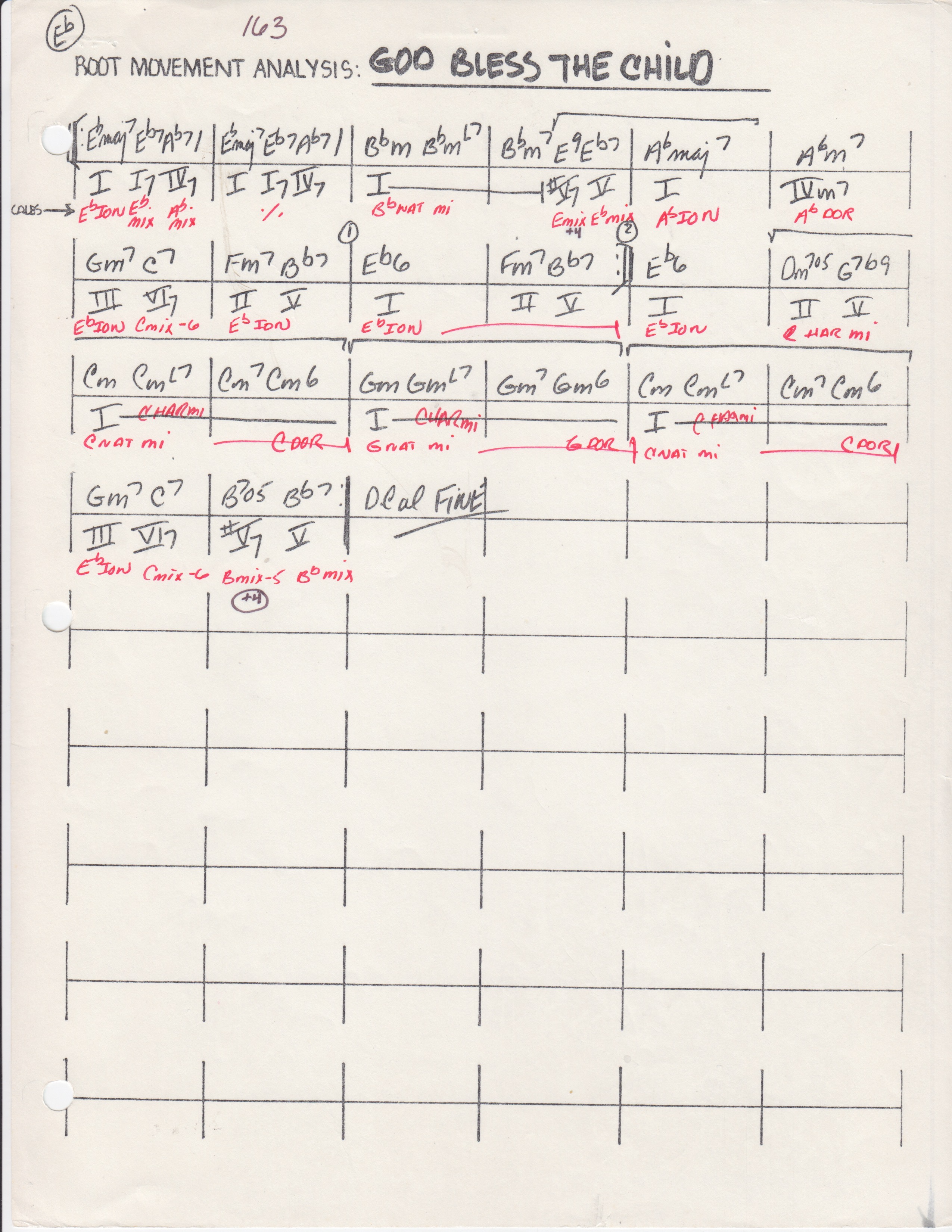

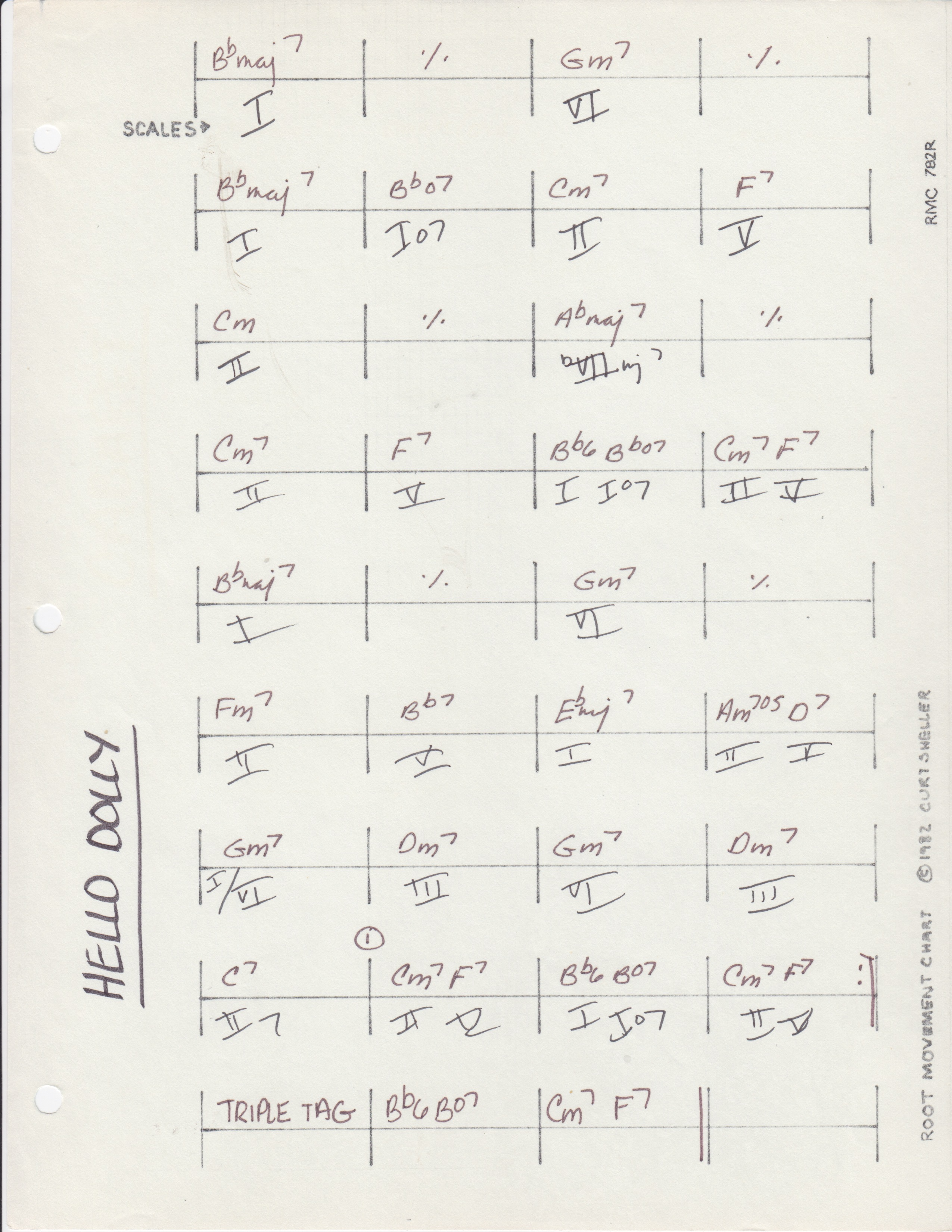
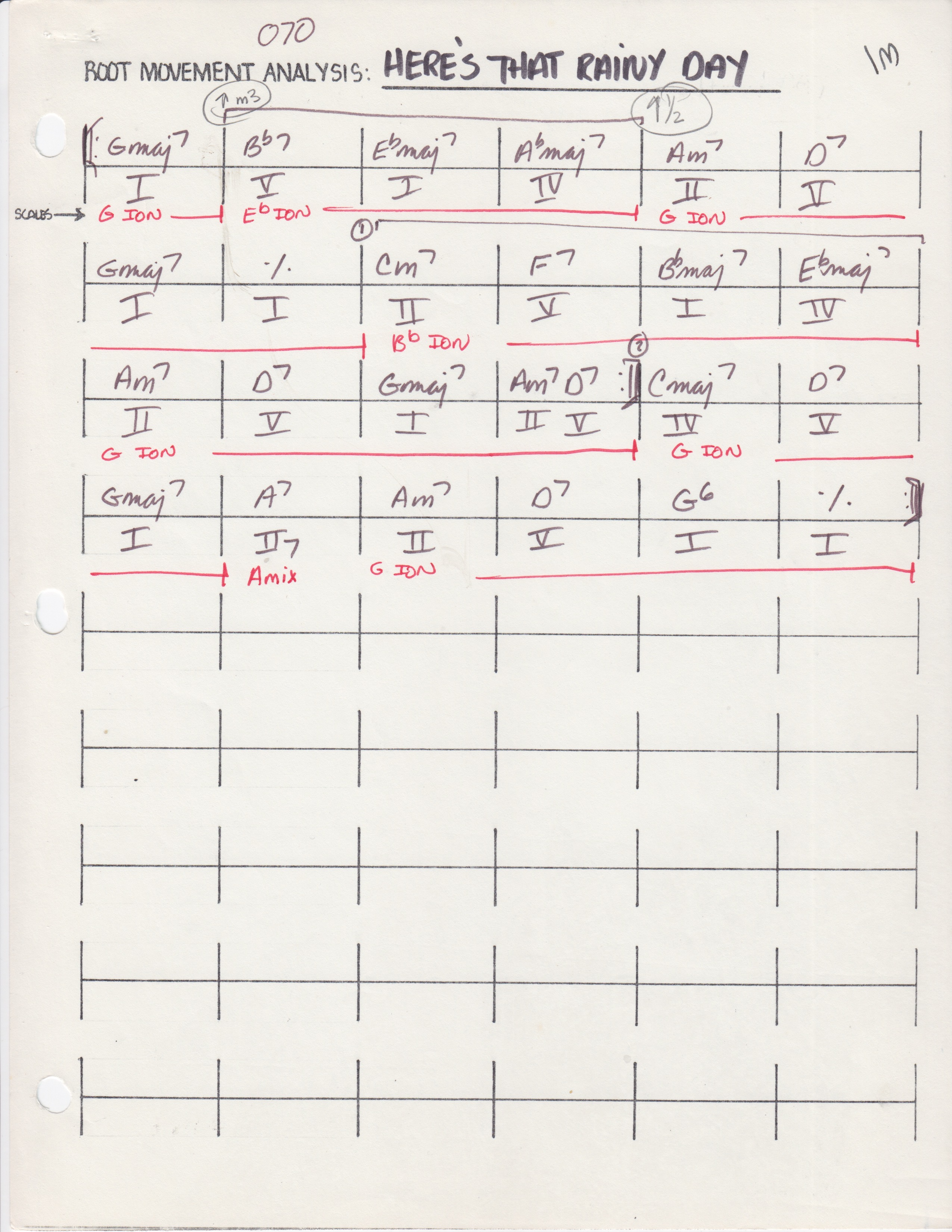
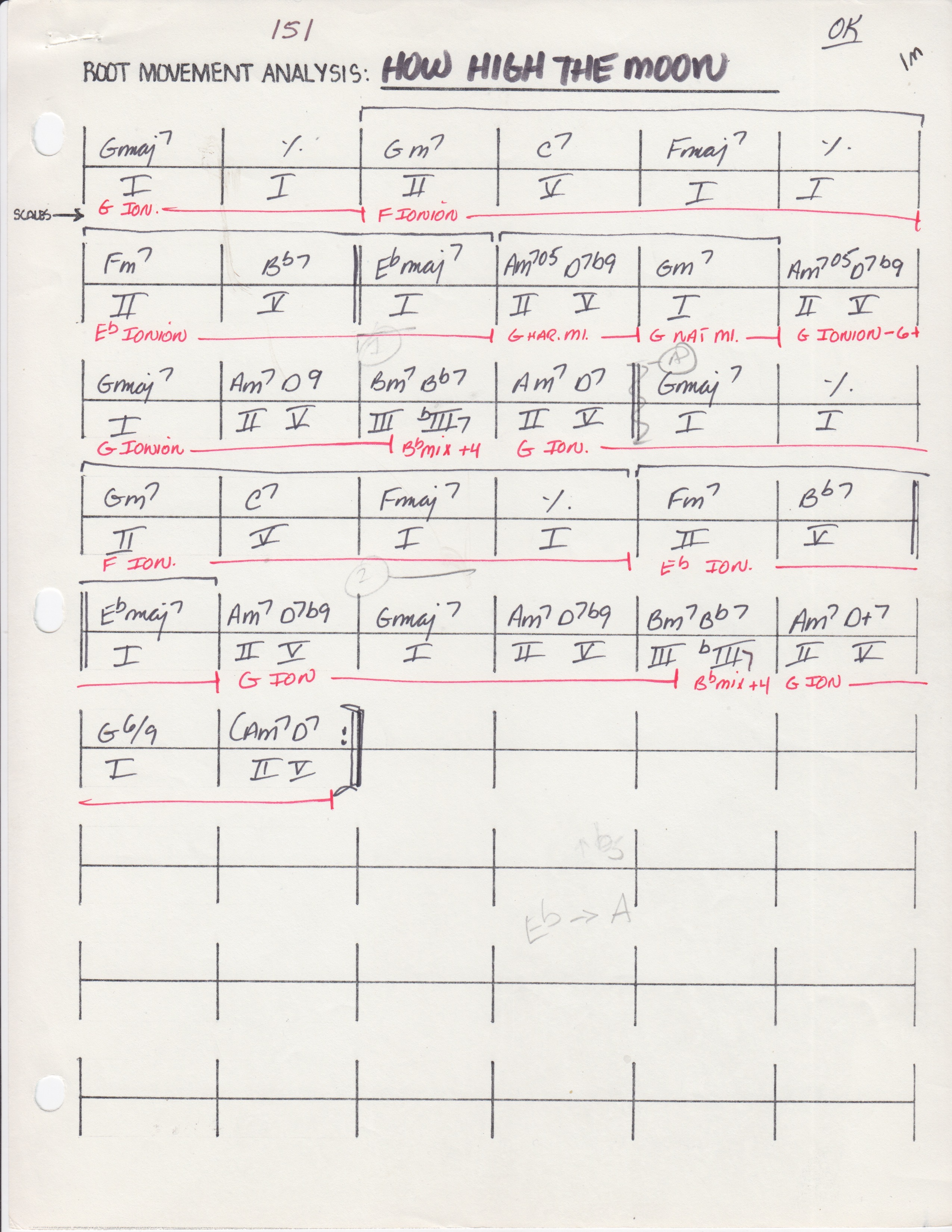
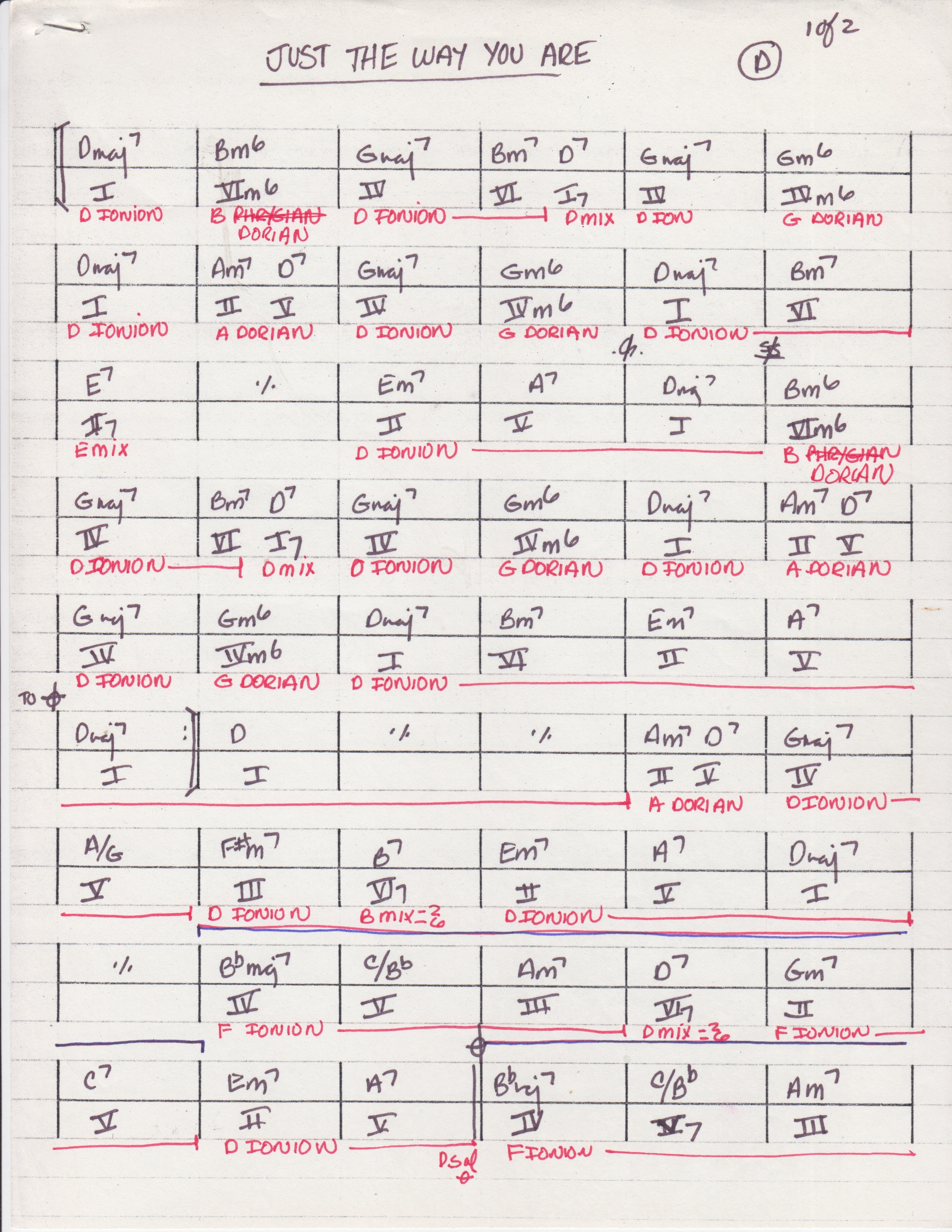
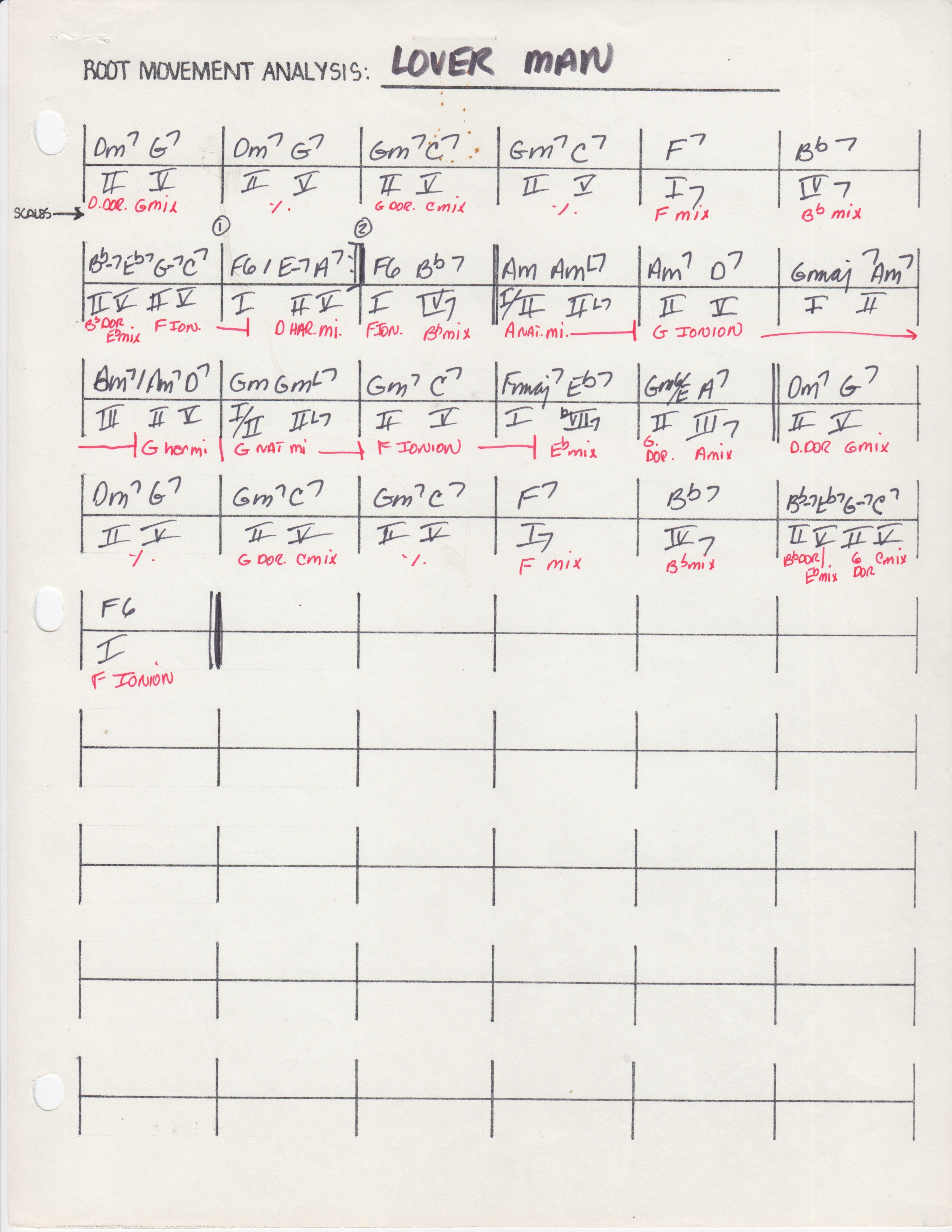
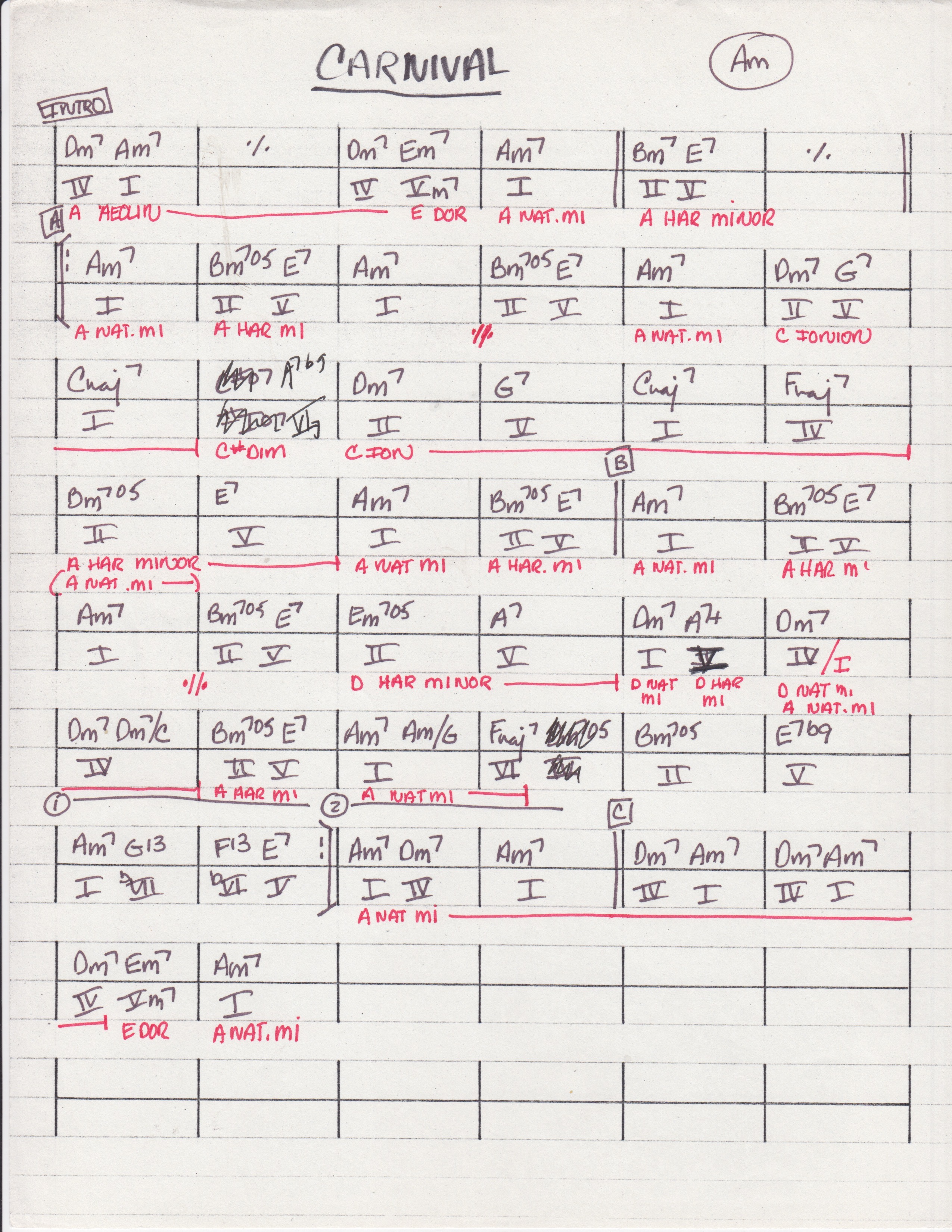
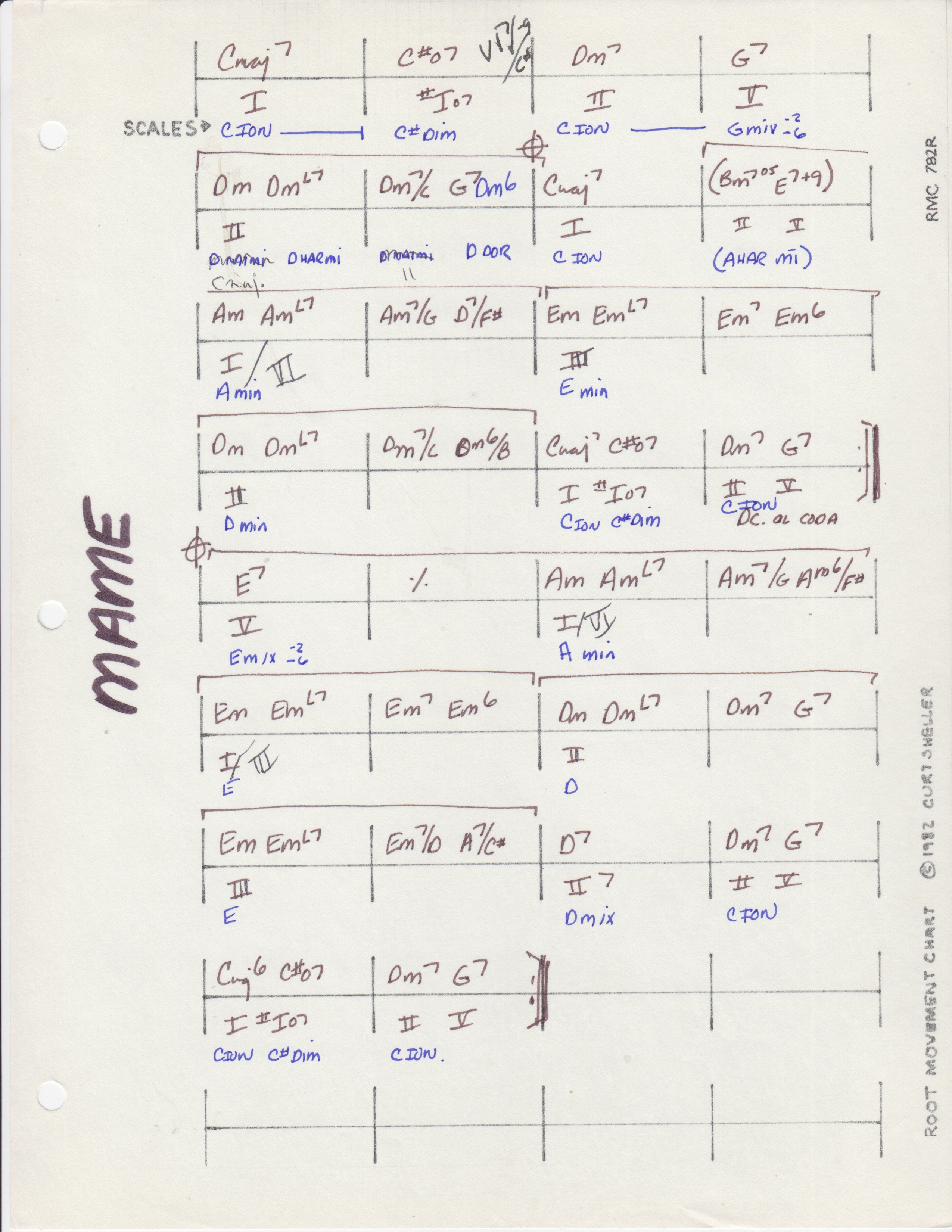

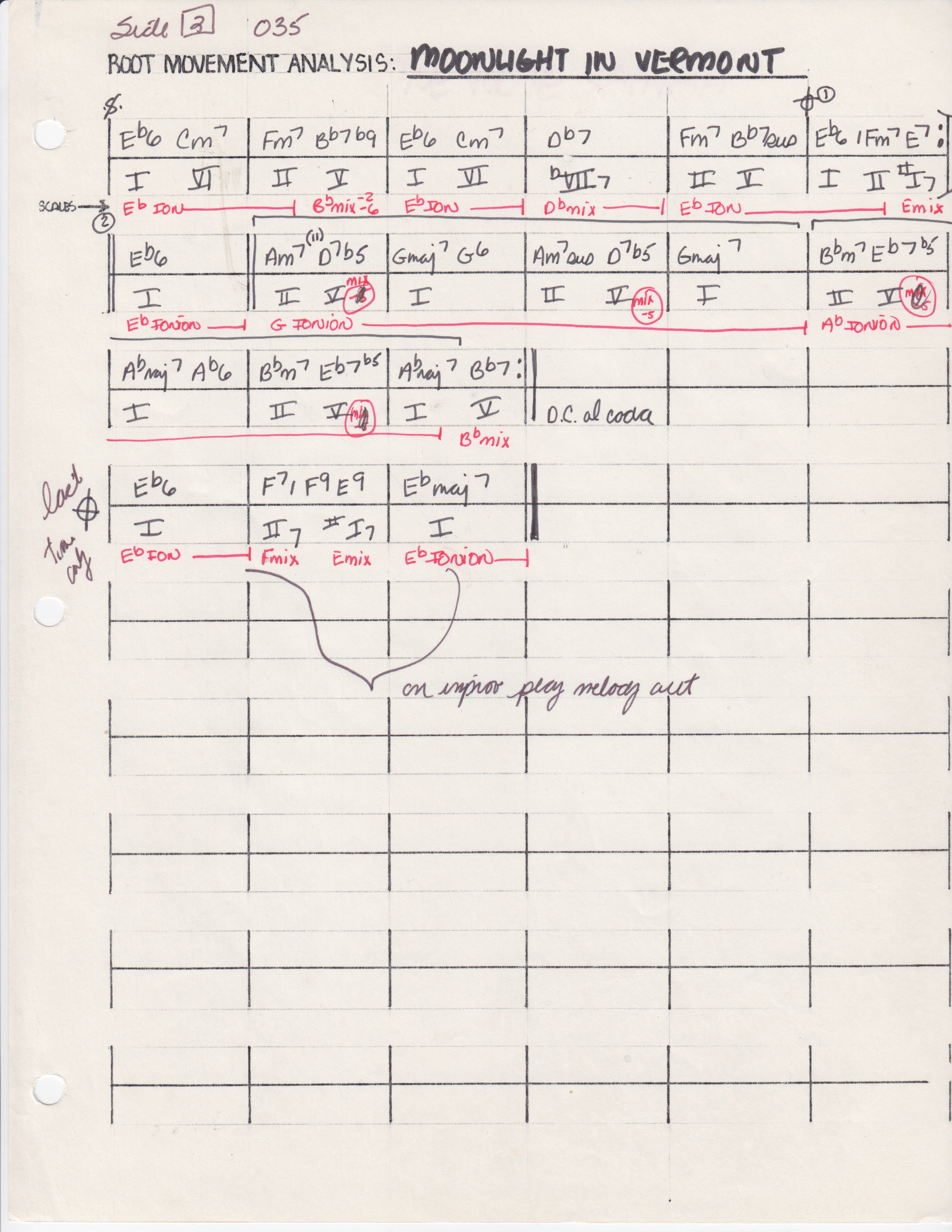
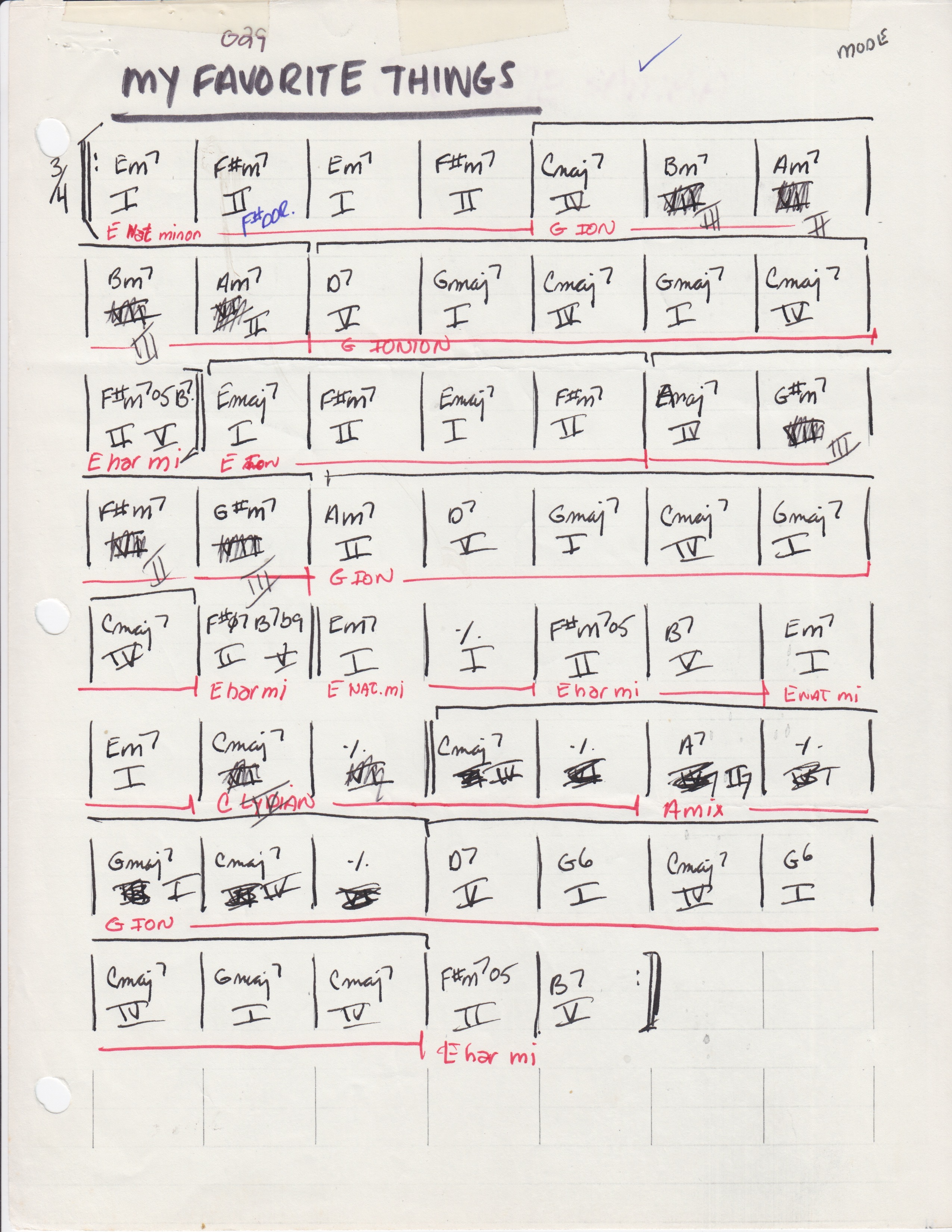
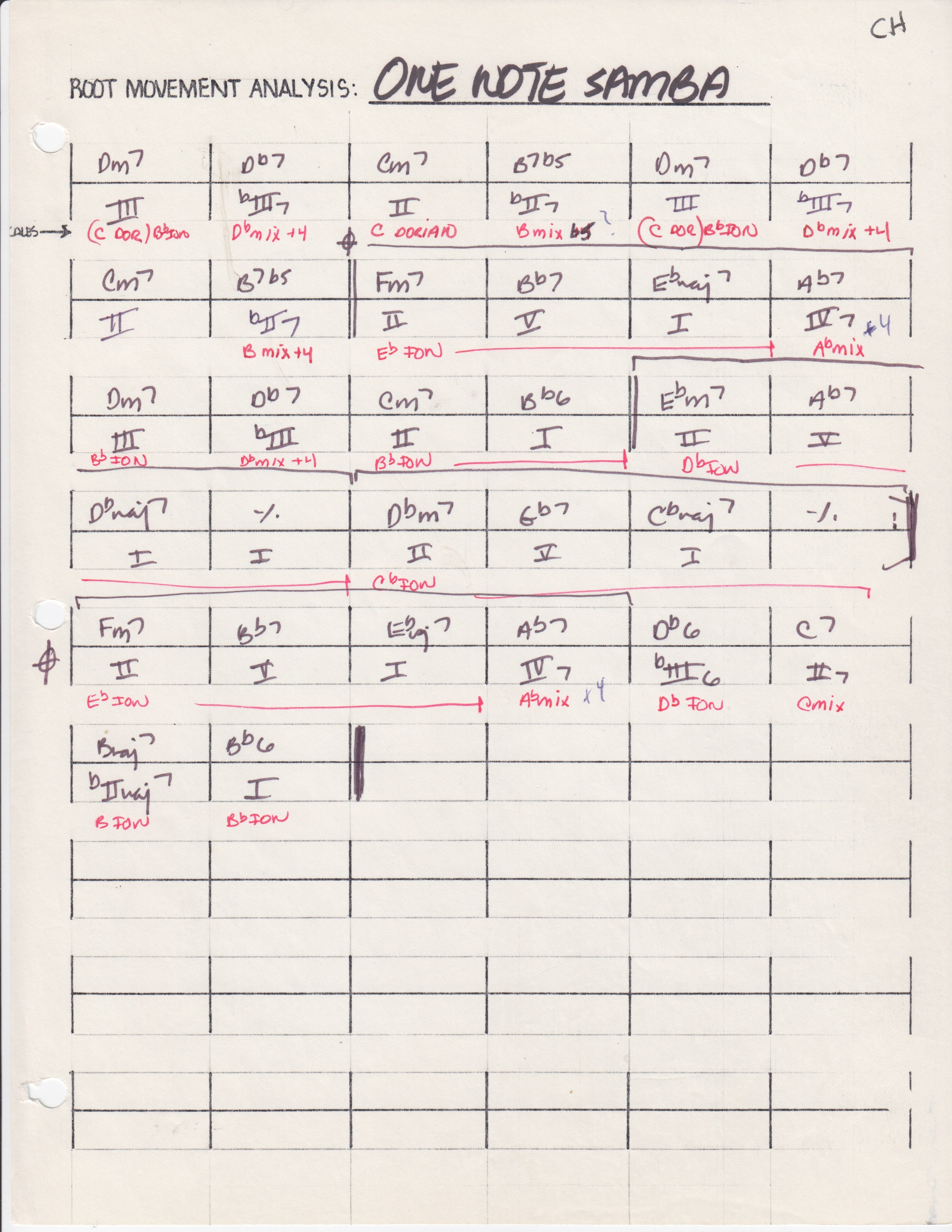
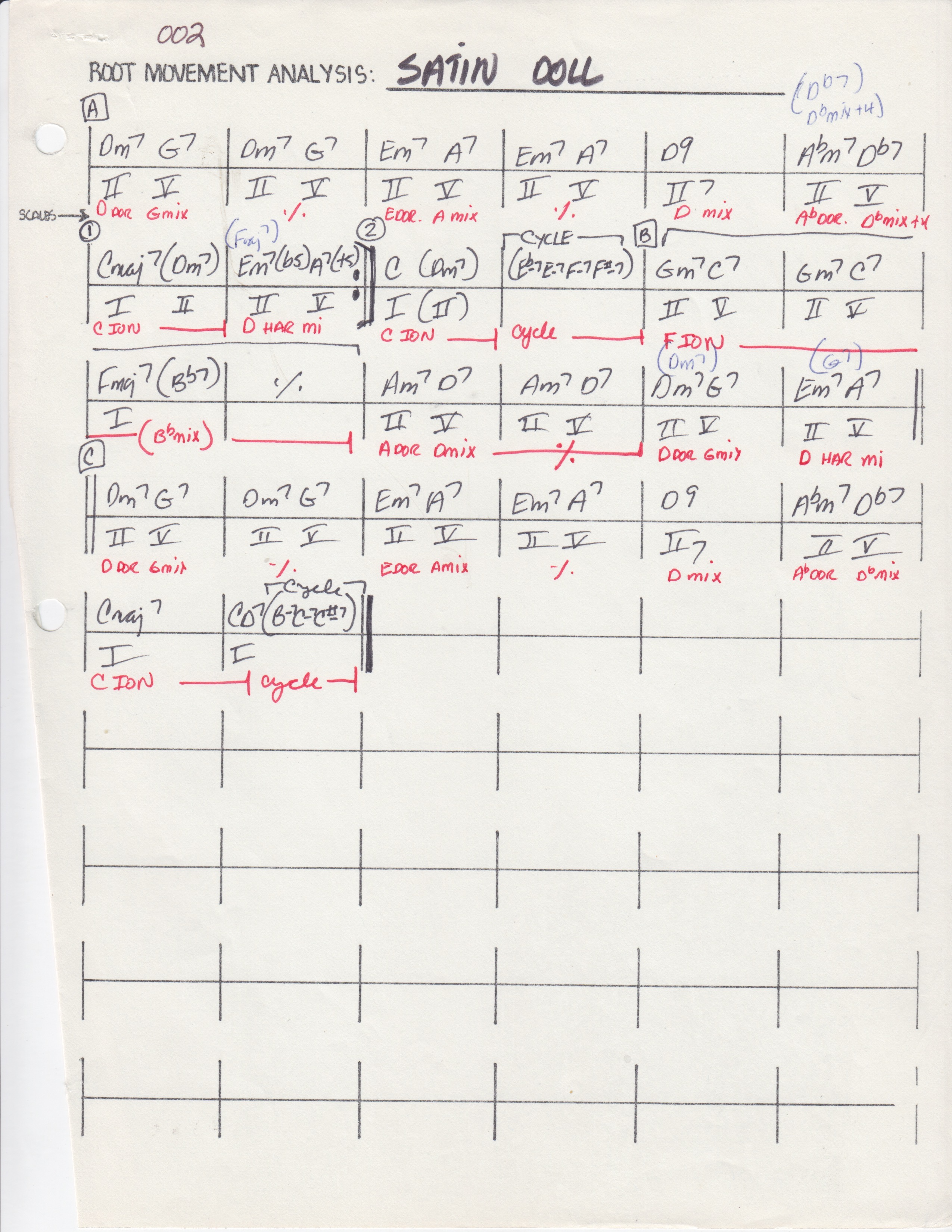
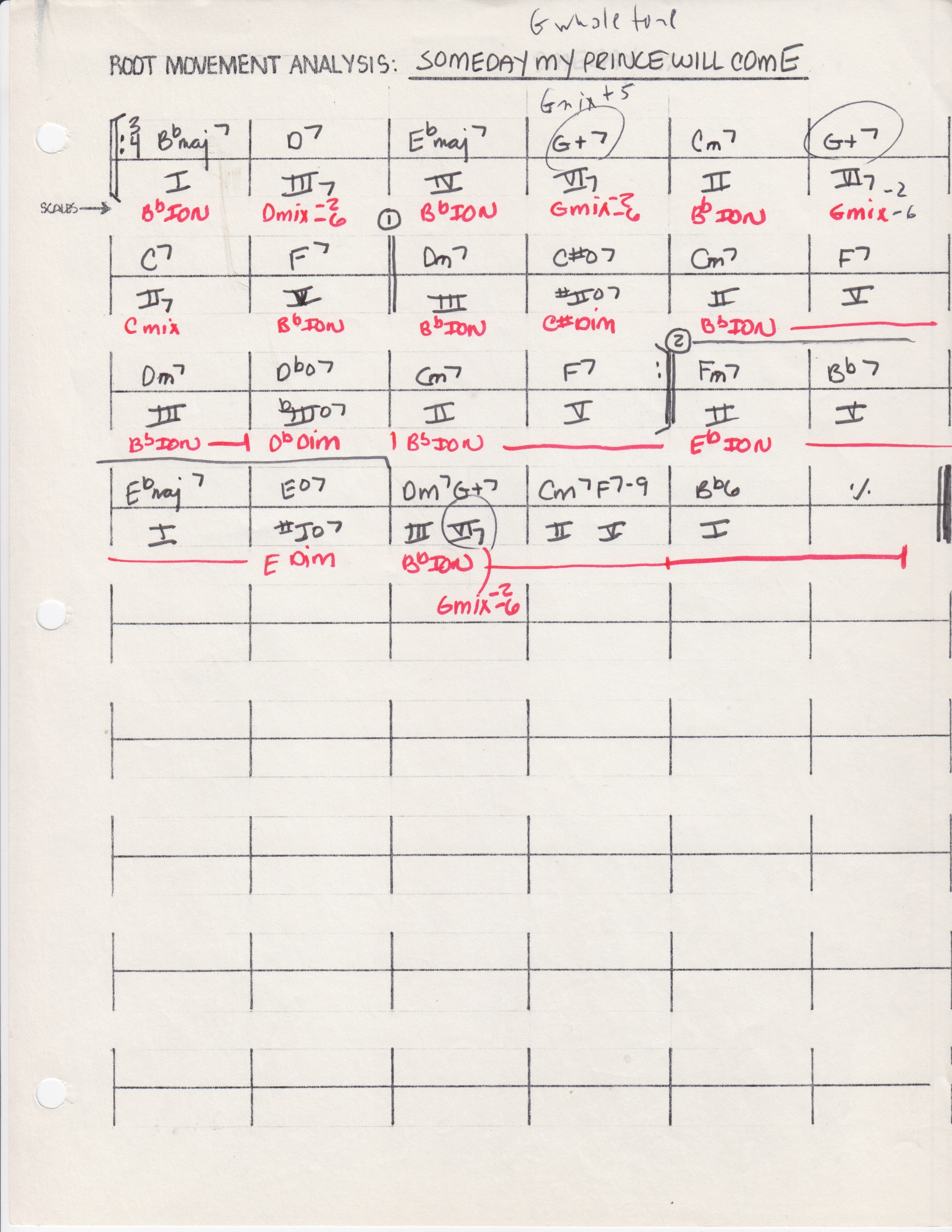
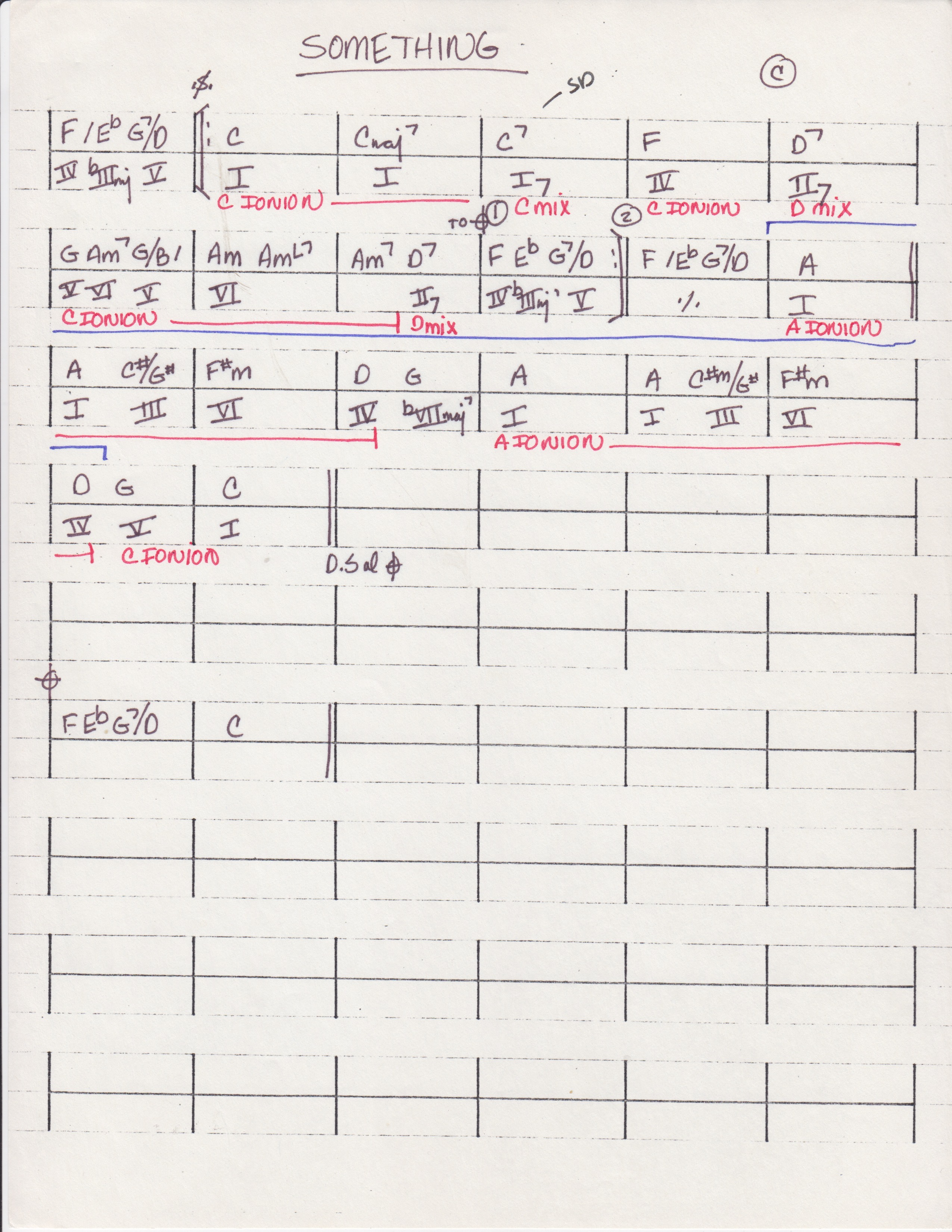
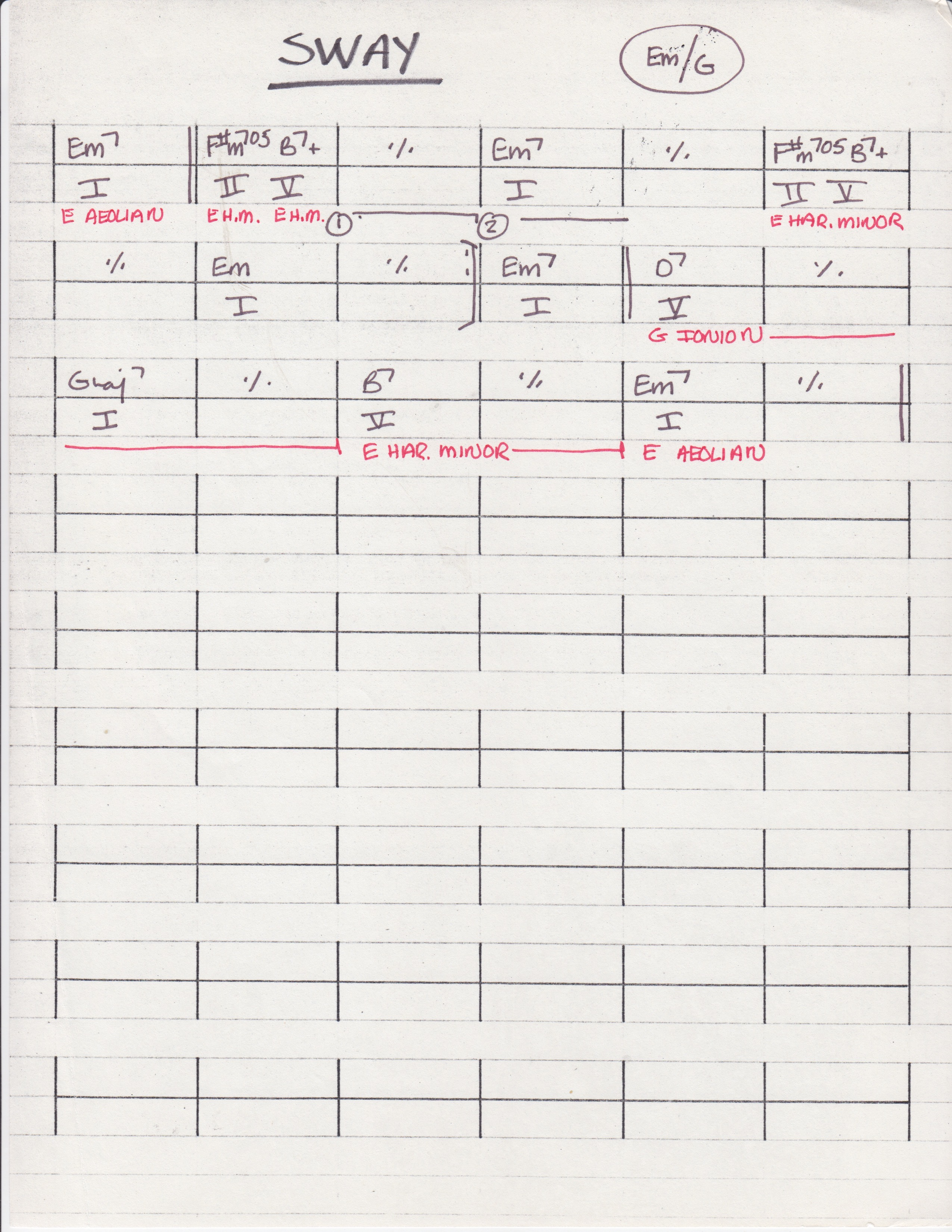
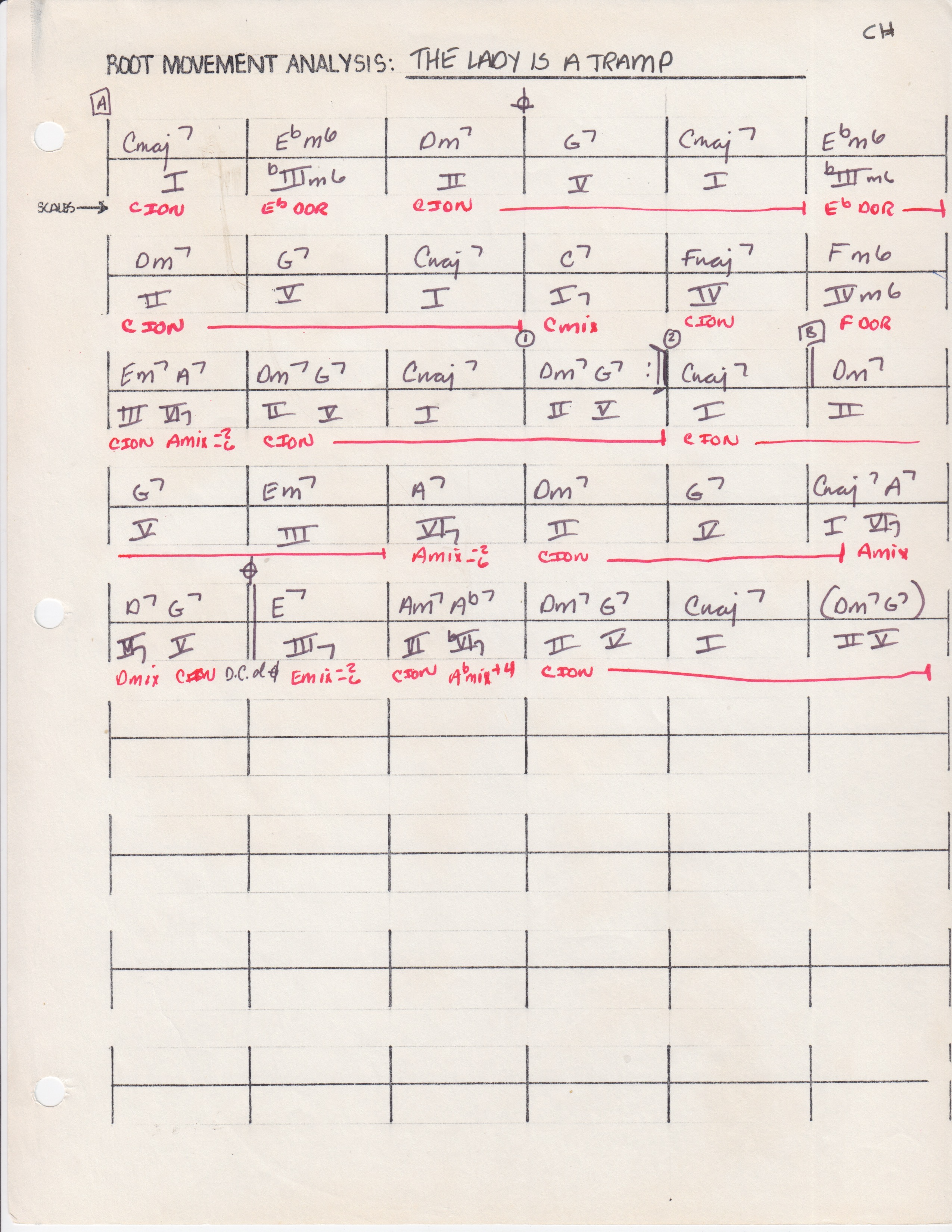
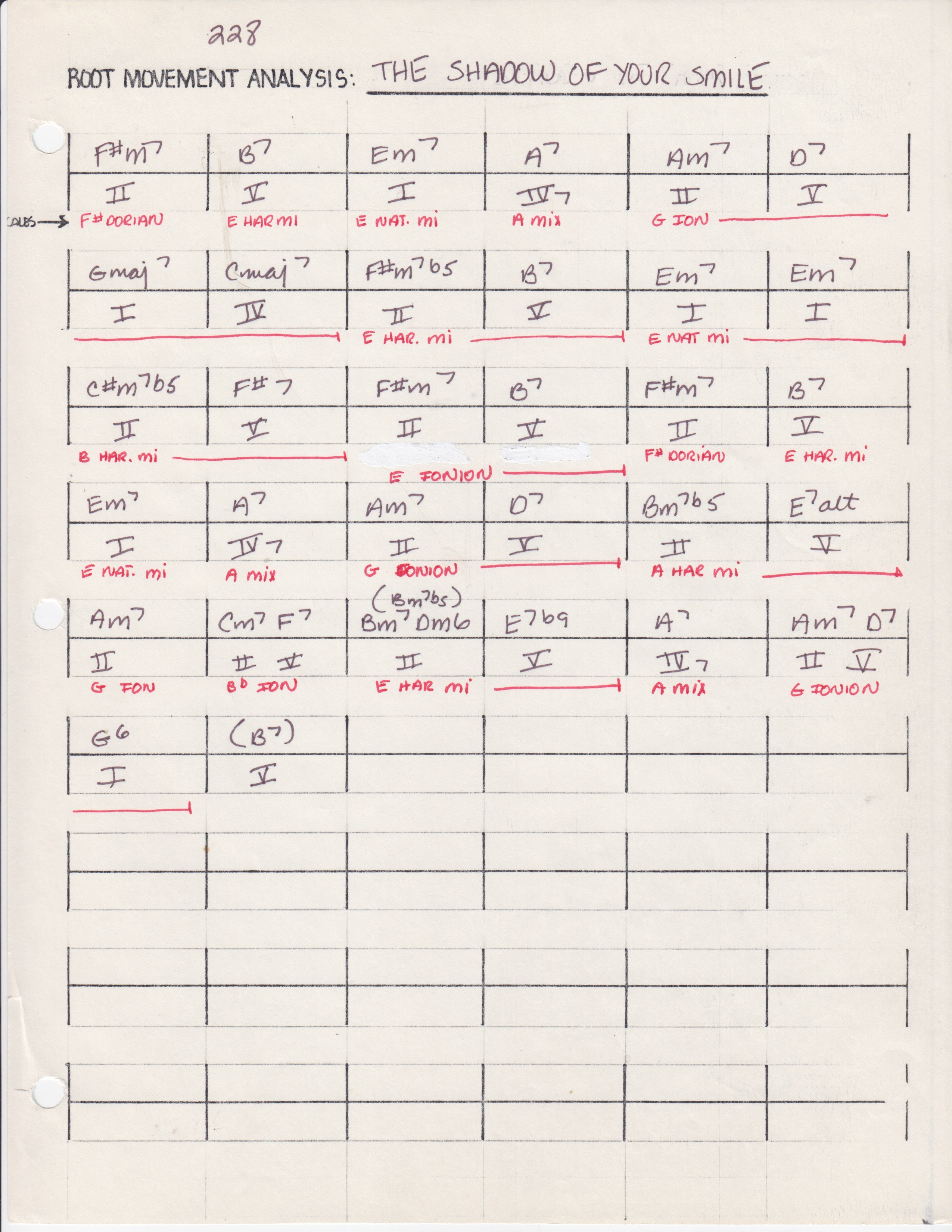
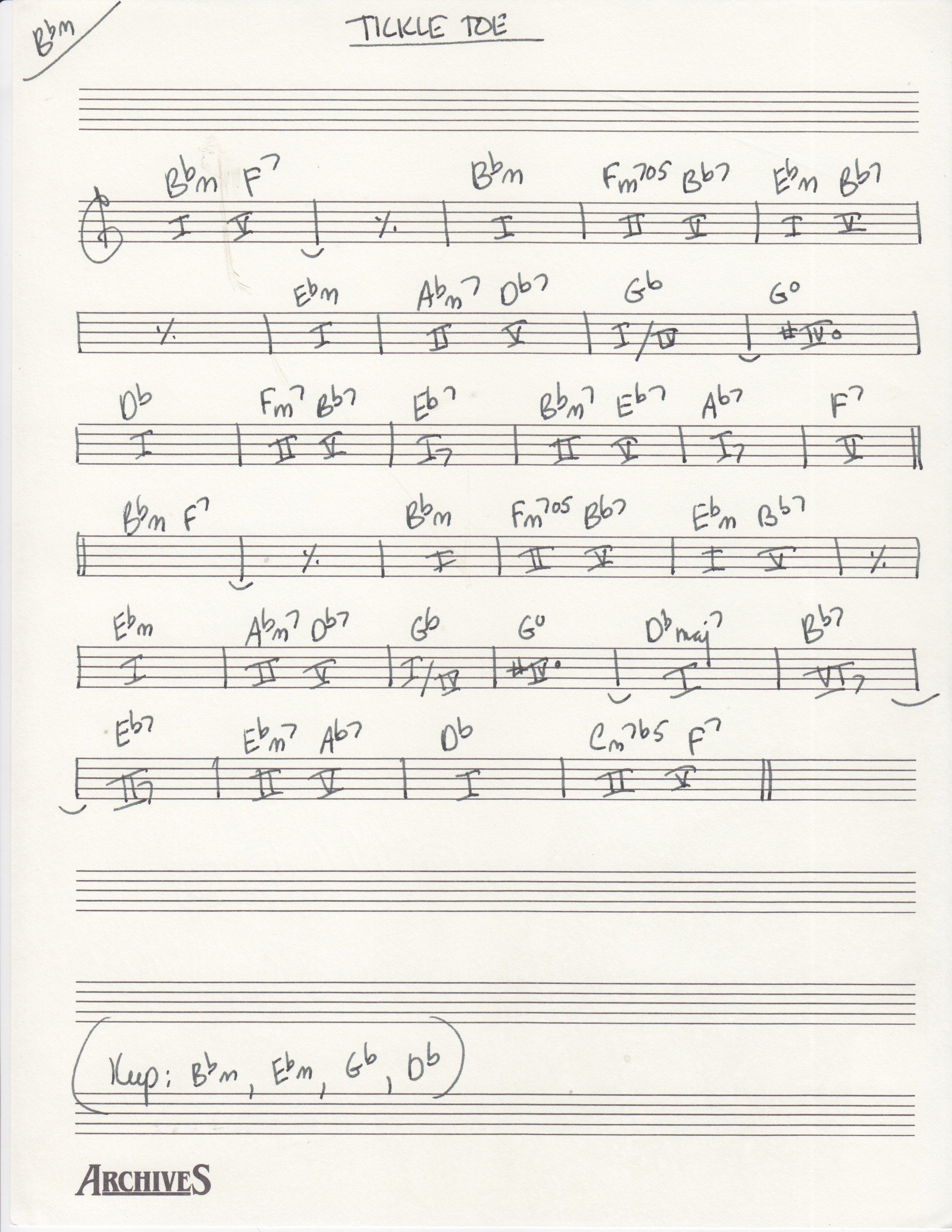
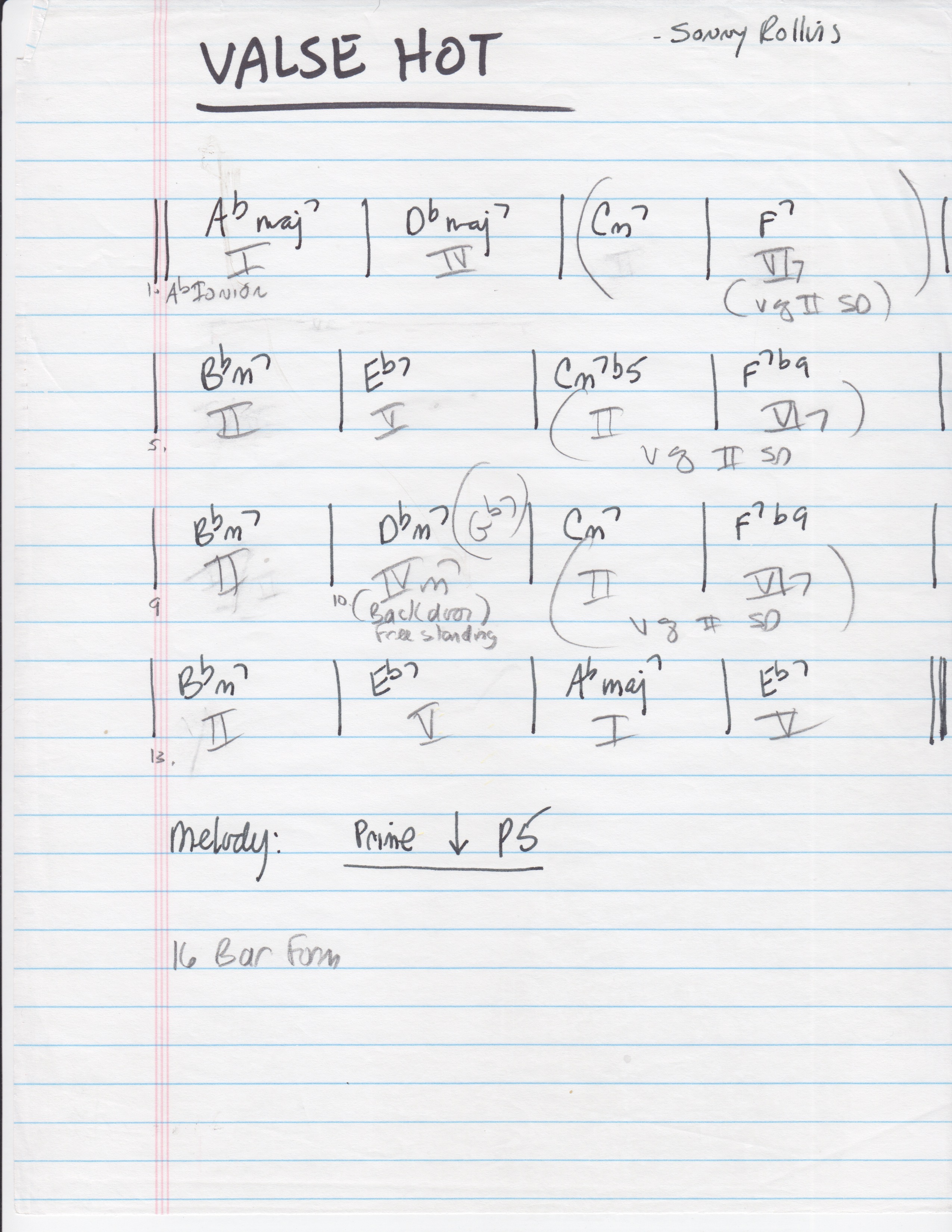
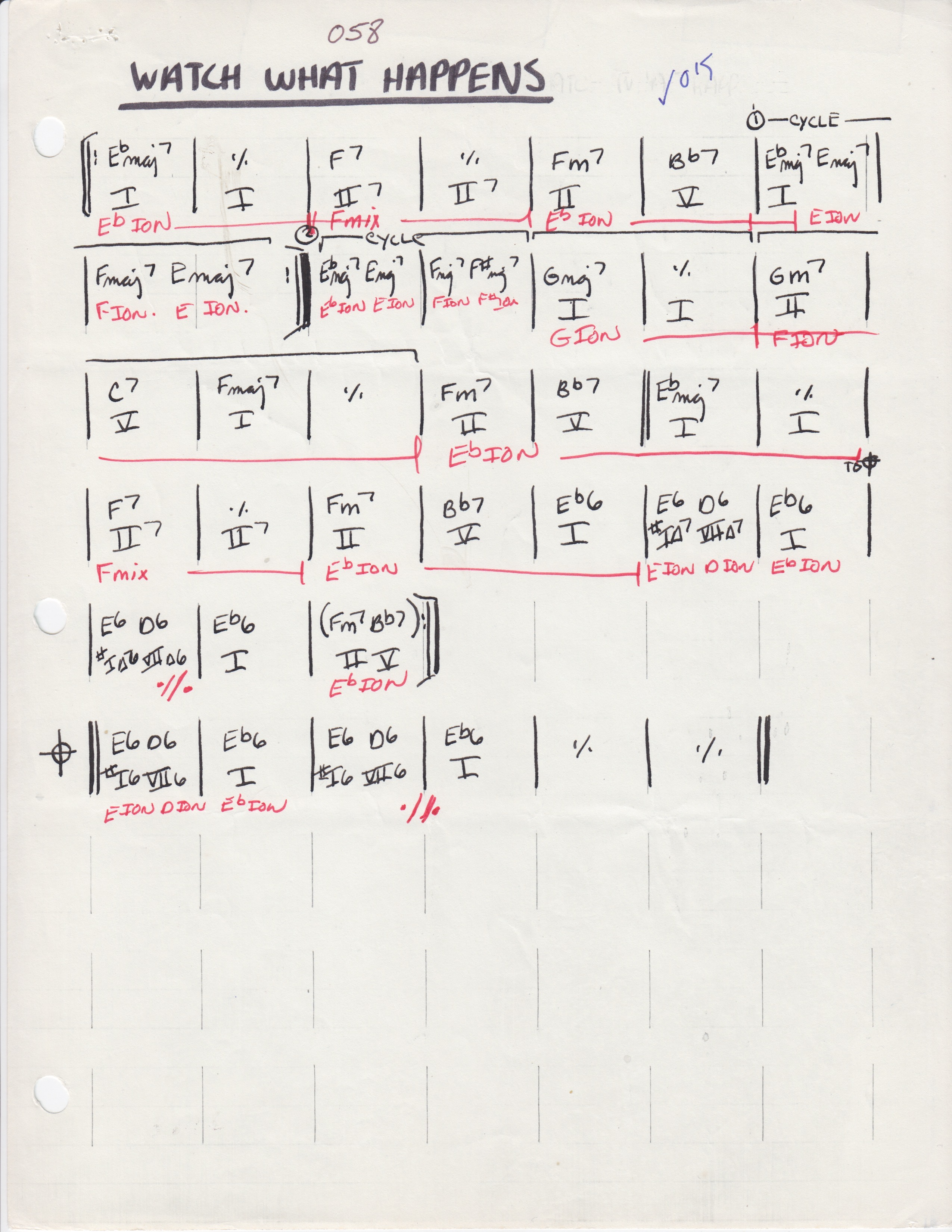
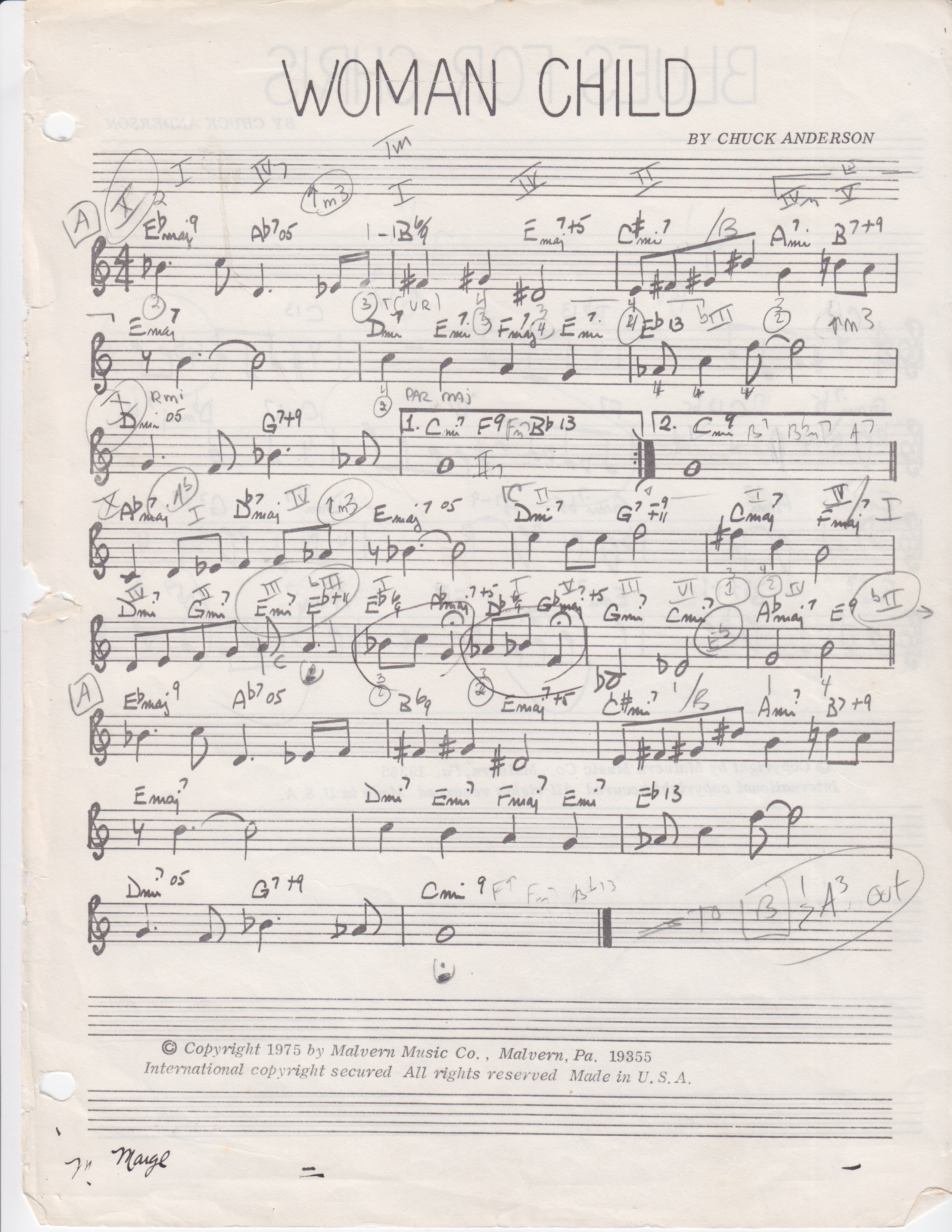
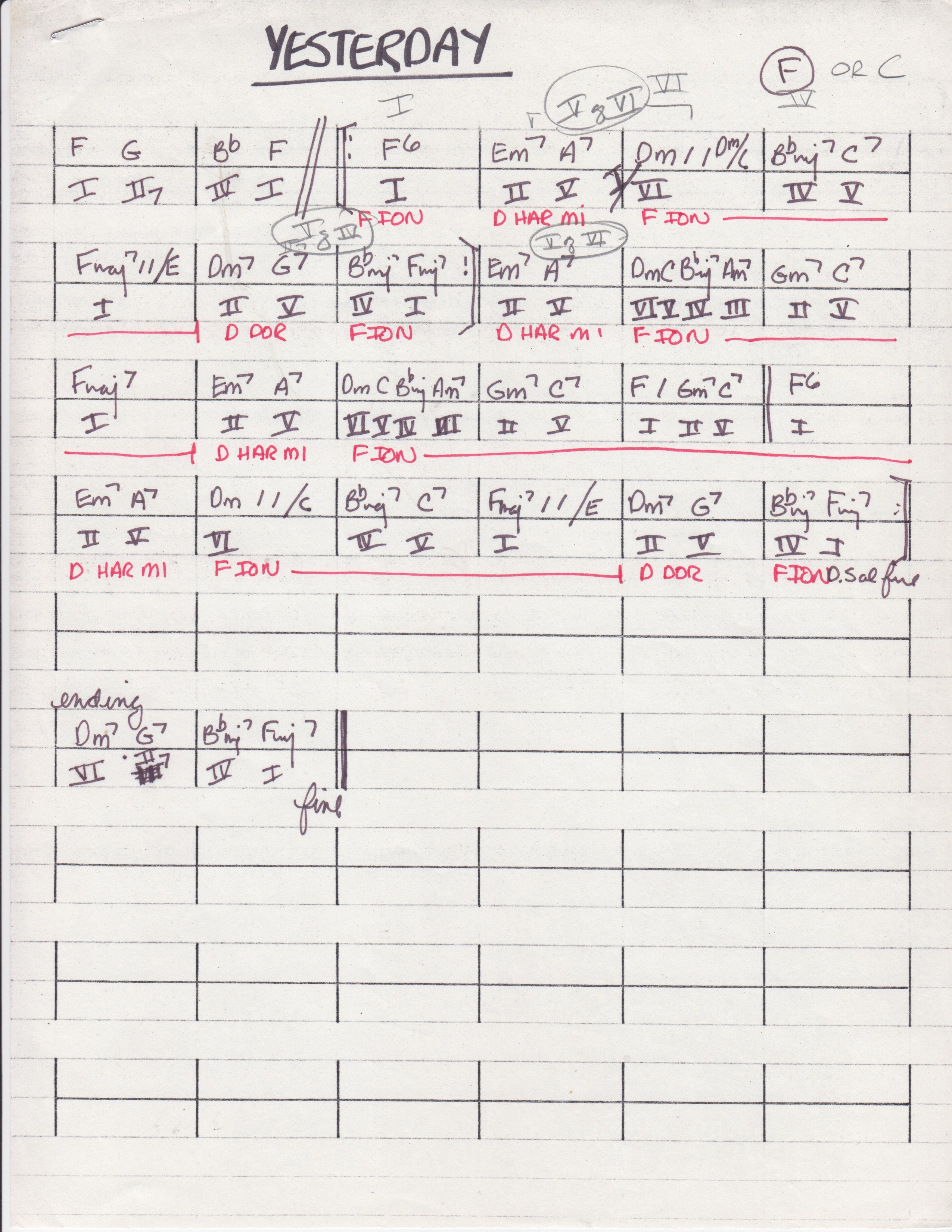
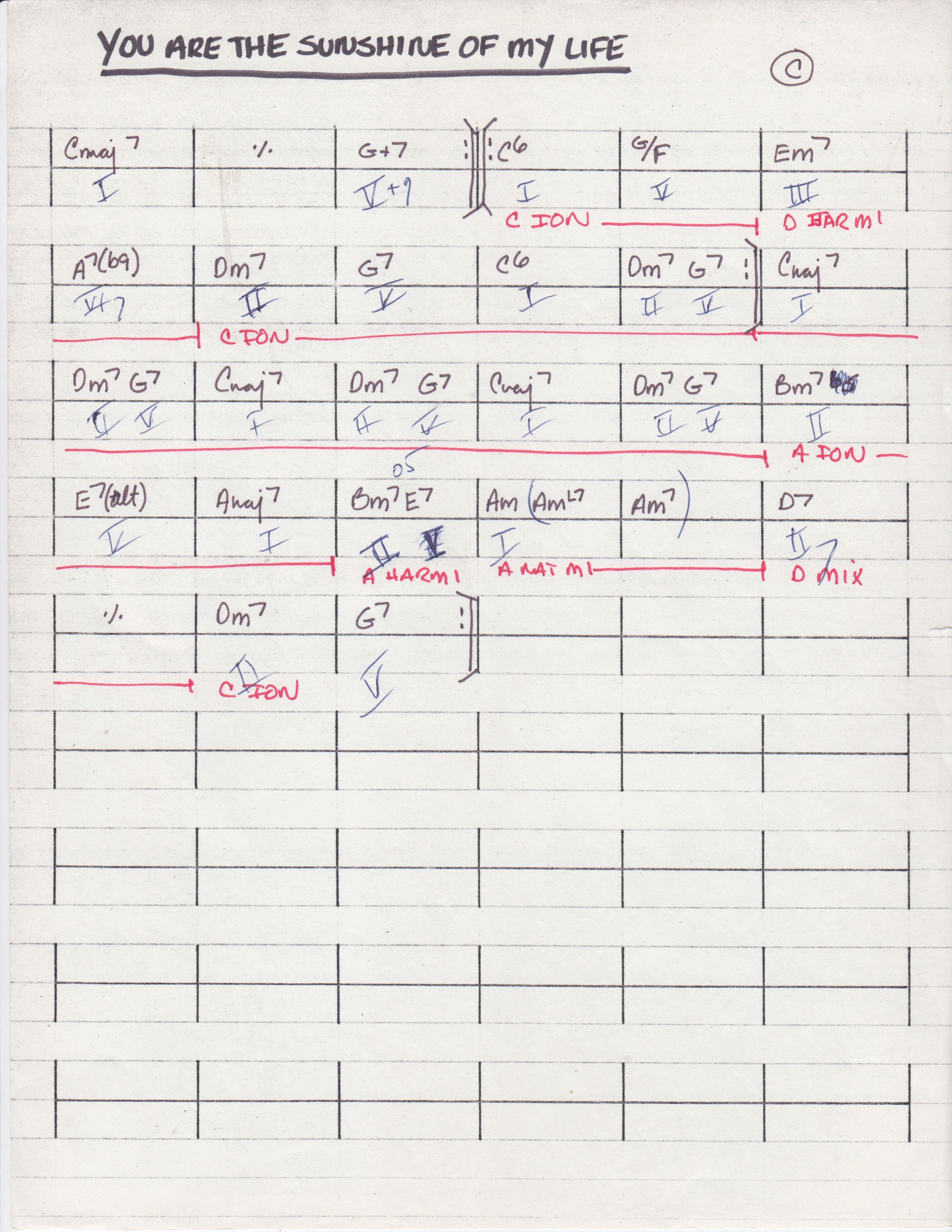



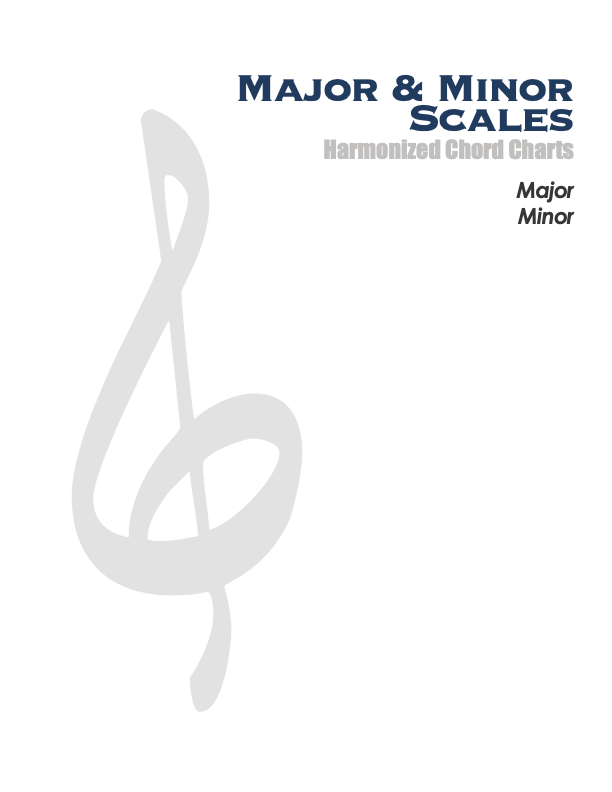


.jpg)